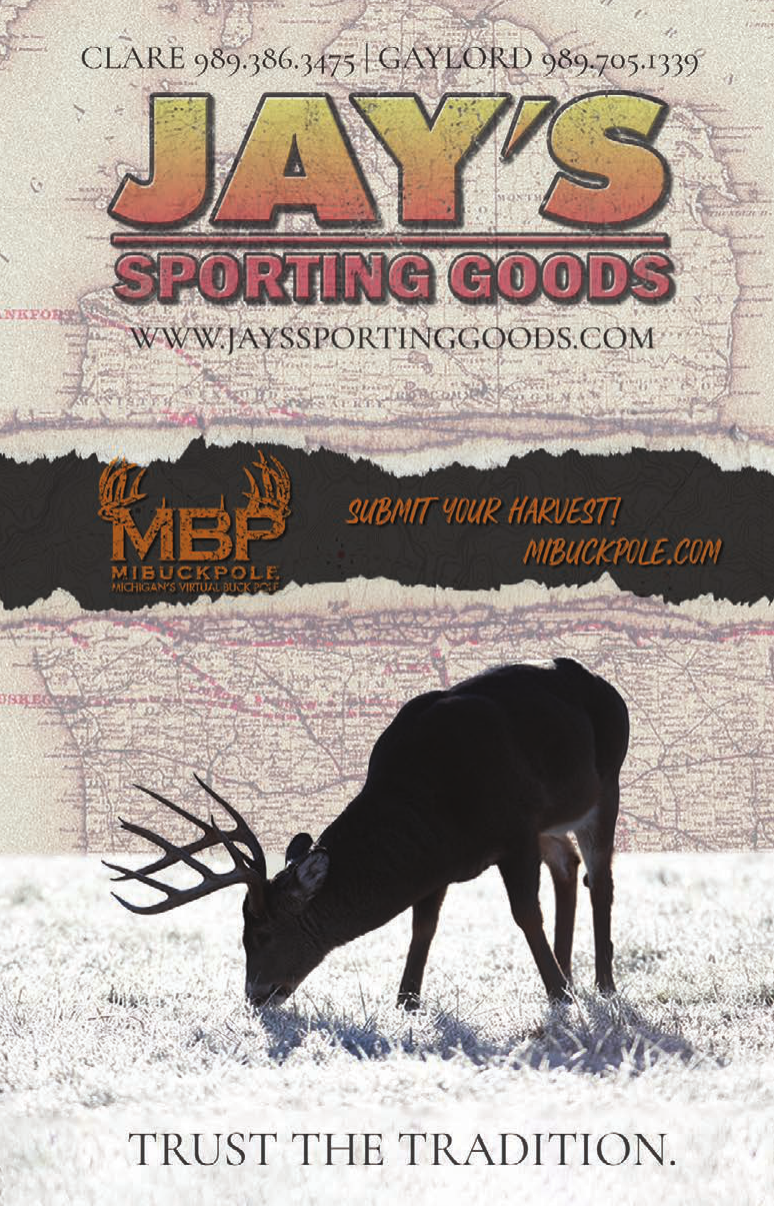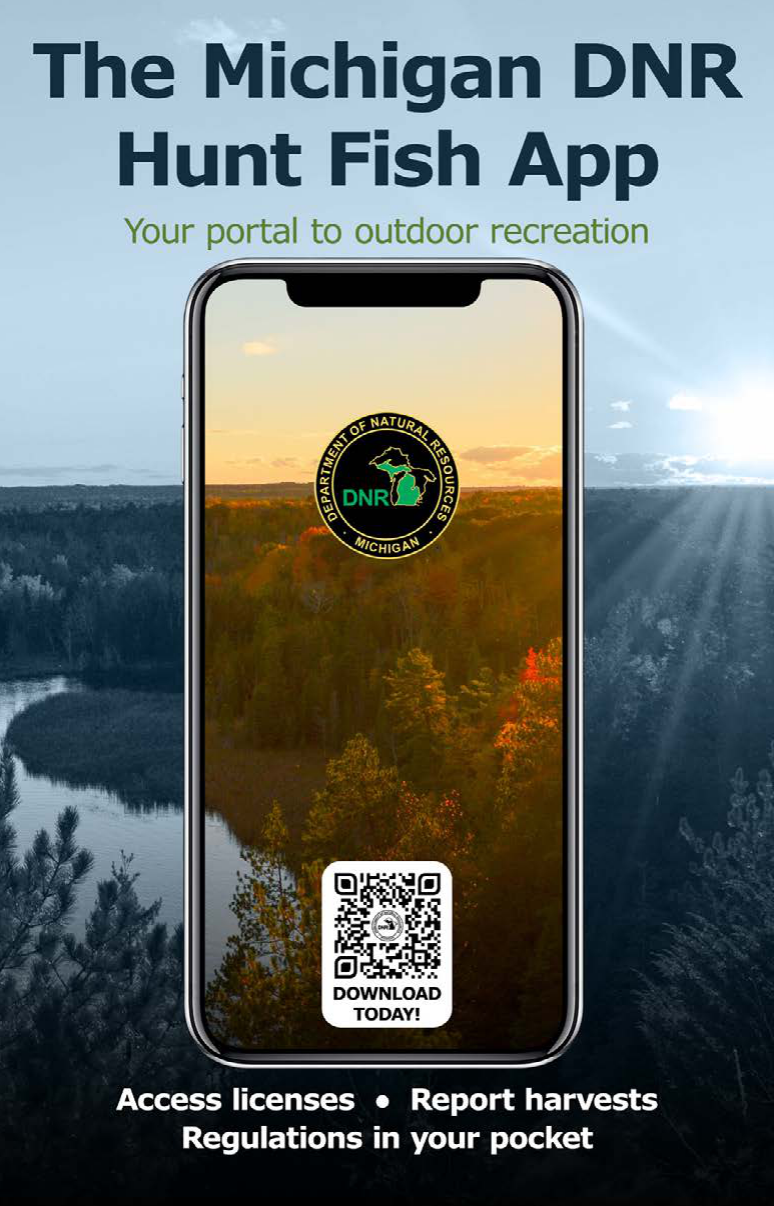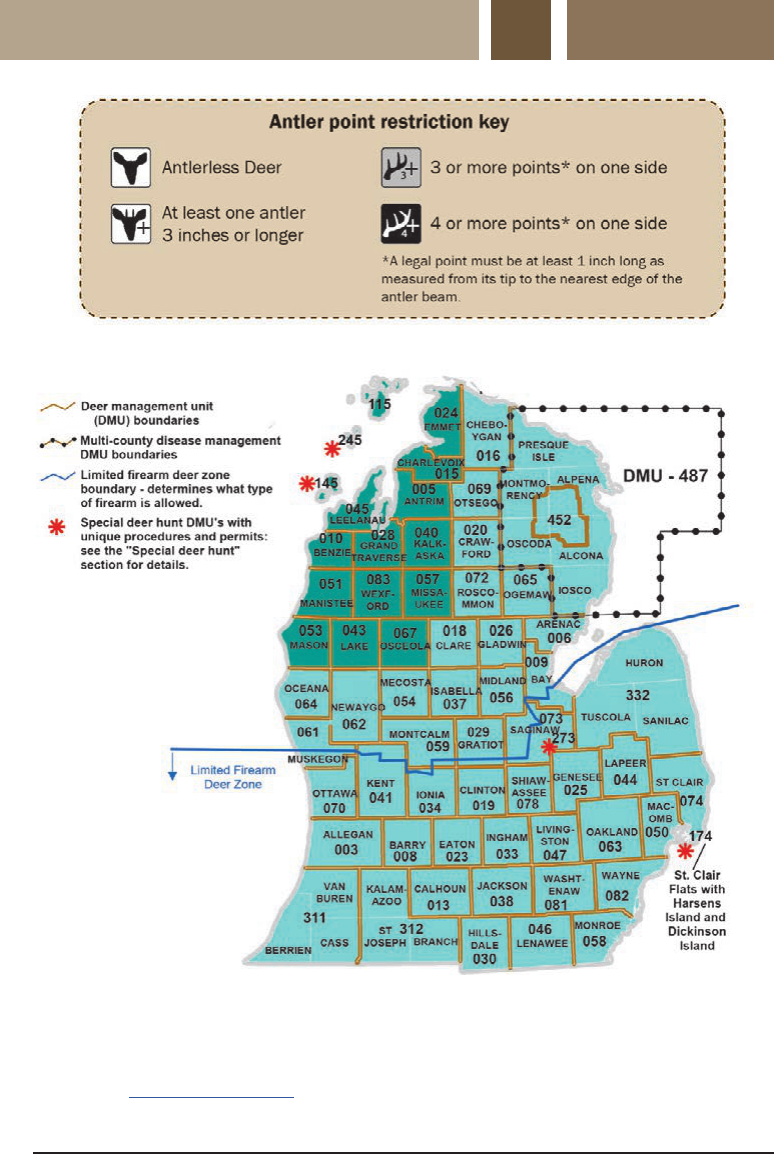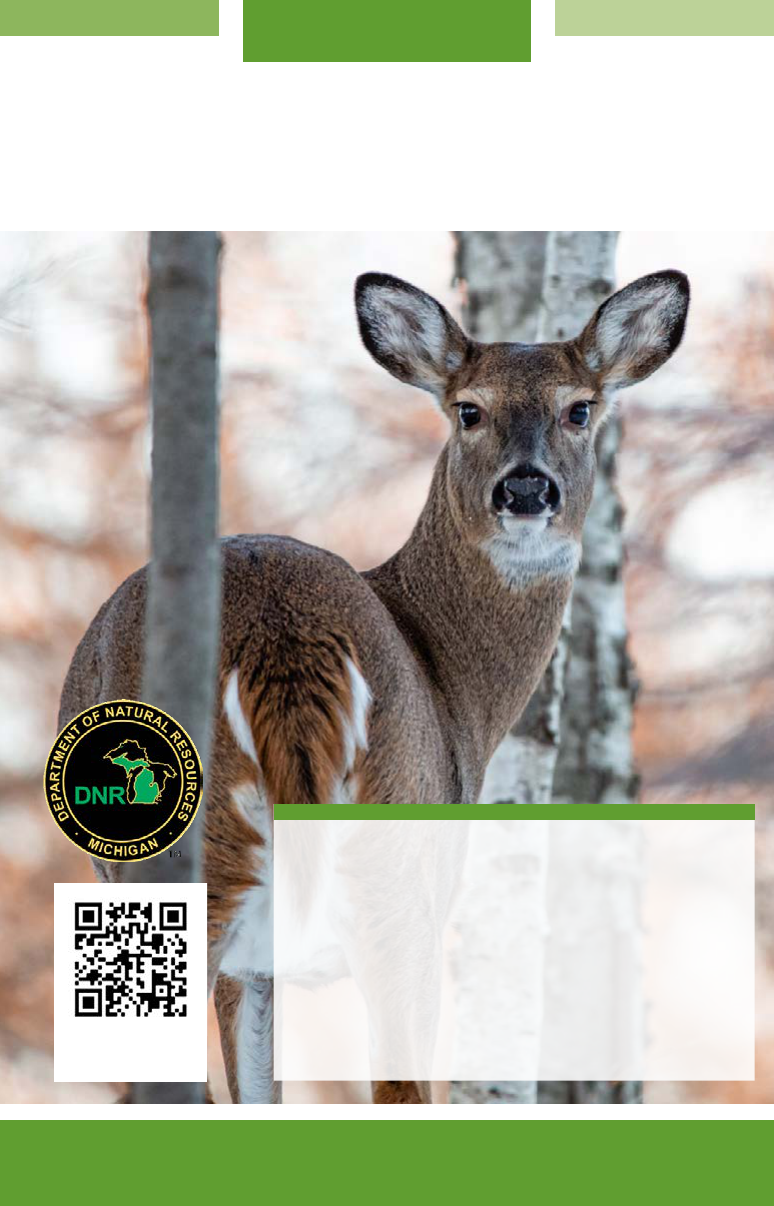
Michigan
Rules apply from Aug. 1, 2023 - July 31, 2024
RAP (Report All Poaching): Call or text 800-292-7800
Important
• Changes to the Liberty Hunt bag limit. See page
37.
• U.P. CWD regulations have been removed.
• Mandatory deer harvest reporting. See page 50
and pages 74-77.
• Changes to deer combo license restricted tag in
the Lower Peninsula. See page 54.
2023
REPORT YOUR
HARVEST ONLINE!
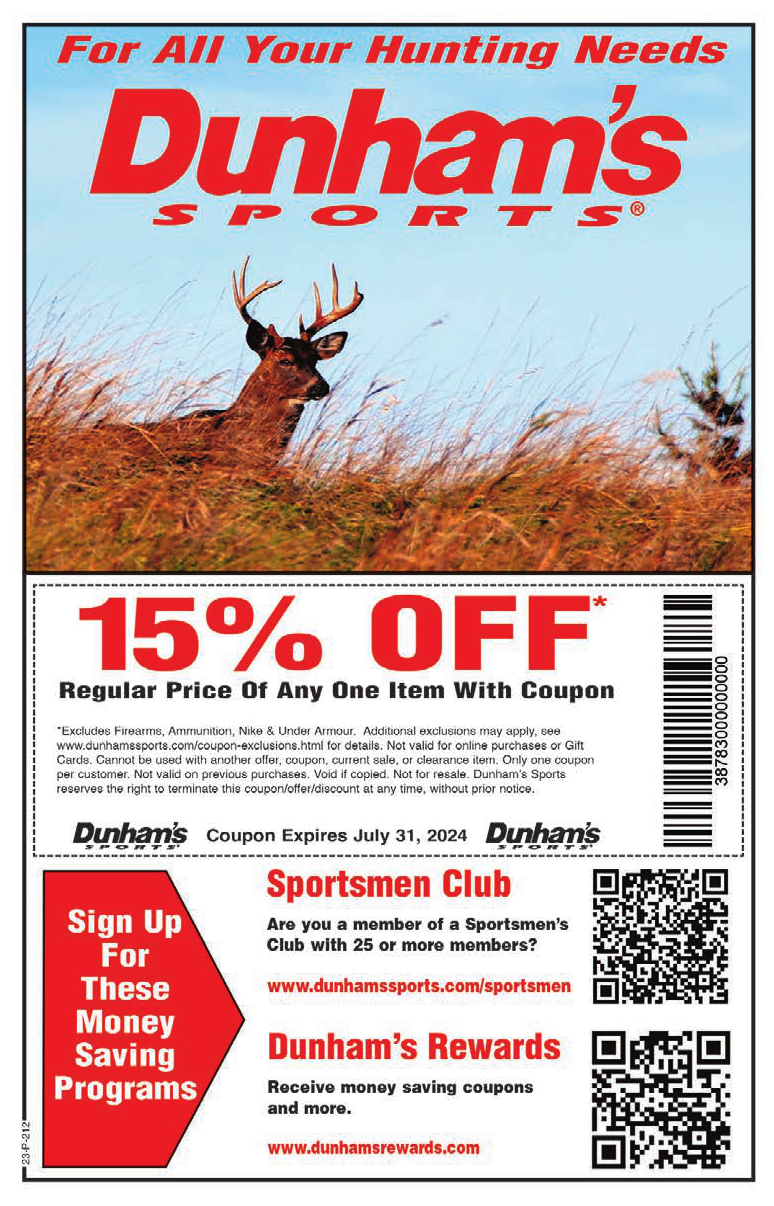

2023 Michigan Hunting Regulations Summary
3
Need information? .........................................................................................5
License types and fees .................................................................................. 6
License types ................................................................................................. 6
To purchase a license .................................................................................... 9
Purchasing a license ..................................................................................... 9
When and where to hunt ............................................................................ 12
Hunting zones ............................................................................................12
Hunting hours .............................................................................................. 13
Safety zones and other restrictions ........................................................... 17
Public lands ................................................................................................ 18
National wildlife refuges and national forest lands .................................. 19
Private lands ...............................................................................................20
Equipment and hunting rules......................................................................24
Equipment regulations ............................................................................... 24
ORVs and snowmobiles ..............................................................................25
Firearms, crossbows and archery equipment ........................................... 26
Tree stands and ground blinds ...................................................................28
Hunting violations ....................................................................................... 31
Tagging, processing, transportation and importation...............................32
Hunting with dogs .......................................................................................34
Youth and hunters with disabilities ........................................................... 36
Youth hunting ..............................................................................................36
Hunters with disabilities .............................................................................39
White-tailed deer hunting .......................................................................... 46
White-tailed deer hunting season dates ....................................................46
Deer licenses ............................................................................................... 47
Deer hunting equipment ............................................................................49
Deer diseases .............................................................................................. 51
Lower Peninsula deer hunting .................................................................... 52
Upper Peninsula deer hunting ...................................................................58
Small game hunting ................................................................................... 64
Season dates and bag limits ...................................................................... 64
Year-round hunting and trapping seasons 2023-2024 ............................ 65
Mitigating damage caused by wildlife........................................................ 65
Small game and upland game birds .......................................................... 66
Small game equipment ..............................................................................70
Additional information................................................................................ 72
Protected wildlife and live animal restrictions ..........................................72
Wildlife diseases .........................................................................................73
Deer Harvest Reporting frequently asked questions ................................74
Stay on top of the latest news from the Michigan DNR!
Visit us at Michigan.gov/DNRemail to sign up for email updates!

2023 Michigan Hunting Regulations Summary
The Michigan Department of Natural Resources is committed to
the conservation, protection, management, use and enjoyment
of the state’s natural and cultural resources for current and future
generations.
The Michigan Natural Resources Commission is a seven-member
public body whose members are appointed by the governor and
subject to the advice and consent of the Senate. The NRC has
exclusive authority to regulate the taking of game and sportsh.
The commission conducts monthly, public meetings in locations
throughout Michigan. Citizens are encouraged to become actively
involved in these public forums. For more information visit
Michigan.gov/NRC.
NOTICE: This brochure is not a legal notice or a complete collection
of hunting regulations and laws. It is a condensed digest issued
for hunters’ convenience. Copies of Wildlife Conservation
Orders, which contain complete listings of regulations and legal
descriptions, are available on our website: Michigan.gov/DNRLaws.
4
The State of Michigan allows appropriate advertising in its annual hunting regulations
summary to reduce the cost of printing. Many states have adopted a similar
strategy. Promotional advertising does not constitute endorsement by the Michigan
Department of Natural Resources.

2023 Michigan Hunting Regulations Summary
Baraga CSC
427 U.S. 41 N.
Baraga, MI 49908
906-353-6651
Bay City CSC
3580 State Park Drive
Bay City, MI 48706
989-684-9141
Cadillac CSC
8015 Mackinaw Trail
Cadillac, MI 49601
231-775-9727
Crystal Falls Field Ofce
1420 W. U.S. 2
Crystal Falls, MI 49920
906-875-6622
Detroit Metro CSC
1801 Atwater St.
Detroit, MI 48207
313-396-6890
Escanaba CSC
6833 U.S. 2, U.S. 41 and
M-35
Gladstone, MI 49837
906-786-2351
Gaylord CSC
1732 W. M-32
Gaylord, MI 49735
989-732-3541
Lansing CSC
4166 Legacy Parkway
Lansing, MI 48911
517-284-4720
Marquette CSC
1990 U.S. 41 S.
Marquette, MI 49855
906-228-6561
Naubinway Field Ofce
P.O. Box 287
W11569 U.S. 2 E.
Naubinway, MI 49762
906-477-6048
Newberry CSC
5100 M-123
Newberry, MI 49868
906-293-5131
Norway Field Ofce
520 W. U.S. 2
Norway, MI 49870
906-563-9247
Plainwell CSC
621 N. 10th St.
Plainwell, MI 49080
269-685-6851
Roscommon CSC
I-75 and M-18 South,
8717 N. Roscommon Road
Roscommon, MI 48653
989-275-5151
Sault Ste. Marie CSC
4131 S. M-129
Sault Ste. Marie, MI 49783
906-635-5281
Traverse City CSC
2122 S. M-37
Traverse City, MI 49685
231-922-5280
Contact a DNR ofce listed below or visit us online.
Customer service centers (CSC) hours of operation can be found at Michigan.gov/DNR.
Find us on Facebook at Facebook.com/MichiganDNR
Follow us on Twitter at Twitter.com/MDNR_Wildlife
Direct DNR website URLs:
Hunter education: Michigan.gov/HunterEducation
DNR regulations summaries: Michigan.gov/DNRRegs
Wildlife diseases: Michigan.gov/WildlifeDisease
Hunting: Michigan.gov/Hunting
Trapping/fur harvesting: Michigan.gov/Trapping
Invasive species: Michigan.gov/InvasiveSpecies
Mi-HUNT: Michigan.gov/MiHunt
Pure Michigan Hunt: Michigan.gov/PureMichiganHunt
Shooting ranges: Michigan.gov/ShootingRanges
Michigan Department of Natural Resources
Wildlife Division
525 W. Allegan St.
P.O. Box 30444
Lansing, MI 48933
517-284 -WILD (9453)
Contact hours: 8 a.m. to 5 p.m.
5
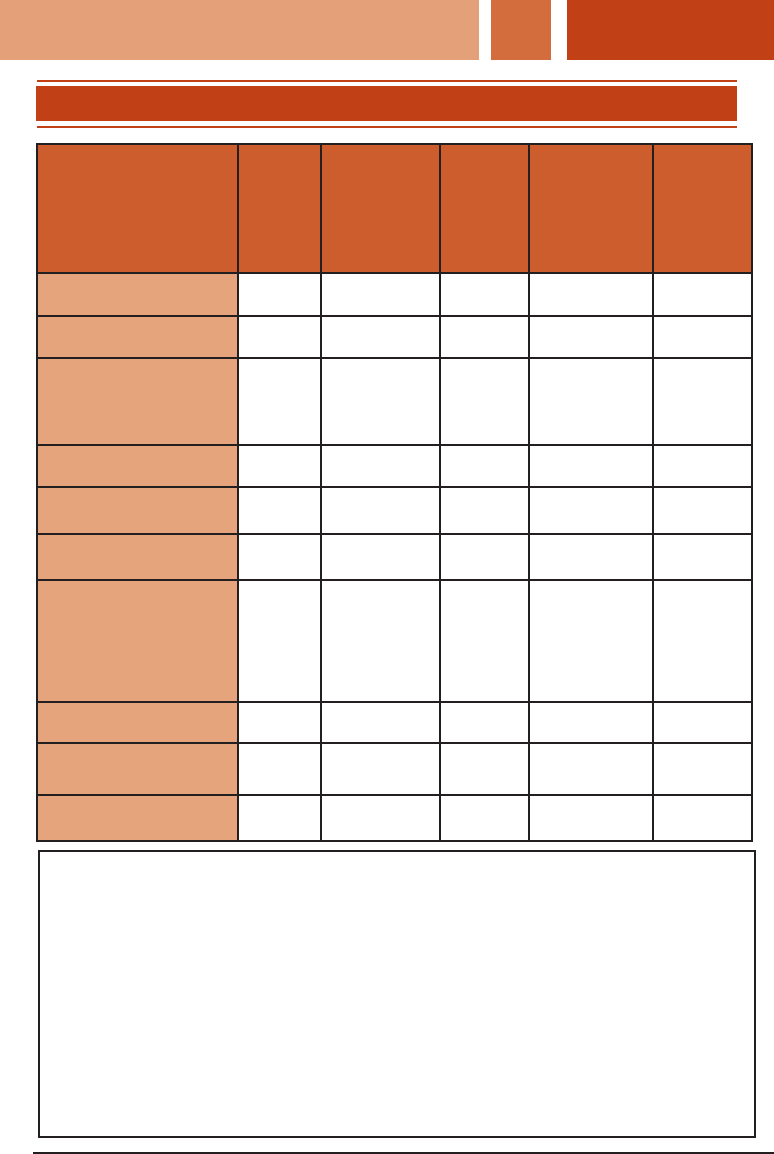
6
2023 Michigan Hunting Regulations Summary
LICENSE TYPES AND FEES
License by age Age:
Up to 9
Junior
1
age:
10-16
Resident
age:
17-64
Nonresident
2
age: 17+
Resident
senior
age: 65+
DNR Sportcard $1 $1 $1 $1 $1
Mentored youth license $7.50 NA NA NA NA
Base license*
3
(valid as
small game license; see
page 66). Valid through
March 31, 2024.
NA $6 $11 $151 $5
Pheasant hunting license
4
NA NA $25 $25 $25
Small game 3-day
nonresident license
NA NA NA $50 NA
Small game 7-day
nonresident license
NA NA NA $80 NA
Hunt/sh combo license*
(includes: base license,
deer combo and all-
species sh license)
NA NA $76 $266 $43
Deer license (one kill tag) NA $20 $20 $20 $8
Deer combo license (two
kill tags)
NA $40 $40 $190 $28
Universal antlerless deer
license**
$20 $20 $20 $20 $20
*One dollar from each of these licenses will be used to educate the public on the
benets of hunting, shing and trapping in Michigan and the impact of these activities
on the conservation, preservation and management of the state’s natural resources.
**Antlerless deer licenses are discounted in DMU 487.
1. For complete information on youth hunting, see pages 36-40.
2. Nonresidents under 17 years of age may purchase resident licenses.
3. The 2024 base license is available for purchase beginning March 1, 2024.
4. A pheasant hunting license is required for pheasant hunters 18 years old and older
hunting on public lands; see page 67 for exceptions and additional information.
5. For Information on hunting Furbearing animals such as Bobcat, see the current Fur
Harvester regulations summary booklet.
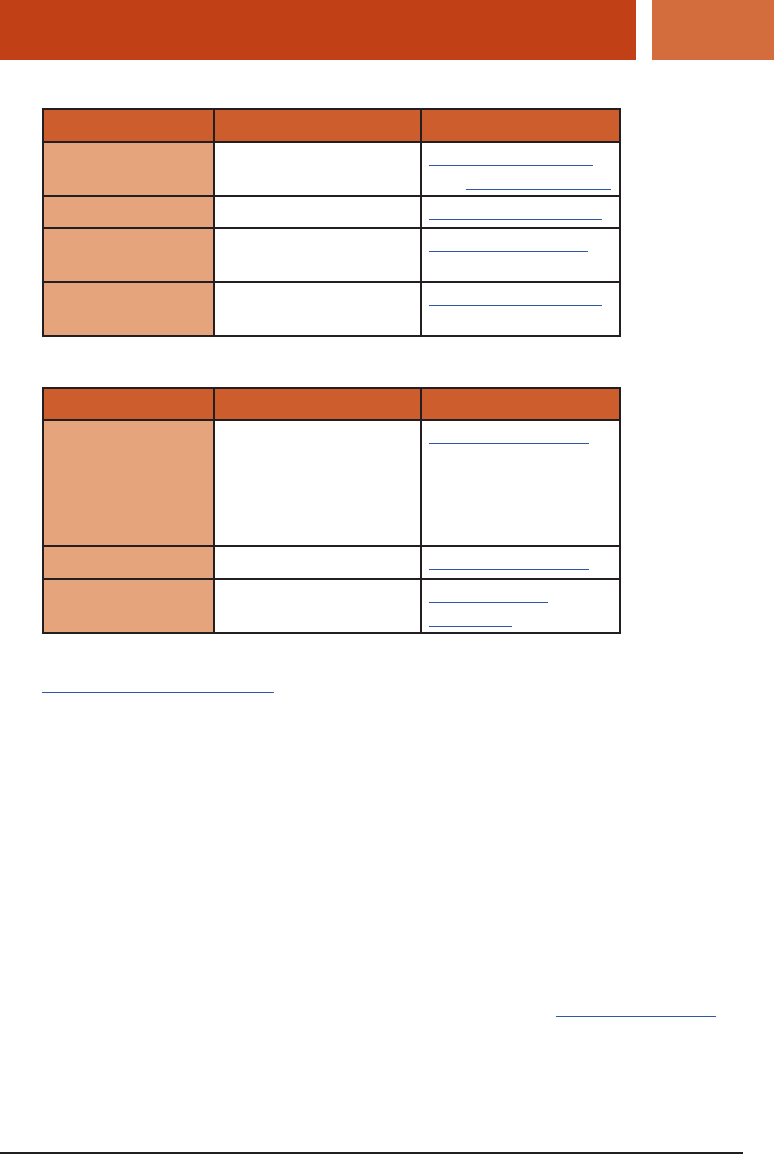
7
2023 Michigan Hunting Regulations Summary
License by age Age:
Up to 9
Junior
1
age:
10-16
Resident
age:
17-64
Nonresident
2
age: 17+
Resident
senior
age: 65+
DNR Sportcard $1 $1 $1 $1 $1
Mentored youth license $7.50 NA NA NA NA
Base license*
3
(valid as
small game license; see
page 66). Valid through
March 31, 2024.
NA $6 $11 $151 $5
Pheasant hunting license
4
NA NA $25 $25 $25
Small game 3-day
nonresident license
NA NA NA $50 NA
Small game 7-day
nonresident license
NA NA NA $80 NA
Hunt/sh combo license*
(includes: base license,
deer combo and all-
species sh license)
NA NA $76 $266 $43
Deer license (one kill tag) NA $20 $20 $20 $8
Deer combo license (two
kill tags)
NA $40 $40 $190 $28
Universal antlerless deer
license**
$20 $20 $20 $20 $20
When can I apply for a limited-license hunt?
Permit type Application period Website
Bear and elk May 1 – June 1
Michigan.gov/Bear
and Michigan.gov/Elk
Fall wild turkey July 1 – Aug. 1
Michigan.gov/Turkey
Pure Michigan
Hunt
Jan. 1– Dec. 31
Michigan.gov/PMH
Spring wild
turkey
Jan. 1 – Feb. 1
Michigan.gov/Turkey
When can I apply for a limited-hunt access permit?
Permit type Application period Website
Antlerless deer
hunting access
permit (mid-U.P.
only; see page
60)
July 15 – Aug. 15
Michigan.gov/Deer
Reserved deer July 15 – Aug. 15
Michigan.gov/Deer
Reserved
waterfowl
Aug. 1-28
Michigan.gov/
Waterfowl
Applications can be purchased from any license agent, online at
Michigan.gov/DNRLicenses, or through the Michigan DNR Hunt Fish app. The app
is available for download at the Google Play Store or the Apple App Store.
What is the Pure Michigan Hunt?
The Pure Michigan Hunt is a chance at a hunt of a lifetime for three lucky hunters.
Winners may purchase one elk, bear, antlerless deer, spring turkey, fall turkey
and base hunting license at a total cost of $3. They may also participate in one
reserved waterfowl hunt at a managed waterfowl area or have rst selection of
another hunt choice at any managed waterfowl area if approved by the local area
manager. Also, winners will receive a prize package worth thousands and can
choose to transfer their Pure Michigan Hunt opportunities to other individuals.
Nonresidents are not eligible to purchase the PMH elk license. Each PMH license
is valid for the applicable 2024 species hunting season and may be used in
any open hunt area for that species, except bear hunting on Drummond Island.
Licenses will be subject to all 2024 hunting regulations. Visit Michigan.gov/PMH
for a complete list of sponsors and prizes.
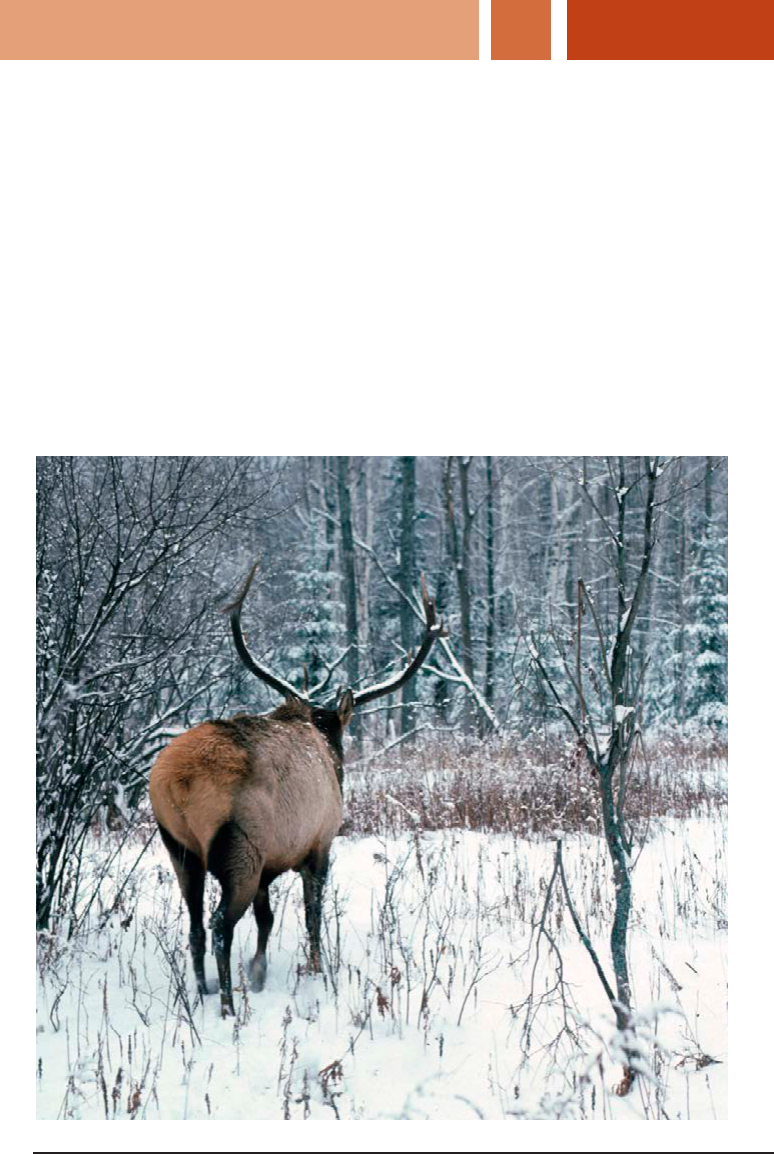
LICENSE TYPES AND FEES
8
2023 Michigan Hunting Regulations Summary
How do I apply for the Pure Michigan Hunt?
You must be at least 10 years old and eligible to purchase regular (nonapprentice)
hunting licenses. Eligible hunters may purchase as many Pure Michigan Hunt
applications as they wish until Dec. 31, 2023. Applications can be purchased
online or wherever DNR licenses are sold. Applications cost $5 each.
When will the 2024 Pure Michigan Hunt winners be announced?
Three lucky hunters will be drawn in January 2024, and the winners will be
announced via Facebook video broadcast, with nal conrmation by phone.
Drawing results are posted the week following the video announcement.
Will the Pure Michigan Hunt affect my bear points or elk chances?
No, purchase of Pure Michigan Hunt licenses will not affect your eligibility to apply
for or purchase other hunting licenses and will not affect bear preference points
or weighted elk chances you have earned. Individuals who have received an elk
license through a prior elk drawing are eligible to apply for the PMH.

9
2023 Michigan Hunting Regulations Summary
TO PURCHASE A LICENSE
You must have one of the following forms of identication:
• Valid Michigan driver’s license or valid nonresident driver’s license.
• State of Michigan ID card (issued by the Secretary of State).
• DNR Sportcard (issued through license agents, at Michigan.gov/DNRLicenses
or on the DNR Hunt Fish app). If the information on your DNR Sportcard from a
previous year is still accurate, you should continue to use it.
Hunters must possess qualifying credentials and/or identication that may be
required for certain license purchases. When hunting or trapping, you must carry
your license and present it upon demand of a Michigan conservation ofcer, a
tribal conservation ofcer or any law enforcement ofcer.
Where can I purchase Michigan hunting licenses?
You can purchase Michigan hunting and shing licenses online at
Michigan.gov/DNRLicenses, through the Michigan DNR Hunt Fish app or in person
at any agent that sells Michigan licenses. A list of license agents is available at
Michigan.gov/DNRLicenseAgents. The Michigan DNR Hunt Fish app is available for
download on the Google Play Store or the Apple App Store.
Do I need a base license?
Yes. All hunters are required to have a base license before purchasing other
licenses. (A base license is not required to purchase a shing license or limited-
license hunt applications. A base license is not required to buy a nonresident small
game three-day or seven-day license.)
What is the base license?
The base license provides funding for habitat and conservation work on both
public and private land and supports the work of conservation ofcers and eld
staff to ensure safe, legal hunting practices are followed. The base license is valid
for hunting small game. Additional licenses are required to hunt other species.
Hunters are always encouraged to carry their base license when hunting.
What is a kill tag?
Kill tags are licenses that are afxed to the following harvested animals: deer,
turkey, bear, otter, sher, marten and bobcat. You cannot harvest these animals
without the physical kill tag in your possession. Information on the harvest must be
recorded on kill tag as indicated on tag, like date of harvest, sex of animal, antler
points, etc. See page 32 for more information on tagging.
Do I need to take hunter safety?
Yes. All hunters born on or after Jan. 1, 1960, must present their hunter safety
certicate or previous hunting license (other than an apprentice license) to
purchase their licenses.
Continued on page 10

TO PURCHASE A LICENSE
10
2023 Michigan Hunting Regulations Summary
Michigan’s hunter education courses are offered year-round throughout
the state. The online course and additional information can be found at
Michigan.gov/HunterEducation.
I cannot nd my hunter safety certicate; can I get a replacement?
For a replacement Michigan hunter safety certicate, visit
Michigan.gov/RecreationalSafety.
I do not have a hunter safety certicate but would like to try hunting before I
take the course. How can I do that?
If you do not have a hunter safety certicate and are 10 years old or older, you
may purchase a base apprentice license. An apprentice hunter may purchase
this license for two license years before he or she must successfully complete
a hunter safety course. Additional licenses are required to hunt big game
and waterfowl. The base apprentice license is available to both residents and
nonresidents.
When aeld, an apprentice hunter must be accompanied by someone 21 years
old or older who has a regular, current-year hunting license for the same game
as the apprentice. For apprentices 10-16 years of age, the accompanying
hunter must be the apprentice’s parent, guardian or someone designated by the
parent or guardian. “Accompanied by” requires the accompanying hunter to be
able to come to the immediate aid of the apprentice and stay within a distance
that permits uninterrupted, unaided visual and verbal contact. A person may
accompany no more than two apprentice hunters while hunting. Apprentice
hunters are exempt from antler point restrictions during all deer seasons, in all
regions and for all deer licenses.
If I own land in Michigan but live in a different state, can I buy resident hunting
licenses?
No. The ownership of land in Michigan by itself is not a qualication for a resident
license.
Who qualies for a Michigan resident hunting license?
To qualify for any adult resident hunting or fur harvester license, you must meet
one of the following criteria:
• Reside in a settled or permanent home or domicile within the boundaries of
this state with the intention of remaining in this state. The ownership of land in
Michigan by itself is not a qualication for a resident license. “Resident” status
can only be claimed in one state.
• Be a full-time student at a Michigan college or university and reside in the
state during the school year.
• Serve full-time in the U.S. military and be ofcially stationed in Michigan.
• Serve full-time in the U.S. military and maintain residency in Michigan.
I am in the military; do I get a discount?
Yes, hunting license fees are waived for full-time, federal, active-duty U.S. military
personnel who have maintained Michigan resident status, except for hunting

11
2023 Michigan Hunting Regulations Summary
licenses obtained through a drawing. You must present military ID, leave papers,
duty papers, military orders or other evidence verifying that you are an active-
duty member of the military, along with a valid Michigan driver’s license or voter
registration card.
I am a veteran with a disability; do I get a discount?
Michigan resident veterans with a disability are eligible to obtain any hunting
license that does not require a separate application free of charge, if one of the
following conditions is met:
• You have been determined by the United States Department of Veterans
Affairs to be permanently and totally disabled as a result of military service
and entitled to veterans’ benets at the 100% rate, for disabilities other than
blindness.
• You have been rated by United States Department of Veterans Affairs as
individually unemployable.
Documentation of eligibility from the Veterans Administration stating either of
the above conditions should be in the possession of a veteran when obtaining
free licenses and while aeld.
Can I use someone else’s hunting license?
No. It is unlawful to use another person’s hunting license or kill tag.
Do I need a hunting license to target practice?
No. You do not need a license when target practicing or sighting in a rearm at an
identiable, articially constructed target and when there is no attempt to take
game.
I lost my license; can I get another one?
If you originally purchased your hunting or shing license at a license agent or
online, you may visit a license agent and have your license(s) reprinted ($3 for non-
kill tag replacement and full price for kill tag replacement). You must provide the
identication number used to purchase the original license.
If you originally purchased your hunting or shing license online, you received an
email containing a PDF le of printable licenses (non-kill tag(s)), including your
base license. Save your PDF so it can be reprinted if misplaced. If you have an
eLicense account, you may log in at Michigan.gov/DNRLicenses to reprint your non-
kill tag items. Access your purchase history to reprint current licenses. Call 517-
284-6057 for licensing assistance.
What is the Interstate Wildlife Violator Compact?
Michigan is a member of the Interstate Wildlife Violator Compact, an agreement
where participating states share information about sh and game violators and
honor each other’s decision to deny licenses and permits. If your hunting, shing
or trapping license is revoked in Michigan, you may lose your privileges in the other
45 participating states as well. And, if your license is revoked in any of those states,
it also may be revoked in Michigan.
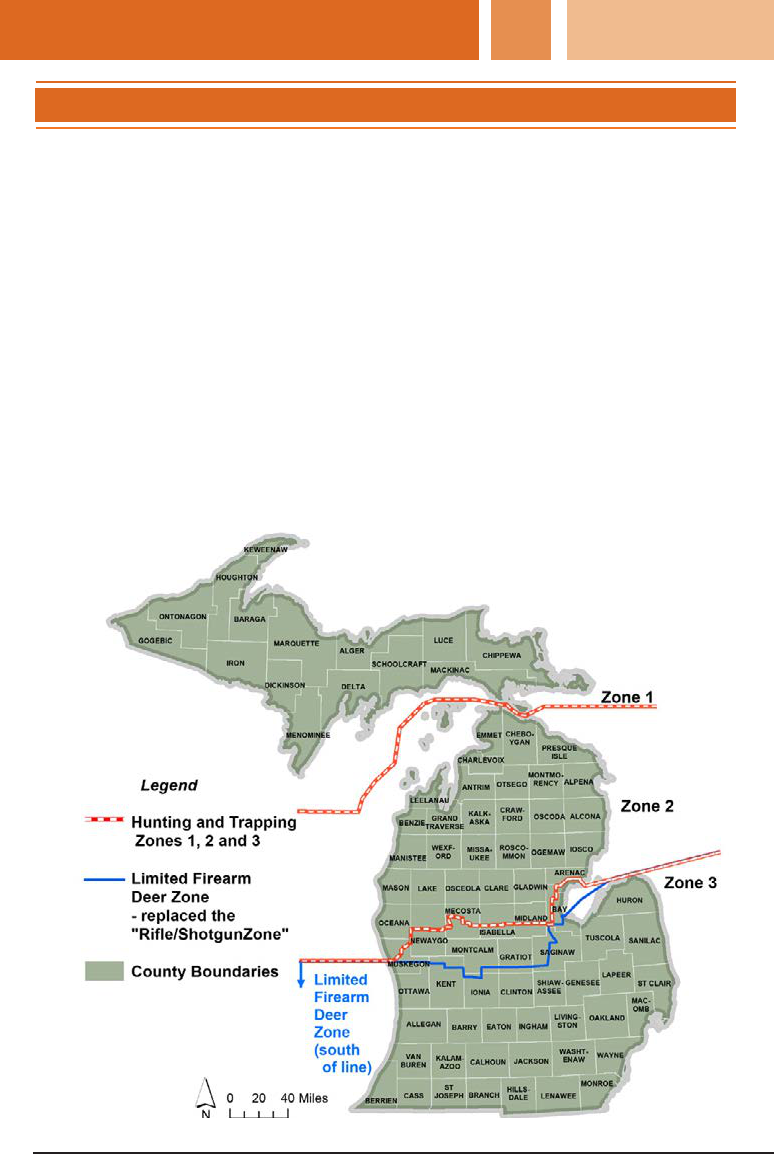
12
2023 Michigan Hunting Regulations Summary
WHEN AND WHERE TO HUNT
What are the hunting and trapping zone boundaries?
Michigan is divided into hunting and trapping zones 1, 2 and 3; see map below.
Zone 1 includes all of the Upper Peninsula. The dividing line between Zones 2
and 3 is from the Lake Michigan shoreline north of Muskegon Lake easterly on
Memorial Drive to Ruddiman Drive to Lake Avenue, easterly on Lake Avenue to
M-120 in North Muskegon, northeasterly on M-120 to M-20, easterly on M-20 to
U.S. 10, easterly on U.S. 10 to Gareld Road in Bay County, northerly on Gareld
Road to Pinconning Road, easterly on Pinconning Road to Seven Mile Road,
northerly on Seven Mile Road to Lincoln School Road (County Road 25) in Arenac
County, northerly on Lincoln School Road to M-61, easterly on M-61 to U.S. 23,
easterly on U.S. 23 to center line of AuGres River, southerly along center line of
AuGres River to Saginaw Bay, easterly 90 degrees east for 7 miles into Saginaw
Bay, then northerly 78 degrees east to the International Boundary.
Exception: The waterfowl hunting zone lines differ from those above. Refer to
the current-year Waterfowl Hunting Regulations Summary for waterfowl zone
descriptions.

13
2023 Michigan Hunting Regulations Summary
What is the limited rearm deer zone and what are the boundaries?
Michigan is divided into a northern zone and a southern limited rearm deer zone
where only shotguns, certain rearms and certain handguns may be used for deer
hunting (see Equipment regulations). The dividing line between the northern zone
and the southern limited rearm deer zone is as follows: starting at a point on the
Lake Michigan shoreline directly west of M-46, then easterly to M-46, then easterly
along M-46 to U.S. 131 at Cedar Springs, southerly on U.S. 131 to M-57, easterly
on M-57 to Montcalm Road on the Kent-Montcalm county line, southerly on
Montcalm Road and the Kent-Ionia county line to M-44, easterly on M-44 to M-66,
northerly on M-66 to M-57, easterly on M-57 to M-52 near Chesaning, northerly
on M-52 to M-46, easterly on M-46 to M-47, northerly on M-47 to U.S. 10 west of
Bay City, easterly on U.S. 10 to I-75, northerly on I-75 and U.S. 23 to Beaver Road
(about 1 mile north of Kawkawlin), easterly to Saginaw Bay, north 50 degrees east
to the International Boundary.
What are the legal hunting hours?
Shown on page 14 is a map of the hunting-hour time zones. Actual legal hunting
hours for bear, deer, fall wild turkey, furbearers and small game for Time Zone A
are shown in the table on pages 14-16. Hunting hours for migratory game birds
are different and are published in the current-year Waterfowl Hunting Regulations
Summary.
To determine the opening (a.m.) and closing (p.m.) time for any day in another time
zone, add the minutes shown below to the times listed in the Time Zone A hunting
hours table on pages 14-16.
The hunting hours listed in the table reect Eastern Standard Time, with an
adjustment for daylight saving time. If you are hunting in Gogebic, Iron, Dickinson
or Menominee counties (Central Standard Time), you must make an additional
adjustment to the printed time by subtracting one hour.
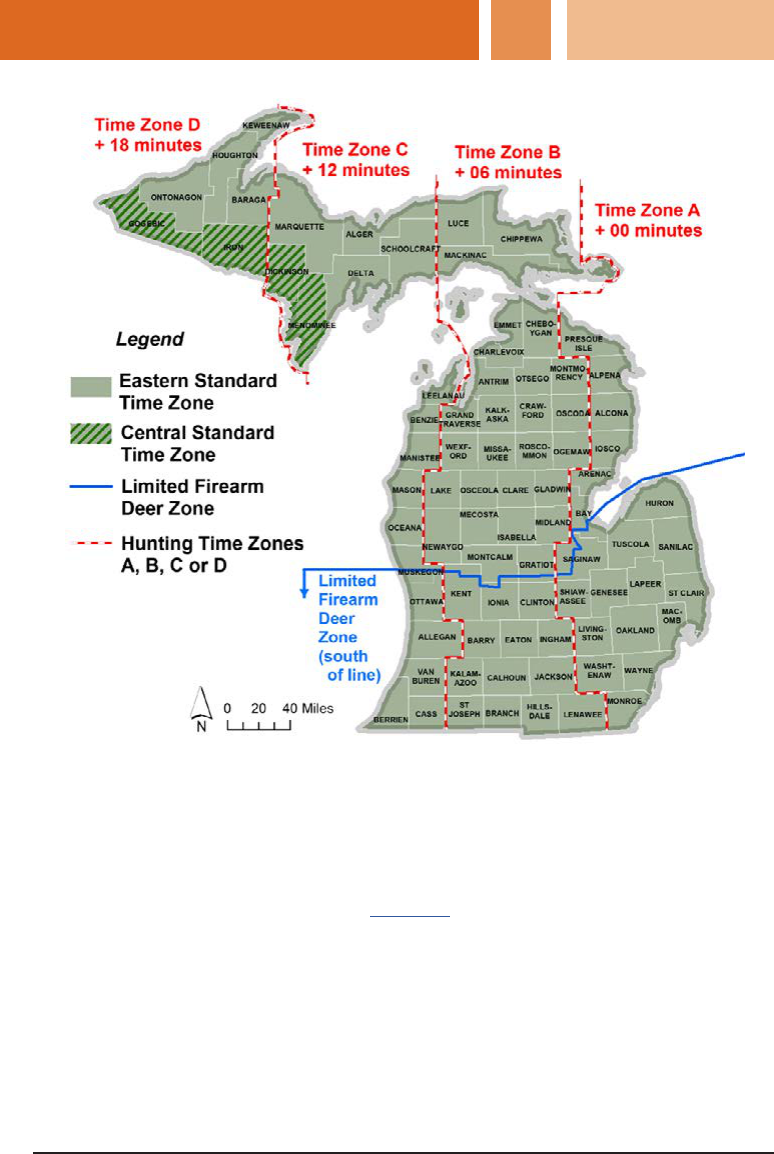
WHEN AND WHERE TO HUNT
14
2023 Michigan Hunting Regulations Summary
Time Zone A hunting hours for bear, deer, fall wild turkey,
furbearers and small game
Table shows times adjusted for one-half hour before sunrise to one-half hour after
sunset (adjusted for daylight saving time). For hunt dates not listed in the table,
please consult your local newspaper or NOAA.gov.
Note:
• Woodcock and early teal hunting season hours are sunrise to sunset.
• Waterfowl hunting hours are one-half hour before sunrise to sunset, except
during the teal season. See the current-year Waterfowl Hunting Regulations
Summary for legal hunting hours.
• For nighttime hunting of furbearers, see the current-year Furbearer Harvest
Regulations Summary.
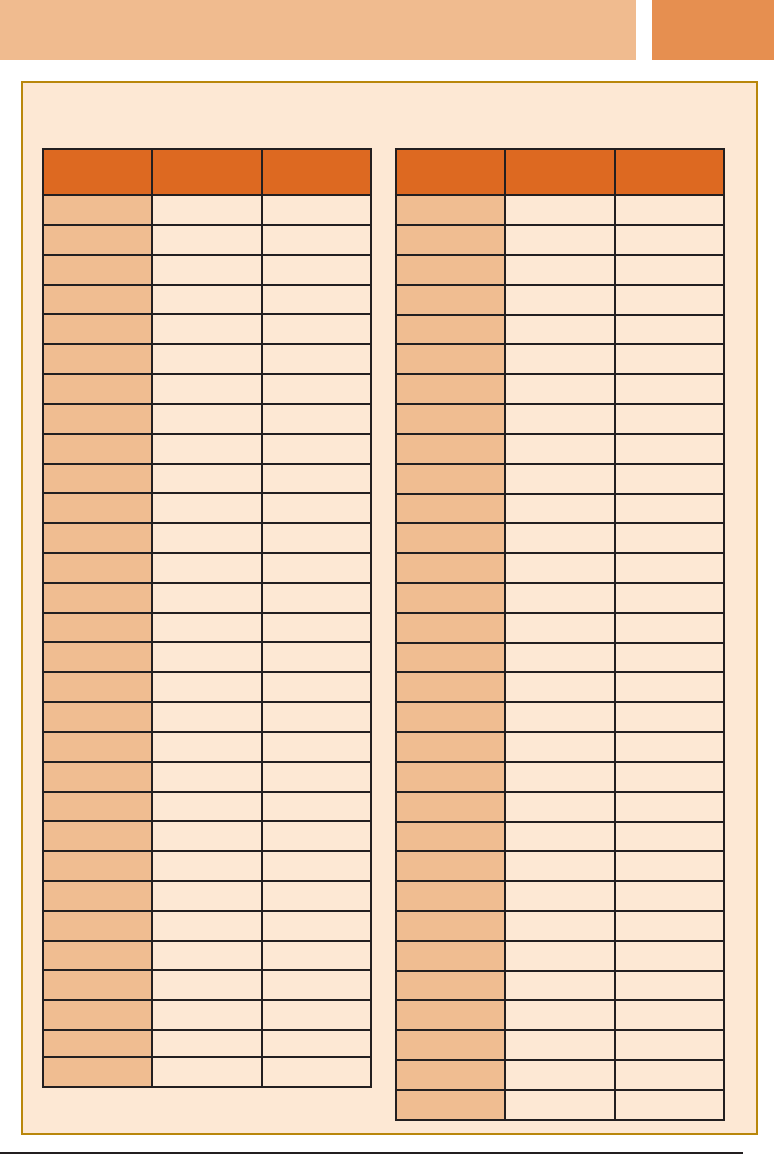
15
2023 Michigan Hunting Regulations Summary
Date Time Zone A
a.m.
Time Zone A
p.m.
Sept. 1 6:27 8:36
Sept. 2 6:28 8:35
Sept. 3 6:29 8:33
Sept. 4 6:30 8:31
Sept. 5 6:31 8:30
Sept. 6 6:32 8:28
Sept. 7 6:34 8:26
Sept. 8 6:35 8:24
Sept. 9 6:36 8:23
Sept. 10 6:37 8:21
Sept. 11 6:38 8:19
Sept. 12 6:39 8:17
Sept. 13 6:40 8:16
Sept. 14 6:41 8:14
Sept. 15 6:42 8:12
Sept. 16 6:43 8:10
Sept. 17 6:44 8:09
Sept. 18 6:45 8:07
Sept. 19 6:46 8:05
Sept. 20 6:47 8:03
Sept. 21 6:48 8:02
Sept. 22 6:49 8:00
Sept. 23 6:50 7:58
Sept. 24 6:52 7:56
Sept. 25 6:53 7:54
Sept. 26 6:54 7:53
Sept. 27 6:55 7:51
Sept. 28 6:56 7:49
Sept. 29 6:57 7:47
Sept. 30 6:58 7:46
Date Time Zone A
a.m.
Time Zone A
p.m.
Oct. 1 6:59 7:44
Oct. 2 7:00 7:42
Oct. 3 7:01 7:41
Oct. 4 7:02 7:39
Oct. 5 7:03 7:37
Oct. 6 7:05 7:35
Oct. 7 7:06 7:34
Oct. 8 7:07 7:32
Oct. 9 7:08 7:30
Oct. 10 7:09 7:29
Oct. 11 7:10 7:27
Oct. 12 7:11 7:25
Oct. 13 7:12 7:24
Oct. 14 7:14 7:22
Oct. 15 7:15 7:20
Oct. 16 7:16 7:19
Oct. 17 7:17 7:17
Oct. 18 7:18 7:16
Oct. 19 7:19 7:14
Oct. 20 7:21 7:13
Oct. 21 7:22 7:11
Oct. 22 7:23 7:10
Oct. 23 7:24 7:08
Oct. 24 7:25 7:07
Oct. 25 7:27 7:05
Oct. 26 7:28 7:04
Oct. 27 7:29 7:02
Oct. 28 7:30 7:01
Oct. 29 7:31 7:00
Oct. 30 7:33 6:58
Oct. 31 7:34 6:57
Zone A hunting hours table (September - October)
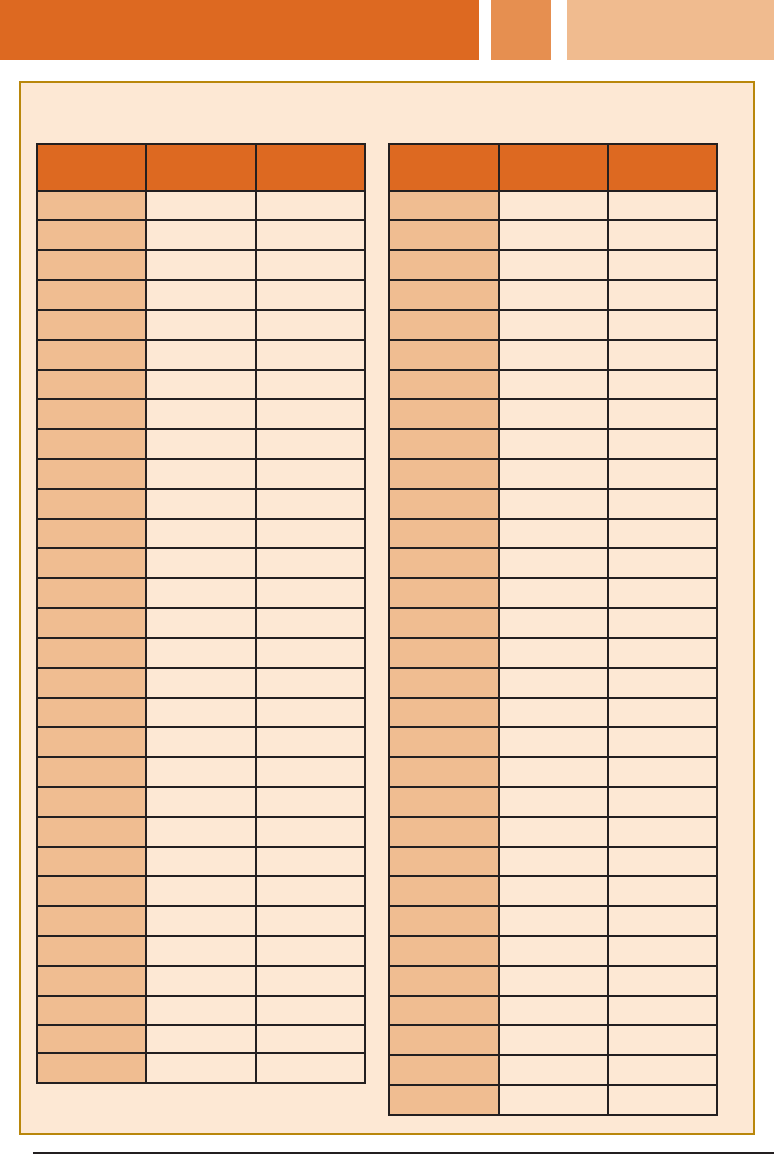
WHEN AND WHERE TO HUNT
16
2023 Michigan Hunting Regulations Summary
Date Time Zone A
a.m.
Time Zone A
p.m.
Nov. 1 7:35 6:56
Nov. 2 7:36 6:54
Nov. 3 7:38 6:53
Nov. 4 7:39 6:52
Nov. 5 6:40 5:51
Nov. 6 6:41 5:50
Nov. 7 6:43 5:48
Nov. 8 6:44 5:47
Nov. 9 6:45 5:46
Nov. 10 6:46 5:45
Nov. 11 6:48 5:44
Nov. 12 6:49 5:43
Nov. 13 6:50 5:42
Nov. 14 6:51 5:41
Nov. 15 6:53 5:40
Nov. 16 6:54 5:39
Nov. 17 6:55 5:39
Nov. 18 6:56 5:38
Nov. 19 6:58 5:37
Nov. 20 6:59 5:36
Nov. 21 7:00 5:36
Nov. 22 7:01 5:35
Nov. 23 7:02 5:34
Nov. 24 7:04 5:34
Nov. 25 7:05 5:33
Nov. 26 7:06 5:33
Nov. 27 7:07 5:32
Nov. 28 7:08 5:32
Nov. 29 7:09 5:31
Nov. 30 7:10 5:31
Date Time Zone A
a.m.
Time Zone A
p.m.
Dec. 1 7:11 5:31
Dec. 2 7:12 5:30
Dec. 3 7:14 5:30
Dec. 4 7:15 5:30
Dec. 5 7:16 5:30
Dec. 6 7:17 5:30
Dec. 7 7:17 5:30
Dec. 8 7:18 5:30
Dec. 9 7:19 5:30
Dec. 10 7:20 5:30
Dec. 11 7:21 5:30
Dec. 12 7:22 5:30
Dec. 13 7:23 5:30
Dec. 14 7:23 5:30
Dec. 15 7:24 5:30
Dec. 16 7:25 5:31
Dec. 17 7:26 5:31
Dec. 18 7:26 5:31
Dec. 19 7:27 5:32
Dec. 20 7:27 5:32
Dec. 21 7:28 5:33
Dec. 22 7:28 5:33
Dec. 23 7:29 5:34
Dec. 24 7:29 5:34
Dec. 25 7:30 5:35
Dec. 26 7:30 5:35
Dec. 27 7:30 5:36
Dec. 28 7:31 5:37
Dec. 29 7:31 5:38
Dec. 30 7:31 5:38
Dec. 31 7:31 5:39
Zone A hunting hours table (November - December)

17
2023 Michigan Hunting Regulations Summary
What are rearm safety zones?
No person may hunt with a rearm within 450 feet of an occupied building,
dwelling, house, residence or cabin, or any barn or other building used in
connection with a farm operation, without obtaining the written permission of
the owner, renter or occupant of the property. The safety zone applies to hunting
only. It does not apply to indoor or outdoor shooting ranges, target shooting, law
enforcement activities or the lawful discharge of rearms for any nonhunting
purpose.
Special safety zones are established at Sleeping Bear Dunes National Lakeshore.
See NPS.gov/SLBE for more information.
Can I hunt or trap within a road or railroad right-of-way?
You may hunt and trap within a road right-of-way where the adjoining property
is publicly owned. If the adjacent property is privately owned, you must have
permission from the landowner. Railroad rights-of-way are private property.
Trespassing on railroad property is a misdemeanor. You must have written
permission from the railroad company to be exempt from trespass.
Can I oat hunt?
Yes. You may oat hunt and trap on and along waterways that are surrounded
by public land and open to hunting. Hunting and trapping are exclusive rights of
landowner(s) bordering the waterway and their invited guests. You must secure
permission from the landowner before oat hunting or setting traps along those
waterways that are protected by the recreational trespass law.
Are there townships with hunting restrictions?
Yes. Townships or parts of townships in these counties are closed to hunting or
restricted to types of rearms or the discharge of rearms as posted: Alcona,
Arenac, Barry, Berrien, Crawford, Dickinson, Eaton, Emmet, Genesee, Iosco,
Jackson, Kalamazoo, Livingston, Macomb, Mackinac, Manistee, Oakland,
Otsego, Ottawa, Presque Isle, Saginaw, St. Clair, Washtenaw and Wayne. These
areas are posted with the restrictions. For descriptions, contact the appropriate
township clerk or township police department. Find county-specic rules at
Michigan.gov/DNRLaws.
Can I hunt with someone who is a member of a federally recognized tribe
hunting under treaty-authorized regulations?
A person accompanying a hunter lawfully engaged in treaty-authorized hunting
may not harvest a game animal unless also lawfully licensed as a treaty-
authorized hunter or as a state-licensed hunter for the applicable species and
season.

WHEN AND WHERE TO HUNT
18
2023 Michigan Hunting Regulations Summary
Where do I nd the rules for state lands?
You can nd state land-use rules at Michigan.gov/DNRLaws. Please keep in mind
that you may NOT:
• Cut branches, limbs, trees or other vegetation for shooting lanes on public
land.
• Block any gate, road or trail on public land.
• Camp on state land without a permit. Permits are free and are available online
at Michigan.gov/Camping or at any DNR ofce. They must be posted at your
campsite. A fee is charged for camping at designated campsites in state parks,
recreation areas, state forest campgrounds and some state game areas.
Can I hunt on state park or state recreation area lands?
State parks are closed to hunting unless opened by law (Michigan.gov/DNRLaws).
State recreation areas are open to hunting unless closed by law. Approximately 92
percent of state park and state recreation area lands are open to hunting. Contact
the individual park or recreation area for hunting information specic to that
location. Visit Michigan.gov/RecSearch for contact information.
It is unlawful to:
• Use a centerre rie or centerre pistol to take an animal during nighttime
hours in any state park or state recreation area.
• Trap within 50 feet of the mowed portions of developed areas within state
recreation areas and state parks open to trapping. Contact individual parks or
recreation areas for current trapping regulations and any restrictions for those
areas prior to trapping.
• Target-shoot in a state park or recreation area, except on designated shooting
ranges located at Algonac State Park and Bald Mountain, Island Lake,
Ortonville and Pontiac Lake recreation areas.
Within the established season, quail may be harvested only by eld trial
participants in the Highland and Ionia Recreation Area eld trial areas on days
with authorized eld trials. Contact the recreation area headquarters for eld trial
dates.
Can I camp at a state park or recreation area while hunting?
Camping is allowed only on designated campsites. To make camping reservations,
go to MiDNRReservations.com.
Do I need a Recreation Passport?
Yes, if you are hunting or camping on state park or recreation area lands. The
Recreation Passport gives you access to all 103 state parks and recreation
areas as well as all state forest campgrounds and DNR-administered boat
launches in Michigan. Camping fees remain in effect. For more information, visit
Michigan.gov/RecreationPassport or call 517-284-7275. Michigan residents
have the opportunity to buy a Recreation Passport for $13 when renewing their

19
2023 Michigan Hunting Regulations Summary
vehicle registration with the Secretary of State. Vehicles registered in other states
will require a daily ($11) or annual ($39) fee to enter any state park or DNR-
administered boat launch site. State forests and state game areas do not require a
Recreation Passport.
Where can I nd public hunting lands near me?
You can nd places to hunt by visiting Michigan.gov/MiHunt. You will nd an
interactive map application called Mi-HUNT to help you plan your hunting, trapping
and other outdoor recreation adventures. It is the responsibility of the users of
these maps to be aware of all regulations relevant to their hunting activities and
hunting locations. These maps show approximate boundaries of the lands open to
public hunting.
Do I need authorization to guide hunts on public land?
All commercial hunting guides using state-owned lands must receive
written authorization. Guides are required to meet the conditions of the
written authorization. If you are a guide who utilizes state-owned lands, visit
more information.
Commercial guiding on national forest lands requires a federal special use permit.
Applications can be obtained through any national forest (NF) ofce or by calling
Hiawatha National Forest at 906-428-5800, Huron-Manistee National Forest at
231-775-2421 or Ottawa National Forest at 906-932-1330.
Can I hunt on national wildlife refuges and waterfowl production areas?
Federal waterfowl production areas are open to public hunting except where
prohibited. National wildlife refuges are closed unless expressly permitted.
All state laws apply to national wildlife refuge lands. Additional federal regulations
also apply and can be found in 50 CFR (Code of Federal Regulations) at FWS.gov.
Please consult the appropriate national wildlife refuge ofce for refuge-specic
regulations.
• Detroit River International Wildlife Refuge: 5437 West Jefferson Ave., Trenton,
MI 48183; 734-365-0219. Limited small game, waterfowl and deer hunting
are allowed as shown on maps available at refuge parking areas or online at
FWS.gov/Refuge/Detroit_River.
• Harbor Island National Wildlife Refuge: Managed by Seney National
Wildlife Refuge, 906-586-9851. Open for deer and bear hunting. The use
of dogs to hunt black bear is prohibited. More information can be found at
FWS.gov/Refuge/Harbor_Island.
• Huron National Wildlife Refuge: Managed by Seney National Wildlife Refuge,
906-586-9851. Closed to hunting. See FWS.gov/Refuge/Huron.

WHEN AND WHERE TO HUNT
20
2023 Michigan Hunting Regulations Summary
• Kirtland Warbler Wildlife Management Area: Managed by Seney National
Wildlife Refuge, 906-586-9851. Parcels of property occupied by the Kirtland’s
warblers are closed to all entry during the bird’s breeding season (May 1 –
Aug. 15). Closed parcels will be posted. More information can be found at
FWS.gov/Refuge/Kirtlands_Warbler.
• Michigan Islands National Wildlife Refuge: Managed by Seney and
Shiawassee national wildlife refuges. Closed to public access. More information
is available online at FWS.gov/Refuge/Michigan_Islands.
• Michigan Wetland Management District: 2651 Coolidge Road, Suite 101,
East Lansing, MI 48823; 517-351-6236. Hunting information is available
online at FWS.gov/Refuge/Michigan_WMD.
• Seney National Wildlife Refuge: 1674 Refuge Entrance Road,
Seney, MI 49883; 906-586-9851. Refuge-specic regulations apply.
See FWS.gov/Refuge/Seney/Visit-us/Activities/Hunting.
• Shiawassee National Wildlife Refuge: 6975 Mower Road, Saginaw,
MI 48601; 989-777-5930. Limited waterfowl, deer, small game, spring
turkey and furbearer hunting is allowed. Refuge-specic regulations apply.
See FWS.gov/Refuge/Shiawassee/Visit-us/Activities/Hunting.
Can I hunt on national forest lands?
Yes. All state laws apply to national forest lands; however, additional federal
regulations also apply. For a complete listing of regulations, see 36 CFR 261 (Code
of Federal Regulations) at FS.USDA.gov.
A motor vehicle use map that shows designated roads and trails open for
motorized travel, including off-road vehicles, is available at U.S. Forest Service
ofces as well as online. Both state and federal laws governing ORV use must be
followed.
Contact for additional information:
• Hiawatha National Forest: FS.USDA.gov/Detail/Hiawatha or 906-428-5800.
• Huron-Manistee National Forest: FS.USDA.gov/Main/HMN or 231-775-2421.
• Ottawa National Forest: FS.USDA.gov/Detail/Ottawa or 906-932-1330.
Do I need permission to hunt on someone’s private land?
Yes. Trespassing is unlawful and erodes support for recreational hunting. Written
or verbal permission is required from the landowner or leaseholder before you
hunt on any farmlands or connected woodlots or on any posted private land or on
any property that is fenced or enclosed. Hunters are required to show their hunting
license to landowners upon request.

21
2023 Michigan Hunting Regulations Summary
What if the game animal I wounded goes onto private land?
If you wound a game animal or bird and it runs or ies onto private property, you
have no legal right to pursue it without permission of the landowner and would be
subject to prosecution for trespassing.
Can I hunt on commercial forest lands?
Yes. Over 2.2 million acres of privately owned forests enrolled in the Commercial
Forest program are accessible by foot to the public for shing, hunting and trapping.
To hunt all species, hunters must possess licenses that are valid for private-
land hunting. Use of motorized vehicles for shing and hunting access is at the
landowner’s discretion. CF landowners are not required to identify the property
as CF, and CF land may be fenced and/or gated. The presence of a fence or gate
does not prohibit public access to CF lands for shing or hunting. The owner may
restrict public access during periods of active commercial logging to ensure public
safety. Any activities other than the acts of shing, hunting and trapping require
landowner permission. Leaving anything unattended, other than traps, also requires
landowner permission. In addition, hunters may not build structures or construct
blinds other than with natural materials found on-site. The use of nails, bolts or tree
steps is not allowed. The cutting of shooting lanes or destruction of brush, trees or
other vegetation is prohibited. Commercial activity on CF lands is not allowed for
any purpose other than forestry or oil and gas extraction. Descriptions of land in
the CF program and a GIS map are available on the DNR website at Michigan.gov/
CommercialForest. CF parcels can also be found using Mi-HUNT at Michigan.gov/
MiHunt. If you have questions about this program or specic CF parcels, contact the
DNR Forest Resources Division at 517-284-5900, [email protected] or
P.O. Box 30452, Lansing, MI 48909.
What is the Hunting Access Program (HAP)?
HAP provides public hunting opportunities on private land. The DNR leases lands
from private landowners to allow public hunting. The program was created in 1977
to increase public hunting opportunities in southern Michigan, where 97 percent of
the land base is in private ownership. This program has since expanded throughout
the state and is now one of the oldest dedicated private-lands, public-access
programs in the nation. Private landowners determine if all hunters, or youth and
apprentice hunters only, may hunt on their property. They also determine if hunters
may harvest deer only, turkey only, small game only, sharp-tailed grouse only, all
legal species or a combination of any of these options. Property owners specify the
maximum number of hunters allowed on the land at any one time. Members of the
public can use HAP lands only for hunting purposes; no other activities or recreation
are permissible.
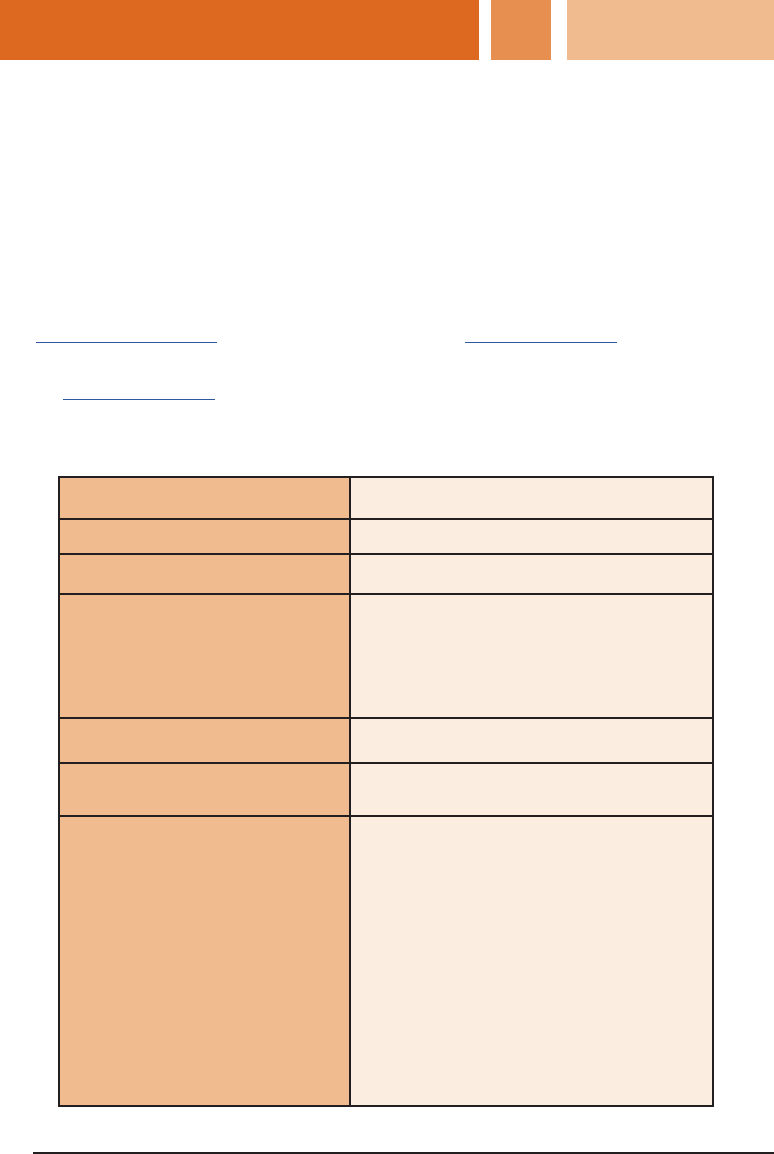
WHEN AND WHERE TO HUNT
22
2023 Michigan Hunting Regulations Summary
How do I hunt on HAP lands?
If you utilize a HAP property, you are a guest of the landowner. Respect for the
landowner and landowner’s privacy is vital, and you should use the types of
registration service provided. Appropriate conduct is expected and helps ensure
a good experience for both you and the landowner. All rules and regulations
enforced by the DNR apply while hunting on HAP lands.
Lands enrolled in HAP are available each day on a rst-come, rst-served
basis, and hunters must register at each property headquarters to hunt for
that day. To help hunters locate and scout HAP lands, aerial photographs of
HAP proper ties are available on the DNR’s interactive hunting map application,
Michigan.gov/MiHunt, and on the HAP webpage at Michigan.gov/HAP.
1. Find a current listing of enrolled HAP lands at
Michigan.gov/HAP. You also can get listings by visiting a DNR Customer
Service Center (locations in front of digest) or by calling 517-284-9453
to get a copy by mail. Listing information for each property includes:
Landowner name Last name, rst name
Township/sections Township and section
Headquarters Where hunters register to hunt
Habitat type
(including species commonly found)
• Wetlands (ducks, geese)
• Forest (deer, squirrel, rabbit, turkey)
• Grasslands or brush (pheasant, rabbit,
deer)
• Crop lands or hay or pasture
Service type Self-service box or mandatory check-in
Hunters allowed Maximum number of hunters allowed at one
time
Hunt type
• Youth and apprentice hunting only (up to
two licensed adults may accompany each
youth or apprentice hunter)
• All legal hunting, deer hunting only, turkey
hunting only or small game hunting only
For Eastern Upper Peninsula (EUP) only:
SG = Small game hunting only (includes
sharp-tailed grouse)
S = Sharp-tailed grouse only
Note: EUP lands are not open for big game
species.

23
2023 Michigan Hunting Regulations Summary
2. Register at the headquarters each time before hunting by providing name,
complete mailing address, species hunted and time spent hunting (starting and
ending times). Individuals accompanying a hunter, but who themselves will not
be hunting, should not register. Registration service types include:
• Self-service box - Located near headquarters sign; contains folder with
registration forms and property information. Please respect landowner
privacy; do not contact.
• Mandatory check-in - Register directly with the landowner.
What are the rules for hunting on HAP properties?
• Before hunting, verify hunting seasons, hunt type(s) and hunt dates.
• Lands are closed June 1 to Aug. 31, and any other dates when hunt types are
not currently active on a property.
• Hunting is the ONLY activity allowed on HAP lands.
• Do not trespass onto adjacent properties.
• Hunters must follow all individual landowner rules as described in the
registration folder.
• Every individual hunter (whether hunting or scouting) must register before
hunting. See property list for maximum number of hunters allowed.
• Up to two licensed adults may accompany each youth or apprentice hunter.
• Private-land hunting rules apply to HAP lands.
• Hunters are only allowed to hunt during seasons listed for each HAP land.
• Only species listed under “hunt types” may be harvested at each HAP land.
• Driving on HAP lands is prohibited without landowner permission.
• Do not block drives or lanes. Park in designated area when provided by
landowner.
• Use of ORVs is prohibited without landowner permission.
• Hunting in or damaging standing crops is prohibited.
• Temporary structures only. Use of permanent blinds and tree stands afxed to
trees with nails/screws is prohibited. Only nonpermanent blinds and tree stands
are permitted and must be removed when you leave.
• Clean up after yourself; littering is prohibited.
How do I enroll my property in HAP?
If you are interested and have a minimum of 40 acres, you may obtain an
application and program details by contacting the DNR HAP coordinator at
[email protected] or 517-284-9453. Landowners who enroll their property
receive payment for allowing public hunting on their lands. Eligible lands must be
located within HAP-eligible areas. Landowners are free from liability as stated in
Public Act 451 0f 1994: “A cause of action shall not arise for injuries to persons
hunting on lands leased under HAP unless the injuries were caused by the gross
negligence or willful and wanton misconduct of the owner, tenant, or lessee.”

24
2023 Michigan Hunting Regulations Summary
EQUIPMENT AND HUNTING RULES
When do I need to wear hunter orange?
You must wear a cap, hat, vest, jacket or rain gear of hunter orange when taking
game during the established daylight shooting hours from Aug. 15 through April
30. Hunter orange includes camouage that is not less than 50 percent hunter
orange. The garments that are hunter orange must be the hunter’s outermost
garment and must be visible from all sides of the hunter. Exception: This does
not apply to a person engaged in the taking of deer with a bow or crossbow
during archery deer season, a person taking bear with a bow or crossbow, a
person engaged in the taking of turkey, crow or other migratory birds other than
woodcock, a person engaged in the sport of falconry, or a person who is stationary
and in the act of hunting bobcat, coyote or fox.
Are there any equipment prohibitions or methods I cannot use for hunting?
• You may not set res to drive out game.
• You may not use snares, traps, cages, nets, pitfalls, deadfalls, spears, drugs,
poisons, stupefying substances, smoke, gas, explosives, ferrets, weasels or
mechanical devices other than rearms, crossbows, bows and arrows, or
slingshots to take wild animals, except as provided by trapping rules or special
permit. See current-year Furbearer Harvest Regulations Summary.
• You may not use cartridges containing tracer or explosive bullets.
• You may not hunt while under the inuence of intoxicating alcohol or controlled
substances.
• For regulations on the possession or use of natural cervid urine lures and
attractants, visit Michigan.gov/Deer.
Can I use an articial light or shine for wild animals?
You may not use an articial light (including vehicle headlights) to locate wild
animals at any time during November and all other days of the year between
11 p.m. and 6 a.m. You may not use an articial light on a highway or in a eld,
wetland, woodland or forest while having in your possession or control a bow and
arrow, rearm or other device capable of shooting a projectile. Exceptions:
• This prohibition does not apply to pistols carried under the authority of a
concealed pistol license or properly carried under authority of a specic
exemption from the requirement of a concealed pistol license. This does not
authorize the individual to use the pistol to take game except as provided by
law.
• Nighttime furbearer hunting of raccoon, opossum, fox and coyote. See the
Furbearer Harvest Regulations Summary for nighttime hunting equipment
regulations.
An articial light may be used from Nov. 1-30 on property you own or property
owned by a member of your immediate family if you do not have in your

25
2023 Michigan Hunting Regulations Summary
possession or control a bow and arrow, rearm or other device capable of shooting
a projectile. It is a violation of federal law to shine at any time on any national
wildlife refuge. Deer hunters may use an articial light one hour before and one
hour after shooting hours while carrying an unloaded rearm or bow and arrow
when traveling on foot to or from their hunting location. Those not possessing a
rearm or bow and arrow while traveling on foot may use lights during dog training
or eld trials to follow dogs chasing raccoon, opossum or fox. A lighted pin sight
on a bow or a scope with illuminated crosshairs may be used to hunt game during
legal hunting hours.
If you are using an articial light to locate game, you must immediately stop your
vehicle when signaled by a uniformed ofcer or marked patrol vehicle.
Can I hunt from a vehicle?
No, you may not hunt or pursue wild animals from a car, snowmobile, aircraft,
drone, motorboat, personal watercraft, ORV or other motorized vehicle, or by a
sailboat. Exceptions: See current-year Waterfowl Hunting Regulations Summary.
Special permits may apply; see Michigan.gov/DNRAccessibility for more
information for hunters with disabilities.
Can I use a drone to recover game?
No. The use of drones to pursue wildlife in any manner, either during legal hunting
hours or after, is illegal. You may not take game or sh using an unmanned vehicle
or unmanned device that uses aerodynamic forces to achieve ight or using an
unmanned vehicle or unmanned device that operates on the surface of water or
underwater. The denition of “take” means to hunt with any weapon, dog, raptor, or
other wild or domestic animal trained for that purpose; kill; chase; follow; harass;
harm; pursue; shoot; rob; trap; capture; or collect animals, or to attempt to engage
in such an activity. Attempting to locate and/or recover game, either dead or
wounded, is an act which falls within the denition of “take.”
Are there restrictions on where and when I can use off-road vehicles or
snowmobiles?
Yes. Some roads or areas may be closed to ORV or snowmobile use; check
Michigan.gov/DNRLaws or contact the nearest DNR ofce for closures.
You may not operate an ORV or a snowmobile between the hours of 7 to 11
a.m. and 2 to 5 p.m. on any area open to public hunting during the Nov. 15-30
rearm deer season. Exceptions: The time restrictions on the use of ORVs and
snowmobiles do not apply to the following:
• During an emergency, or while traveling to and from a permanent residence or
hunting camp that is otherwise inaccessible by conventional wheeled vehicle.
• To remove legally harvested deer, bear or elk from state land. An individual shall
Continued on page 26

EQUIPMENT AND HUNTING RULES
26
2023 Michigan Hunting Regulations Summary
not operate an ORV at a speed exceeding 5 miles per hour, and the individual
must use the most direct route that complies with all ORV restrictions.
• To private landowners and their invited guests.
• To motor vehicles licensed under the Michigan Vehicle Code operating on
roads capable of sustaining automobile trafc.
• To a person with a disability using a designated trail or forest road for hunting
or shing purposes.
• To a person with a valid permit to hunt from a standing vehicle.
Can I use ries in the limited rearm deer zone?
Yes, you may use a centerre or rimre rie from Dec. 1 – Nov. 9 in the limited
rearm deer zone during the open season for all species, except deer (see pages
49-50 for legal rearms for deer seasons), turkey, and migratory game birds. See
the current-year Furbearer Harvest Regulations Summary for nighttime furbearer
regulation restrictions.
If I am carrying hunting equipment in the eld during deer seasons, do I need
to have my deer license with me?
Yes. During the deer hunting seasons, it is unlawful for a person taking or
attempting to take deer to carry or possess aeld a centerre or muzzleloading
rie, a crossbow, a bow and arrow, a centerre or black powder handgun, or a
shotgun with buckshot, slug or ball loads or cut shells, unless you have in your
name and possession a current-year:
• Deer, deer combo or antlerless deer license.
• Or deer, deer combo or antlerless deer license with an unused deer
management assistance permit kill tag, or an unused managed deer hunting
permit.
What is the shell capacity for shotguns and centerre ries?
You may not hunt with a semi-automatic shotgun or semi-automatic rie that can
hold more than six shells in the barrel and magazine combined, unless it is a
.22-caliber or smaller rimre. All shotguns used for migratory game birds
(including woodcock) must be plugged so the total capacity of the shotgun does
not exceed three shells.
Fully automatic rearms may not be used.
Can I hunt with a crossbow?
Yes, a crossbow may be used during any season in which a rearm is allowed, for
both big and small game, except hunters in the Upper Peninsula may not use a
crossbow or a modied bow during the Dec. 1 - Jan. 1 late archery deer season
and December muzzleloader deer season, unless the hunter is disabled and
has a crossbow permit or special permit to take game with a modied bow. Any

27
2023 Michigan Hunting Regulations Summary
licensed hunter may use a crossbow throughout the archery deer season in the
Lower Peninsula (Oct. 1 - Nov. 14 and Dec. 1 - Jan. 1) and during the early archery
deer season in the Upper Peninsula (Oct. 1 - Nov. 14). When hunting deer, bear, elk
and turkey, crossbow hunters must use only bolts and quarrels at least 14 inches
in length and tipped with a broadhead point at least 7/8 inches wide.
How should I transport my rearm, crossbow, or bow and arrows?
These rules apply whether your vehicle is parked, stopped or moving. Firearms
must be unloaded in the barrel, and all arrows must be in a quiver when a hunter
is aeld outside the legal hunting hours. Muzzleloading rearms are considered
unloaded when the cap is removed or priming powder is removed from the pan,
or when the battery is removed on electronic systems. The ball and powder can
remain in the barrel.
At all times when carried in or on a motor vehicle, including snowmobiles:
• Ries, shotguns, muzzleloaders and other rearms must be unloaded in both
barrel and magazine and enclosed in a case or carried in the trunk of a vehicle
on private or public property, whether your vehicle is parked, stopped or moving.
• Crossbows, slingshots, and bows and arrows must be unloaded and uncocked,
enclosed in a case or carried in the trunk of a vehicle while that vehicle is
operated on public land or on a highway, road or street.
• Note: A crossbow is considered uncocked when it is not in the cocked position
and unloaded when a bolt is not in the ight groove. A bow is considered
uncocked when the bow is not in the drawn position and unloaded when an
arrow is not nocked.
At all times, when carried in or on an off-road vehicle:
• Ries, shotguns, muzzleloaders and other rearms must be unloaded in both
barrel and magazine and enclosed in a case or equipped with and made
inoperative by a manufactured, key-locked, trigger-housing mechanism.
• Crossbows, slingshots, and bows and arrows must be unloaded and uncocked,
enclosed in a case or carried in the trunk of a vehicle while that vehicle is
operated on public land or on a highway, road or street.
At all times, when carried in or on a motor-propelled boat or sailboat:
• Ries, shotguns, muzzleloaders and all other rearms must be unloaded in both
barrel and magazine.
Exception: See the current-year Waterfowl Hunting Regulations Summary, under
the Joint state-federal migratory bird hunting regulations section.
Exception: These rules do not apply to a pistol carried under authority of a
concealed pistol license or properly carried under authority of a specic exception
from the requirement of a concealed pistol license. See “Can I hunt with a
handgun?” on page 28.
Continued on page 28

EQUIPMENT AND HUNTING RULES
28
2023 Michigan Hunting Regulations Summary
Exception: A person holding a valid permit to hunt from a standing vehicle may
transport or possess an uncased rearm with a loaded magazine on a personal
assistive mobility device if the action is open. See page 42.
Can I hunt with an airbow?
No. It is unlawful to hunt using an airbow during any season for any species in
Michigan.
Can I hunt with an air gun?
Pneumatic guns, or “air guns,” are considered rearms for hunting purposes.
Pneumatic guns must meet rearm requirements for season, species hunted and
zone you are hunting in.
Can I hunt with a handgun?
Yes, if following the rules listed below. The rules listed below may not apply to
those having a concealed pistol license or specically exempt by law from a CPL
and carrying their handgun in accordance with their license or exemption.
• A person must be at least 18 years old to hunt with or possess a handgun.
• Handguns cannot be borrowed or loaned to another person other than
provided for under a CPL.
• While in the eld, handguns must be carried in plain view.
• Carrying a handgun in a holster in plain view is permitted.
• You may transport your registered handguns while en route to and from your
hunting or target shooting area; however, handguns, including BB guns larger
than .177 caliber and all pellet guns, must be unloaded in the barrel and
magazines and in a closed case designed for the storage of rearms and
cannot be readily accessible to any occupant of the vehicle.
• It is a crime for certain felons to possess ammunition and rearms, including
ries and shotguns, in Michigan.
• Nonresidents must have a CPL or a license to purchase, carry or transport
issued by their home state in their possession in order to legally carry or
transport a handgun in Michigan. For more information about statewide
handgun regulations, obtaining a CPL, or concealed weapons and rearms
laws, contact your local police department.
Can I hunt from a raised platform or tree stand?
You may hunt from a raised platform or tree stand if you are a:
• Bow or crossbow hunter (all species).
• Bear, deer, turkey and/or elk hunter using a rearm.
• Small game (except migratory bird) hunter.
• Fox, coyote, raccoon and/or opossum hunter (day or night).
• Bobcat hunter (day only).
All other rearm hunters are prohibited from using a raised platform or tree stand.

29
2023 Michigan Hunting Regulations Summary
What is a raised platform?
A raised platform means a horizontal surface, constructed or manufactured by a
person, that increases the eld of vision of a person using it beyond the eld of
vision that normally would be attained by that person standing on the ground.
Can I use a tree stand on public land?
Yes. If you hunt on public land, your tree stand must be portable, and your name
and address, complete Michigan driver’s license number or DNR Sportcard number
must be afxed in legible English that can be easily read from the ground. Hunting
platforms cannot be afxed or attached to any tree by nails, screws or bolts;
however, a “T” bolt or similar device supplied by a tree stand manufacturer can be
used. A fall arrest system is recommended. Screw-in tree steps are illegal on public
lands. It is unlawful to use any item that penetrates through the bark of a tree in
the construction or afxing of any device to assist in climbing a tree.
When can I put a tree stand up on public land?
Scaffolds, raised platforms, ladders, steps and any other device to assist in
climbing a tree cannot be placed on public lands any earlier than Sept. 1, and must
be removed by March 1.
Can someone else use my tree stand or ground blind that is on public land?
Yes. Your name on a tree stand or ground blind on public land does not guarantee
exclusive use. You may not use an illegal tree stand, scaffold, step, etc., or ground
blind regardless of who placed it on public lands.
Can I use a tree stand on private land?
Yes. You may use a permanent raised platform or tree stand for hunting on private
land with the permission of the landowner. Permanent blinds are not allowed on
Commercial Forest lands.
What is a ground blind?
A ground blind means a structure, enclosure or any material, natural or
manufactured, placed on the ground to assist in concealing or disguising the user
for the purpose of taking an animal.
Can I use a ground blind on public land?
Yes. Only the following three types of ground blinds are legal on public land:
(Exception: See the current-year Waterfowl Hunting Regulations Summary on
waterfowl hunting blinds.)
Type 1 (portable ground blind): This blind must be clearly portable and removed at
the end of each day’s hunt (if you wish to leave your blind out overnight, see Type
3 below). Fasteners, if used to attach or anchor the blind, cannot penetrate the
cambium of a tree and must be removed daily. No identication is required. These
blinds may be used for legal hunting on public land, including all state game areas,
state parks and state recreation areas in Zone 3 (see page 12).
Continued on page 30

EQUIPMENT AND HUNTING RULES
30
2023 Michigan Hunting Regulations Summary
Type 2 (dead natural materials ground blind). This blind must be constructed
exclusively of dead and natural materials found on the ground in the area of
the blind, except that a hunter may add netting, cloth, plastic or other materials
for concealment or protection from the weather if these materials are not
permanently fastened to the blind and are removed at the end of each day’s
hunt. These items can be tied to the blind but cannot be stapled, nailed, glued
or fastened in any permanent manner. No identication is required. Fasteners
(nails, screws, etc.) cannot be used in construction. These blinds may be used for
legal hunting on public land, including all state game areas, state parks and state
recreation areas in Zone 3 (see page 12).
Type 3 (constructed ground blind). This includes all other blinds not meeting the
requirements of either Type 1 or Type 2, including portable ground blinds, if not
removed daily.
• Bear hunters may place constructed ground blinds on state lands in bear
management units open to bear hunting for which they have a bear license
beginning Aug. 6 in Zone 1 units and beginning Aug. 9 in Zone 2 units. Blinds
must be removed within ve days of a bear being harvested, or within ve days
of the end of the bear season for which the hunter has a license.
• Elk hunters may place constructed ground blinds on state lands in elk
management units open to elk hunting for which they have an elk license
beginning Aug. 15. Blinds must be removed within ve days of an elk being
harvested, or within ve days after the close of the elk season for which the
hunter has a license.
• Deer hunters may place constructed ground blinds on all Zone 1 and Zone 2
public lands from Sept. 1 to the end of the annual deer season. In addition to
being subject to criminal penalties, any constructed blind found on public land
prior to Sept. 1 or after the end of the annual deer season will be considered
abandoned.
These blinds are not legal on state game areas, state parks and state recreation
areas in Zone 3 (see page 12). Fasteners, if used to anchor or attach the blind,
cannot penetrate the cambium of a tree and must be removed with the blind.
Note: If a person’s Type 3 ground blind has been permitted to be placed on land
administered by a local public agency (city, township, county), the local agency will
establish the length of time that a blind may be placed on its property.
Do I need to have my name on my ground blind?
Yes. Your name and address, complete Michigan driver’s license number or DNR
Sportcard number must be permanently attached, etched, engraved or painted on
your constructed ground blind on public land.
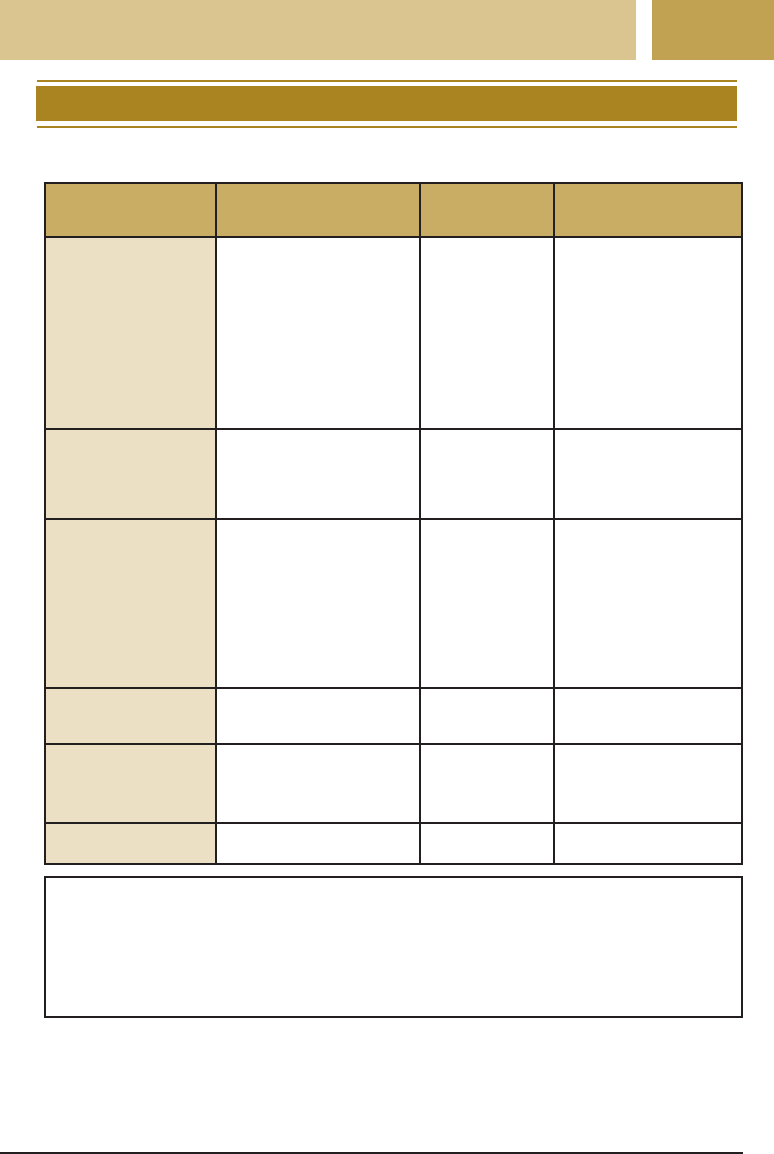
31
2023 Michigan Hunting Regulations Summary
What are the penalties for hunting violations?
Species Fine Jail Revocation of
license
Deer $1,000 per animal +
additional $1,000 if
antlered AND one of
the following:
Eight-10 points -
$500 each point
11+ points - $750
each point
NA Current year +
three years AND if
antlered:
First offense:
additional two years
Second offense:
additional seven
years
Elk and moose $5,000 per animal +
additional if antlered.
See notes 1 and 2.
Five-90 days First offense: 15
years
Second offense: life
Bear $3,500 per animal Five-90 days Current year + three
years
First offense:
additional two years
Second offense:
additional seven
years
Owl, eagle and
hawk
$1,000-$1,500 per
animal
NA NA
Wild turkey $1,000 per animal +
additional $1,000 for
bearded turkey
NA Current year + ve
years
Waterfowl $500 per animal NA NA
Notes
1. Antlered elk: eight-10 points an additional $250 each point, 11+ points an
additional $500 for each point.
2. Antlered moose: an additional $5,000.

EQUIPMENT AND HUNTING RULES
32
2023 Michigan Hunting Regulations Summary
How should I tag my deer, elk or turkey?
Immediately after killing and before eld-dressing or moving a deer, elk or turkey,
you must validate your kill tag and fasten it to the animal. The best way to attach
a kill tag is to lay a strong piece of wire or cord across the back of the kill tag so
the tag can be folded in half and to tape it in place as needed. Tie the wire or
cord to the animal’s antler, lower jaw or lower leg in such a manner that the tag
remains securely attached. Do not stick or wrap the kill tag directly onto an antler
of a deer or to the leg of a turkey. Make sure the kill tag is completely legible
and visible for inspection. The kill tag must remain attached until you process or
butcher the animal or until the animal is accepted for processing and recorded by
a commercial processor or taxidermist. Note: If the antlers or head are returned
to the person submitting the animal to the commercial processor, the kill tag must
accompany the head or antlers.
What are the rules for transporting game?
You may transport your own and another person’s lawfully taken game. You
cannot destroy the identity or evidence of the sex of any bird or animal, except for
processed or butchered deer, bear and elk as noted above.
If you are transporting migratory birds, one fully feathered wing must be left on
the bird. If transporting another person’s migratory birds, they must be tagged
with the person’s name, signature and home address, and the number of birds by
species, dates of kill and hunting license number.
Exception: If you submit the head for bovine tuberculosis or chronic wasting
disease testing, you must have the kill tag and disease tag receipt in your
possession. Nonresidents may need to comply with restrictions in other states for
importing game taken in Michigan.
Are there additional restrictions for transporting deer?
Yes. A deer harvested in Montcalm County in its entirety; Otisco, Orleans, Ronald
or North Plains townships in Ionia County; or Nelson, Spencer, Courtland, Oakeld,
Grattan or Cannon townships in Kent County cannot be possessed or transported
outside of those listed areas, unless:
• The harvested deer is deboned meat, quarters or other parts that do not have
any part of the spinal column or head attached: antlers; antlers attached to a
skull or skull cap cleaned of all brain and muscle tissue; hides; upper canine
teeth; or a nished taxidermist mount.
• OR the deer carcass is taken directly to a registered processor.
• AND/OR the intact deer head detached from the carcass is taken directly to a
licensed taxidermist.

33
2023 Michigan Hunting Regulations Summary
Can I pick up a roadkill deer?
Yes, but you must apply for a permit. You may NOT possess a carcass or parts of
a roadkill deer outside of the county where the deer was killed by collision with
a motor vehicle except for deboned meat, quarters or other parts of the cervid
that do not have any part of the spinal column or head attached: antlers; antlers
attached to the skull or skull cap cleaned of all brain and muscle tissue; hides;
upper canine teeth; or a nished taxidermist mount. This is part of the DNR’s
efforts to respond to and manage chronic wasting disease in the state.
Roadkill salvage permit applications are available at Michigan.gov/RoadKillPermit.
Can I bring my deer, elk or moose back to Michigan from an out-of-state hunt?
You may bring only the following parts from a free-ranging or captive deer, elk,
moose or other cervid hunted within another state or province into Michigan: hides,
deboned meat, quarters or other parts of the cervid that do not have any part of
the spinal column or head attached, nished taxidermy products, cleaned teeth,
or antlers attached to a skull cap cleaned of all brain and muscle tissue. Hunters
bringing an entire head, carcass or other prohibited parts into Michigan will be
subject to penalties such as nes, jail time and revocation of licenses. In addition,
the illegally imported cervid will be conscated.
If you are notied by another state or province that a deer, elk, moose or other
cervid you brought into Michigan tested positive for CWD, you must contact the
DNR Wildlife Disease Lab within two business days (8 a.m. to 5 p.m.) at 517-336-
5030 and provide details. In addition, the U.S. Department of Agriculture may have
regulations on importation from Canada; contact USDA at 301-851-3300.
Can I buy or sell game?
You may not buy or sell game, except as provided by Wildlife Conservation Order
4.3, available at Michigan.gov/DNRLaws.
I process wild game. Do I need a permit?
Commercial meat processors who accept wild game for processing and storage
are required to register with the DNR. Registration is free. To register, please visit
Michigan.gov/WildlifePermits.

EQUIPMENT AND HUNTING RULES
34
2023 Michigan Hunting Regulations Summary
Can I use a dog to hunt for deer or elk?
No, you may not make use of a dog in hunting deer or elk, except that a dog
may be used to locate a down or mortally wounded deer or elk if the dog is kept
on a leash and those in attendance do not possess a rearm, crossbow or bow.
Exception: If accompanied by a licensed dog tracker, a hunter may possess a
rearm, a cocked crossbow or a bow with nocked arrow, only at the time and point
of kill. If the tracking is done at night, articial lights ordinarily carried in the hand
or on the person may be used. A dog that barks while tracking the deer may not
be used on public lands.
What small game species can I hunt with dogs?
You may hunt rabbit, hare, squirrel, pheasant, quail, ruffed grouse, sharp-tailed
grouse, and woodcock with the use of dogs. See the current year Bear Hunting,
Furbearer Harvest, and Waterfowl Regulations Summaries for more information
on other species that can be hunted with dogs.
When can I train my hunting dogs?
Dogs may be trained on game species that can be hunted with dogs from July 8 –
April 15. This is statewide in areas open to hunting or on private land. Some lands
are not open to dog training and are posted that way. The training of hunting dogs
is prohibited at Sleeping Bear Dunes and Pictured Rocks national lakeshores.
During the closed season of April 16 – July 7, dog training is only allowed under
a special permit issued by the DNR Wildlife Division permit specialist. The
only dog training permits issued during the closed season are for fox hound
training in Zone 3 (see page 12) or private-land special dog training areas.
For additional information on dog training or hunting with dogs, please email
[email protected]v. Visit Michigan.gov/WildlifePermits for dog
training information and application forms. See the current-year Black Bear
Hunting Regulations Summary for dog/bear training restrictions. For information
on how to release dogs from traps or snares, go to Michigan.gov/Trapping and
look under “Additional resources.”
Can I track wounded game animals with dogs?
Yes. A dog may be used to locate a down or mortally wounded deer, elk or bear if
the dog is kept on a leash or the tracker can demonstrate control of the dog and
those in attendance do not possess a rearm, crossbow or bow. If accompanied
by a licensed dog tracker, a hunter may possess a rearm, a cocked crossbow
or a bow with nocked arrow, only at the time and point of kill. For dog-tracker
certication requirements, see Wildlife Conservation Order 2.1(a). Articial lights
ordinarily carried in the hand or on the person may be used. Those interested in
becoming a tracker can contact the DNR Law Enforcement Division at 517-284-
6000.

35
2023 Michigan Hunting Regulations Summary
If my hunting dog runs on to private property, can I retrieve it?
Yes, a person not possessing a rearm, unless previously prohibited by the
landowner, may enter on foot upon the property of another person for the sole
purpose of retrieving a hunting dog. The person may not remain on the property
beyond the reasonable time necessary to retrieve the dog.
If I hunt in the Upper Peninsula, should I be concerned about wolves?
Wolves will defend their territories and may attack other wolves, coyotes and
domestic dogs that are in their territory. Wolf attacks on domestic dogs are
relatively rare, with most wolf-dog conicts involving dogs that are trained or used
for bear hunting due to the long distances those dogs travel, noises they make and
distance from humans.
How can I avoid potential problems with wolves and my dogs?
To minimize the conict between wolves and dogs, it is best to avoid areas of
recent wolf activity. Wolves will concentrate much of their activity around the
den and meeting sites. These sites may vary from year to year and can change
throughout the summer. Meeting sites are usually forest openings or edge areas,
and often near water. They can be identied by a concentration of wolf tracks,
droppings and matted vegetation. It is best to do some scouting beforehand and
look for wolf sign before releasing dogs. Be especially vigilant when starting dogs
from a bait site, and make sure wolves have not been using the bait. If wolf sign,
particularly the sign of wolf pups, is evident, move to another area before releasing
dogs. Become familiar with coyote and dog tracks so they can be correctly
distinguished from wolf tracks. Consider adding bells or beepers to dog collars –
this may reduce wolf attacks.
For more information, including locations where hunting dog conicts with wolves
have occurred, visit Michigan.gov/Wolves or contact the DNR Marquette Customer
Service Center at 906-228-6561.
What should I do if I suspect my dog has had a conict with a wolf?
Report all suspected wolf-dog conicts to the DNR immediately to allow a timely
investigation. To report a dog depredation, call the Report All Poaching hotline
at 800-292-7800.
At this time the use of lethal control of wolves in the act of depredation is not
authorized. Because the federal status of wolves has changed, and may continue
to change, please contact a DNR ofce to inquire about current rules regarding
lethal take of wolves if in the act of killing or wounding a dog.

36
2023 Michigan Hunting Regulations Summary
YOUTH AND HUNTERS WITH DISABILITIES
What is the Mentored Youth Hunting Program?
The Mentored Youth Hunting Program allows youth hunters 9 years old and younger
to hunt with a mentor who is at least 21 years old, has hunting experience and
possesses a valid Michigan hunting license other than an apprentice license.
What species can be harvested with a mentored youth hunting license?
The mentored youth license is a “package” license to hunt small game, waterfowl,
turkey (spring and fall) and deer, trap furbearers and sh for all species. It also
allows the mentored youth hunter to apply for or purchase additional licenses
including antlerless deer, bear, elk and fall turkey.
A deer kill tag issued with the mentored youth license is valid for any deer in any
deer management unit, except for units open during an antlerless-only season,
when only an antlerless deer may be taken. Antler point restrictions do not apply.
See Michigan.gov/MentoredHunting for complete rules and restrictions.
• Youth hunters 16 and younger are exempt from antler point restrictions during
all deer seasons, in all regions and for all deer licenses, which also includes the
four-point APR on the restricted tag. A legal buck is one with one antler 3 inches
or longer.
Youth may also fur harvest on public lands and private or Commercial Forest lands.
Youth residents, 8 years old or older, may obtain kill tags for bobcat, otter, marten
or sher. See the current-year Furbearer Harvest Regulations Summary for season
dates and regulations for harvest of these species.
The mentored youth hunting license and kill tags will remain valid for the duration
of the license year, even if the mentored youth turns 10 years old during the year.
What equipment can a mentored youth hunter use?
Youth may hunt using archery, crossbow or rearm equipment. Any hunting device
possessed by a mentored youth must be sized appropriately to t the physical
abilities of the youth.
What equipment can a mentor carry in the eld when mentoring?
The mentor is limited to two hunting devices (shotgun, rie, bow or crossbow) in the
eld while mentoring, and the youth hunter must always be within arm’s length of
the mentor. The mentor will be held responsible for all actions of the youth hunter
while in the eld.
What are the rules for a youth hunter 10-16 years old who has an apprentice
license?
• Those who are NOT hunter safety-certied may hunt as an apprentice hunter.
Apprentice hunters must always hunt with a mentor who is at least 21 years
old, possesses a regular, current-year hunting license for the same game as the
apprentice and is the apprentice’s parent, guardian or someone designated by
the parent or guardian. See page 10.

37
2023 Michigan Hunting Regulations Summary
• Apprentice youth may hunt using archery, crossbow or rearm equipment.
• Apprentice youth may hunt on public lands and private or Commercial Forest
lands for small game, waterfowl, turkey, deer, bear and elk.
• Apprentice youth may also fur harvest on public lands and private or
Commercial Forest lands. Youth residents, 8 years old or older, may obtain kill
tags for bobcat, otter, marten or sher. See the current-year Furbearer Harvest
Regulations Summary for season dates and regulations for harvest of these
species.
• Apprentice hunters are exempt from antler point restrictions during all deer
seasons, in all regions and for all deer licenses, which also includes the four-
point APR on the restricted tag. A legal buck is a deer with one antler 3 inches
or longer.
What are the rules for a youth hunter 10-16 years old who has taken hunter
safety?
Youth 10-16 years old, and who are hunter safety-certied, must be accompanied
by an adult 18 years old or older to hunt, unless:
• The youth is hunting on land where a parent or guardian regularly lives.
• AND the license is not an apprentice license.
Nonresidents up to 16 years old may purchase resident and junior licenses but are
not eligible to obtain kill tags for sher, otter, marten and bobcat.
Youth hunters 16 and younger are exempt from antler point restrictions during all
deer seasons, in all regions and for all deer licenses, which also includes the four-
point APR on the restricted tag. A legal buck is a deer with one antler 3 inches or
longer. NOTE: If the youth turns 17 during the season (or prior to it), he or she must
follow APRs.
When is the youth deer hunt (Liberty Hunt)?
The Liberty Hunt is a rearm deer hunt that will take place on private or public
lands statewide in Michigan open to rearm deer hunting Sept. 9-10, 2023. Youth
16 years old or younger may participate in this hunt in addition to eligible hunters
with disabilities (see page 43). Youth 10-16 years old may hunt with archery
equipment or a crossbow or rearm, regardless of license used. For youth 10-16
years old, valid licenses include a deer, deer combo or antlerless deer license.
Hunters 9 years old and younger must be licensed through the Mentored Youth
Hunting Program and accompanied by a qualied mentor. During this hunt, a deer
or deer combo license may be used for an antlered or antlerless deer. Antler point
restrictions do not apply. A Universal antlerless licenses or deer management
assistance permit may also be used to take antlerless deer only, if issued for the
area/land where hunting. During this hunt you can harvest multiple antlerless
deer (one per kill tag) and only harvest ONE antlered deer. All hunters participating
in this season must wear hunter orange. In areas of the Upper Peninsula where
baiting is LEGAL, youth hunters participating in the Liberty Hunt may bait Sept.
Continued on page 38
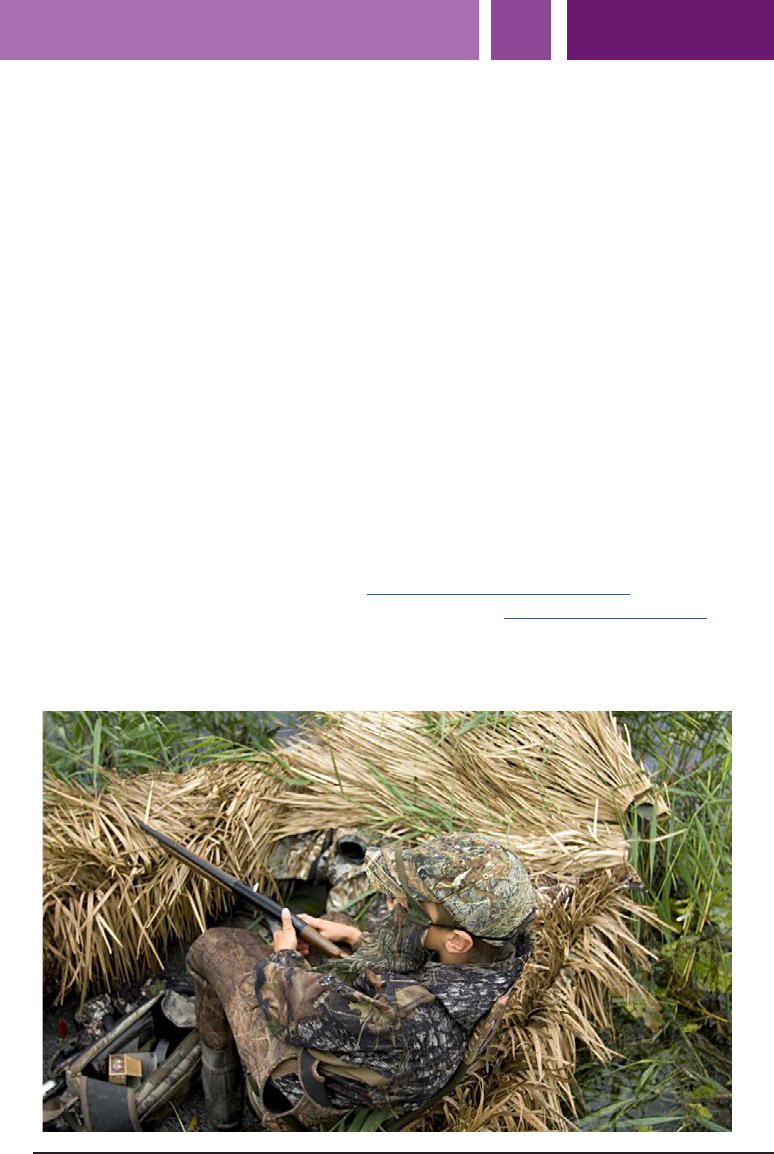
YOUTH AND HUNTERS WITH DISABILITIES
38
2023 Michigan Hunting Regulations Summary
4-10. In the remainder of the state, youth hunters may not use bait during the
Liberty Hunt.
When is the Youth Waterfowl Hunting Weekend?
The Youth Waterfowl Hunting Weekend, statewide for properly licensed youth 16
years old and younger, is Sept. 16-17, 2023. Youth 10-16 years old must have a
junior base license and be accompanied by a parent, guardian or someone 18
years old or older designated by the parent or guardian. Youth hunting with a
junior base apprentice license must be accompanied by an adult 21 years old or
older who possesses a nonapprentice base license and waterfowl license. Youth
under 10 years old must also be accompanied by an adult at least 21 years old,
and the youth and adult must meet all provisions of the Mentored Youth Hunting
Program. Ducks, mergansers, geese, coots and moorhens may be harvested;
accompanying adults are not permitted to harvest these species during the
hunt unless hunting during the September portion of the Canada goose hunting
season. The daily limits and species restrictions are the same as those allowed
in the regular waterfowl hunting season. See the current-year Waterfowl Hunting
Regulations Summary.
Are there special draws for youth at the managed waterfowl areas?
Yes. Several areas offer opening-day afternoon youth hunts, as well as other
youth priority draws during the season. Opening weekend hunts are by
reservation only at several areas. Visit Michigan.gov/WetlandWonders for more
information on managed waterfowl hunting areas, and Michigan.gov/Waterfowl
for more details on waterfowl hunting regulations. Refer to the current-year
Waterfowl Hunting Regulations Summary for youth hunting details, daily shooting
hours, daily limits and species restrictions.

39
2023 Michigan Hunting Regulations Summary
Additional resources for hunters with disabilities are available through Michigan
Operation Freedom Outdoors; visit MIOFO.org for details.
I am a Michigan veteran with a disability. Do I get a discount?
Yes. Michigan resident veterans with a disability are eligible to obtain any hunting
license that does not require a separate application free of charge if at least one
condition listed on page 11 is met. See the License types and fees section.
What is a disability bow permit?
Those with a temporary or permanent disability that affects their ability to use a
conventional bow may apply for a disability bow permit. Disability bow permits are
required for using a crossbow or modied bow during late archery season in the
Upper Peninsula. A physician can automatically certify a hunter as eligible for a
disability bow permit if the hunter has an amputation involving body extremities
required for stable function to use conventional archery equipment or has a spinal
cord injury resulting in permanent disability to the lower extremities, leaving the
applicant permanently nonambulatory, or has a permanent wheelchair restriction.
If none of the above criteria apply, physicians, physical therapists or occupational
therapists can certify hunters who fail a functional draw test that equals 35 pounds
of resistance and involves holding it for four seconds, a manual muscle test
involving the grading of shoulder and elbow exion and extension, or an impaired
range-of-motion test involving the shoulder or elbow. In addition, a physician can
recommend a disability bow permit for other temporary or permanent disabilities,
such as neuromuscular conditions. For more information and an application, call
517-284-6057 or visit Michigan.gov/DNRAccessibility.
Who qualies for a permit to hunt from a standing vehicle?
A person who, due to injury, disease, amputation or paralysis, is permanently
disabled and unable to walk, may apply for a permit to hunt from a standing
vehicle. This permit allows a licensed hunter to hunt, and shoot from, a parked
motor vehicle, off-road vehicle or personal assistive mobility device. Subject to all
other regulations, including buck limits and antler point restrictions, this permit
also entitles the holder to take a deer of either sex under any valid deer license.
Visit Michigan.gov/DNRAccessibility.
• Use of off-road vehicles: Those holding a valid permit to hunt from a standing
vehicle or those hunting with disabilities while using an ORV may display an
orange ag to identify themselves as hunters with disabilities. Hunters with
disabilities hunting on Commercial Forest land must get landowner permission
for motorized access.
Continued on page 42
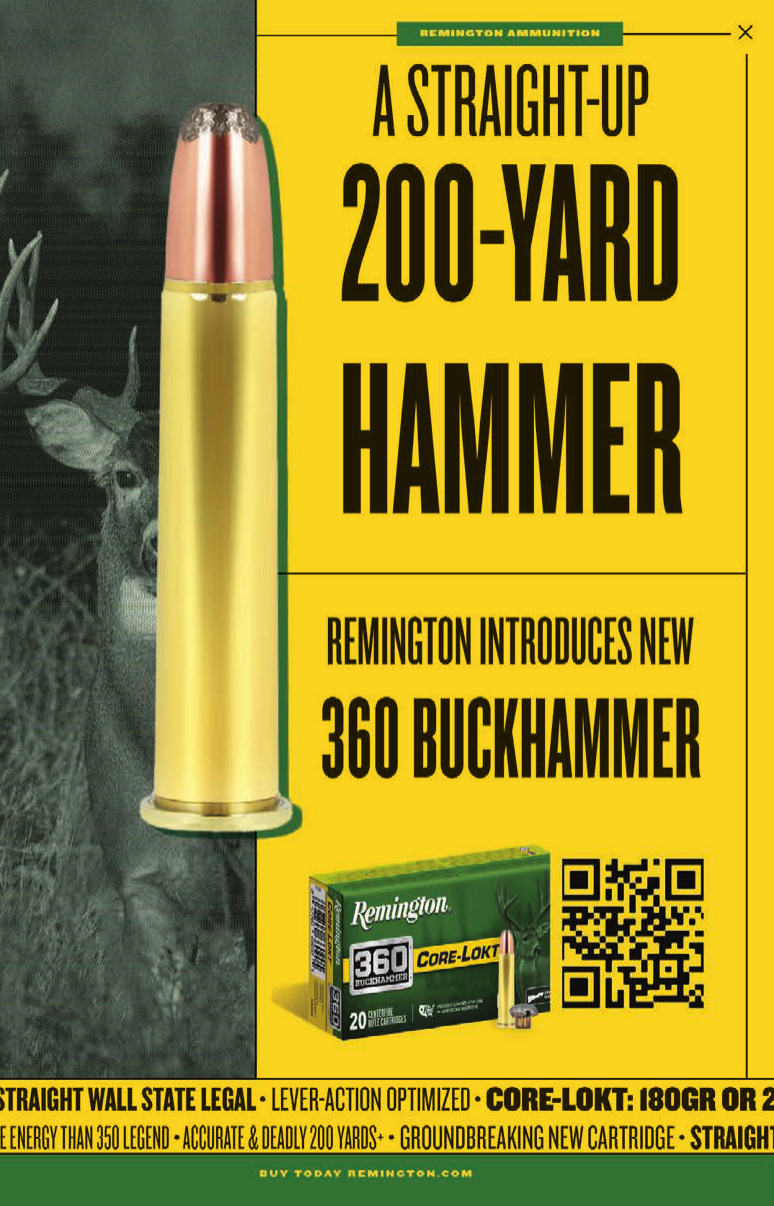
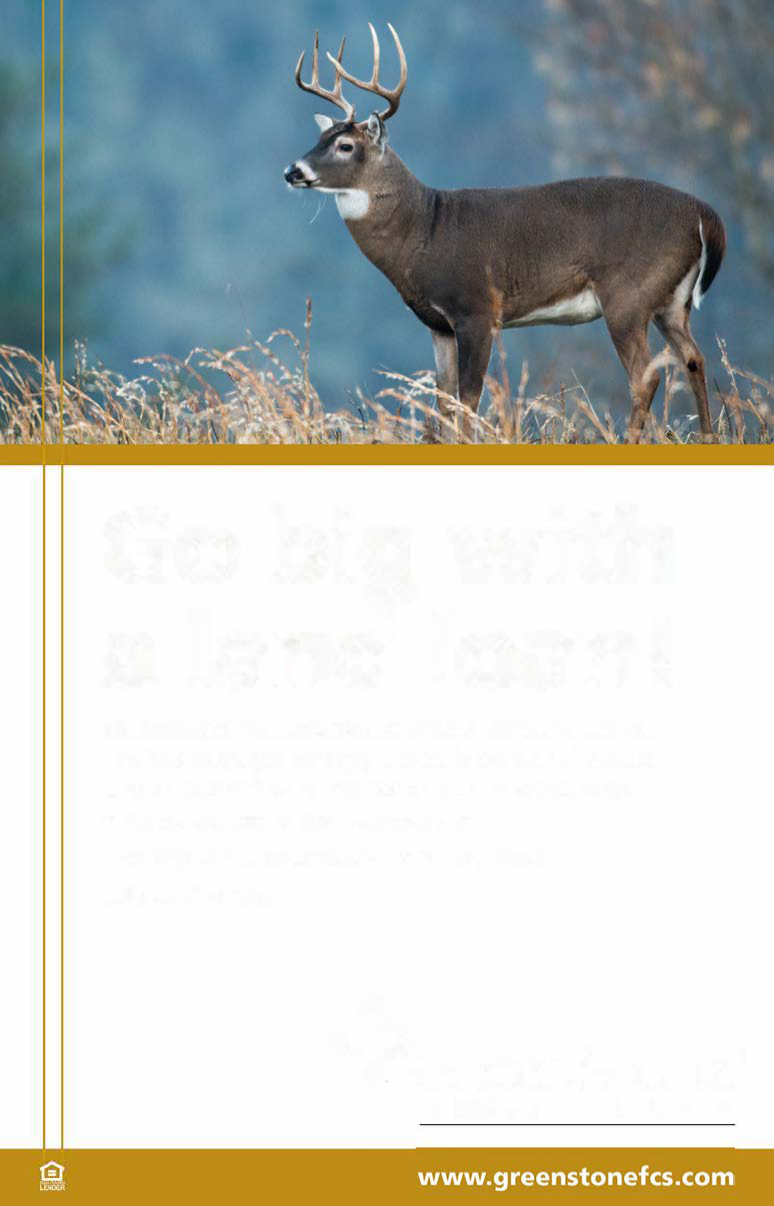
Go big with
a land loan!
800-444-3276
.�
�, GenS
FARM CREDIT SERVICES

YOUTH AND HUNTERS WITH DISABILITIES
42
2023 Michigan Hunting Regulations Summary
• Use of personal assistive mobility devices (PAMD): An individual whose
disability requires use of a wheelchair or PAMD, and who has a valid permit to
hunt from a standing vehicle, may use such equipment anywhere foot travel
is allowed on public land. Areas that prohibit the use of motorized vehicles
are not off-limits to PAMDs. Use caution where the landscape is uneven or
presents other safety concerns.
I am legally blind; can I hunt with a laser-sighting device?
Yes. Legally blind hunters may use laser-sighting devices to take game, subject to
all other regulations, with a rearm or crossbow if all the following conditions are
met:
• The person is accompanied by a sighted person who is at least 18 years old
and possesses proof of a current or previous hunting license (other than an
apprentice license) or proof of successful completion of a hunter safety class.
• The legally blind person possesses the appropriate hunting license and
proof of impairment in the form of a Secretary of State ID card. No permit is
necessary for this accommodation.
Can I get a permit to hunt using a laser-sighting device?
Yes. Hunters with other permanent disabilities may apply to the DNR Law
Enforcement Division for a permit to use a laser-sighting device with a rearm
or crossbow to take game. Subject to all other regulations, a permittee may take
game with the use of a laser-sighting device only if accompanied by a person
who is at least 18 years old and licensed to hunt the same game (other than an
apprentice license). For application information, please call 517-284-6000.
As a hunter with a disability, can I use a ground blind on public land?
Yes. Any person who has been issued a permit to hunt from a standing vehicle, a
permit to hunt with a crossbow, or a Secretary of State disabled person parking
permit, or who meets the disability standards set forth in the Michigan Off-Road
Recreational Vehicle Law, may use a constructed ground blind on public land. A
nondisabled person can assist a hunter with a disability in constructing a legal
blind on public land (see note on page 30 for removal of ground blinds exemption
on local public lands). If the constructed ground blind is left overnight on public
land, the following conditions must be met:
• The blind is placed on public land no earlier than 10 days prior to the hunting
season for which it is used and is removed at the end of the season for which
it is used.
• The hunter with a disability has attached, etched, engraved or painted his or
her name and address, complete Michigan driver’s license number or DNR
Sportcard number on the blind.
• Fasteners, if used to anchor or attach the blind, cannot penetrate the bark of a
tree and must be removed with the blind.
• Branches, limbs, trees or other vegetation are not cut for shooting lanes or to
construct blinds.

43
2023 Michigan Hunting Regulations Summary
What is the Liberty Hunt?
The Liberty Hunt is a rearm deer hunt that takes place Sept. 9-10, 2023,
statewide on private or public lands in Michigan open to rearm deer hunting.
Individuals with qualifying disabilities, as stated below, may participate in this hunt
in addition to youth 16 years old and younger (see page 37).
During this hunt, a deer or deer combo license may be used for an antlered
or antlerless deer. Antler point restrictions do not apply. A Universal antlerless
licenses or deer management assistance permit may also be used to take
antlerless deer only, if issued for the area/land where hunting. During this hunt
you can harvest multiple antlerless deer (one per kill tag) and only harvest ONE
antlered deer. All hunters participating in this season must wear hunter orange.
What are the qualications I must meet to participate in the Liberty Hunt?
To qualify you must t one of the following criteria:
• Be 16 years old or younger.
• Be a veteran who has been determined to have 100% disability, or a resident
rated as individually unemployable by the U.S. Department of Veterans Affairs.
• Have been issued a permit by the DNR to hunt from a standing vehicle.
• Have been issued a permit by the DNR to hunt using a laser-sighting device.
• Be blind. “Blind” means an individual who has a visual acuity of 20/200 or less
in the better eye with correction, or has a limitation of his or her eld of vision
such that the widest diameter of the visual eld subtends an angular distance
not greater than 20 degrees, as determined by the Commission for the Blind.
• Be deaf. An individual is deaf as dened by section 2 of 72 PA 1978,
MCL 408.202. “Deaf person” means a person who is not able to process
information aurally, with or without amplication, and whose primary means of
communication is visual or by receiving spoken language through other sensory
input, including, but not limited to, lipreading, sign language, nger spelling or
reading.
Can I bait during the Liberty Hunt?
Yes, hunters with disabilities who meet the Liberty Hunt qualications may use bait
during the Liberty Hunt. The bait may be any food type. Hunters with disabilities
may begin baiting on Sept. 4 and continue through Sept. 10 for the Liberty
Hunt. All bait must be removed from the bait site by the nal day of the season
(Sept. 10). Bait cannot be left on Commercial Forest lands unless the landowner
gives permission.
Bait volume at any hunting site cannot exceed 2 gallons. Bait dispersal must be
over a minimum 10-foot by 10-foot area. Bait must be scattered directly on the
ground. It can be scattered by any means, including mechanical spin-cast feeders,
provided that the spin-cast feeder does not distribute more than the maximum
volume allowed. For more information on baiting and feeding, see pages 56 and
61-62.

YOUTH AND HUNTERS WITH DISABILITIES
44
2023 Michigan Hunting Regulations Summary
What is the Independence Hunt?
The Independence Hunt is a rearm deer hunt that takes place on private lands,
and some public lands requiring an access permit (contact local ofces to nd out
if they participate), Oct. 19-22, 2023.
During this hunt, a deer or deer combo license may be used for an antlered or
antlerless deer. Antler point restrictions do not apply. An antlerless deer license
or deer management assistance permit may be used to take one antlerless deer
only, if issued for the area/land where hunting. The bag limit for this season is
one deer. All hunters participating in this season must wear hunter orange.
What are the qualications I must meet to participate in the Independence
Hunt?
To qualify, you must t one of the following criteria:
• Be a veteran who has been determined to have 100% disability, or a resident
rated as individually unemployable by the U.S. Department of Veterans Affairs.
• Have been issued a permit by the DNR to hunt from a standing vehicle.
• Have been issued a permit by the DNR to hunt using a laser-sighting device.
• Be blind. “Blind” means an individual who has a visual acuity of 20/200 or
less in the better eye with correction or has a limitation of his or her eld of
vision such that the widest diameter of the visual eld subtends an angular
distance not greater than 20 degrees, as determined by the Commission for
the Blind.
• Be deaf. An individual is deaf as dened by section 2 of 72 PA 1978,
MCL 408.202. “Deaf person” means a person who is not able to process
information aurally, with or without amplication, and whose primary means
of communication is visual or by receiving spoken language through other
sensory input, including, but not limited to, lipreading, sign language, nger
spelling, or reading.
Can I bait during the Independence Hunt?
Yes, hunters with disabilities who meet the requirements listed above may use
bait during the Independence Hunt. The bait may be any food type. Hunters with
disabilities may begin baiting on Oct. 14 and continue through Oct. 22 for the
Independence Hunt. All bait must be removed from the bait site by the nal day of
the season (Oct. 22). Please remember that, although you can place bait ve days
prior to the start of the Independence Hunt, you can only hunt over the bait during
the season, Oct. 19-22. Bait cannot be left on Commercial Forest lands unless the
landowner gives permission.
Bait volume at any hunting site cannot exceed 2 gallons. Bait dispersal must be
over a minimum 10-foot by 10-foot area. Bait must be scattered directly on the
ground. It can be scattered by any means, including mechanical spin-cast feeders,
provided that the spin-cast feeder does not distribute more than the maximum
volume allowed. For more information on baiting and feeding, see pages 56 and
61-62.

45
2023 Michigan Hunting Regulations Summary

46
2023 Michigan Hunting Regulations Summary
WHITE-TAILED DEER HUNTING
Deer seasons Bag limit Area Season dates
(dates listed
may be hunted)
Notes
Deer - Liberty
Hunt
1 per kill tag See pages 37
and 43
Sept. 9-10 See “Youth hunting”
(page 37) and
“Hunters with
disabilities” (page
43)
Deer - early
antlerless
rearm
1 per kill tag See page 52
for open DMUs
Sept. 16-17 Open on private
lands only
Deer -
Independence
Hunt
1 per hunter See page 44 Oct. 19-22 See “Hunters with
disabilities” (page
44)
Deer - archery 1 per kill tag Statewide Oct. 1 – Nov. 14
and
Dec. 1 – Jan. 1
See “Lower
Peninsula” (pages
53-55), and “Upper
Peninsula” (pages
58-59), for antler
point restriction
regulations. For
counties with an
extended archery
season, see page
53.
Deer - regular
rearm
1 per kill tag Statewide Nov. 15-30 See “Lower
Peninsula” (pages
53-55), and “Upper
Peninsula” (pages
58-59), for antler
point restriction
regulations
Deer -
muzzleloader
1 per kill tag Statewide Dec. 1-10 See “Lower
Peninsula” (pages
53-55), and “Upper
Peninsula” (pages
58-59), for antler
point restriction
regulations
Deer - late
antlerless
rearm
1 per kill tag See page
52 for open
DMUs
Dec. 11 – Jan. 1 Open on private
lands only
DMU = deer management unit

47
2023 Michigan Hunting Regulations Summary
You must choose, at the time of purchase, if you want the opportunity to harvest
one or two antlered deer (except DMU 117). If you want to harvest only one
antlered deer, you can purchase a single deer license (one kill tag). If you want
to harvest two antlered deer, you must purchase a deer combo license (two kill
tags). There is a statewide limit of two antlered deer (exception: limit of ONE in
DMU 117).
What kind of deer can I harvest with a deer license?
Residents and nonresidents can purchase a deer license with one kill tag for use
on public and private lands. This kill tag can be used to harvest an antlered deer,
an antlerless deer in the Lower Peninsula OR an antlerless deer during the archery
deer season in specic Upper Peninsula deer management units. You may also
choose to use this kill tag for the early/late antlerless rearm season to take an
antlerless deer. If you purchased a single deer license, you may not purchase a
second single deer license or the deer combo license. To see how these tags can
be used in each deer season, see pages 53-55 and 58-59.
What kind of deer can I harvest with a deer combo license?
Residents and nonresidents can purchase only one deer combo license with two
kill tags (regular and restricted) for use on public and private lands. These kill tags
can be used to harvest an antlered deer, an antlerless deer in the Lower Peninsula
OR an antlerless deer during the archery deer season in specic Upper Peninsula
deer management units. You may also choose to use this kill tag for the early/late
antlerless rearm season to take an antlerless deer. You can use both kill tags in
the rearm seasons, both in archery or one in each season. To see how these tags
can be used in each deer season, see pages 53-55 and 58-59.
What is a universal antlerless deer license?
A universal antlerless deer license entitles residents and nonresidents, to take
an antlerless deer on public or private land in any deer management unit open to
antlerless deer hunting in all deer seasons. No application is needed to purchase
a universal antlerless deer license. Hunters of any age may purchase universal
antlerless deer licenses, including youth hunters licensed under the Mentored
Youth Hunting Program.
In the Upper Peninsula, antlerless deer harvest is restricted in new DMUs 351
and 352 (see page 60). To hunt in these DMUs, you are required to have an
antlerless deer hunting access permit for the DMU you are hunting AND a universal
antlerless deer license. One antlerless deer hunting access permit for the DMU
you are hunting plus one universal antlerless deer license is required for each deer
harvested.

WHITE-TAILED DEER HUNTING
48
2023 Michigan Hunting Regulations Summary
How many universal antlerless deer licenses can I buy?
You may purchase up to a season limit of 10 universal antlerless deer licenses
statewide.
How do I apply for an access permit to hunt antlerless deer in DMU 351 and
DMU 352?
You may apply for one antlerless deer hunting access permit through the drawing
(July 15 – Aug. 15), or wait to purchase a leftover antlerless deer hunting access
permit after the drawing, if available.
See pages 60-61 for antlerless deer hunting access permit and deer hunting
information for the Upper Peninsula.
When can I buy a leftover antlerless deer hunting access permit?
All remaining antlerless deer hunting access permits for the Upper Peninsula
will be sold on a rst-come, rst-served basis beginning Sept. 5 at 10 a.m.
Eastern Daylight Time. There is no guarantee that leftover access permits will be
available. Antlerless deer hunting access permits will be sold until quotas are met
for each DMU. Current leftover license and permit availability may be viewed at
Michigan.gov/Deer.
What is a deer management assistance (DMA) permit?
DMA permits may be used to take antlerless deer only on the property for which
they have been issued and adjacent private property with permission of the
landowner. Deer taken with DMA permits do not count against a hunter’s license
purchase limit. DMA permits are not stand-alone licenses. You must purchase an
appropriate deer license for the season in which you are hunting.
How do I apply for a reserved deer hunt access permit?
A limited number of reserved deer hunting access permits are available by lottery
for the following state and federal public lands. Some hunts are restricted to
hunters with disabilities; verify before you apply. Hunters may apply for a reserved
deer hunting access permit at Michigan.gov/Deer from July 15 – Aug. 15 and will
be selected by random drawing. It costs $5 to apply. NOTE: This application is for
an access permit only; hunters will also need a valid deer license for the season in
which they are hunting. Information on these hunts and how to apply is available
at Michigan.gov/Deer under “Reserved deer hunts.” Contact the local area ofce
for area-specic details.
(DMU 038 and 081) Sharonville State Game Area - 13578 Seymour Road,
Grass Lake, MI 48290; 517-522-4097. All hunts are reserved for hunters with
disabilities.
(DMU 273) Shiawassee National Wildlife Refuge - 6975 Mower Road, Saginaw,
MI 48601; 989-777-5930. General and youth hunts available. Some hunts are
reserved for individuals who are incapable of movement without the use of a
mobility adaptive device.

49
2023 Michigan Hunting Regulations Summary
(DMU 273) Shiawassee River State Game Area - 225 E. Spruce St., St. Charles,
MI 48655; 989-865-6211 or 989-684-9141. General and youth hunts available.
Can I carry a rearm during archery deer season?
During the archery deer seasons, it is unlawful to possess or carry aeld a pistol,
revolver or other rearm while bow hunting for deer. Exception - This prohibition
does not apply to the following:
• An individual who is properly licensed to hunt deer with a rearm and is in an
area open to rearm deer hunting during the early and late antlerless season,
Liberty Hunt, Independence Hunt and the Nov. 15-30 rearm deer hunt.
• An individual who is properly licensed to hunt deer with a rearm and is in an
area open to the muzzleloading deer season in Zone 2 or Zone 3.
• Pistols carried under authority of a concealed pistol license or properly carried
under authority of a specic exception from the requirement of a concealed
pistol license. However, a concealed pistol license does not authorize the
individual to use the pistol to take game except as provided by law.
When is the “quiet period” and what are the restrictions?
The “quiet period” is Nov. 10-14. During this time, it is unlawful to carry aeld
or transport any rie (including rimre) or shotgun if you have buckshot, slug,
ball loads or cut shells. Exception: You may transport a rearm to your deer
camp or to a target range during this period if the rearm is properly transported
(see page 26). You also may target shoot on your own property provided there is no
attempt to take game. Fur harvesters who hold a fur harvester license may carry a
rimre rearm .22-caliber or smaller while actively hunting or checking a trap line
during the open season for hunting or trapping furbearing animals.
Can I use archery equipment during the rearm deer seasons?
Yes. During rearm deer season, you can use archery equipment and must follow
all rearm season regulations, including the hunter orange clothing requirement.
I am hunting during a rearm deer season in the limited rearm deer zone;
which equipment can I use?
In the limited rearm deer zone, all hunters aeld from Nov. 15-30 and all deer
hunters in this zone during other deer seasons must abide by the following rearm
restrictions or use a crossbow or a bow and arrow.
• A shotgun may have a smooth or ried barrel and may be of any gauge.
• A muzzleloading rie or black powder handgun must be loaded with black
powder or a commercially manufactured black powder substitute.
• A conventional (smokeless powder) handgun must be .35-caliber or larger and
loaded with straight-walled cartridges and may be single- or multiple-shot but
cannot exceed a maximum capacity of nine rounds in the barrel and magazine
combined.
Continued on page 50

WHITE-TAILED DEER HUNTING
50
2023 Michigan Hunting Regulations Summary
• A rearm deer hunter may carry aeld a bow and arrow, crossbow and rearm.
Exception: See “Which equipment can I use during the muzzleloading deer
season?” below.
• A .35-caliber or larger rie must be loaded with straight-walled cartridges with
a minimum case length of 1.16 inches and a maximum case length of 1.80
inches.
• A .35-caliber or larger air rie or pistol must be charged only from an external,
high-compression power source.
I am hunting north of the limited rearm deer zone. Which equipment can I
use during rearm season?
Deer may be taken with handguns, ries, crossbows, bows and arrows, shotguns,
and muzzleloading rearms, including black powder handguns. It is legal to hunt
deer north of the limited rearm deer zone with any caliber of rearm except a
.22-caliber or smaller rimre (rie or handgun). During the rearm deer seasons,
a rearm deer hunter may carry aeld a bow and arrow, crossbow and rearm.
Exception: See “Which equipment can I use during the muzzleloading deer
season?” below.
Which equipment can I use during the muzzleloading deer season?
If you are hunting deer with a muzzleloading rearm during the muzzleloading
deer season in Zones 1** and 2, you may only possess, carry aeld or take a
deer with a crossbow, muzzleloading rie, muzzleloading shotgun or black-powder
pistol, loaded with black powder or a commercially manufactured black-powder
substitute.
** In the Upper Peninsula, only certied hunters with a disability may use a
crossbow or a modied bow during the muzzleloading season.
In Zone 3, which equipment can I use during the muzzleloading deer season?
In Zone 3, and Oceana, Newaygo, Mecosta, Muskegon, Isabella, Midland and Bay
counties, you can use all legal rearms. If you are hunting in the limited rearm
deer zone, you must follow equipment requirements for that zone.
Mandatory deer harvest reporting.
Report your deer within 72 hours of harvest or before you transfer possession.
Learn more about deer harvest reporting requirements at Michigan.gov/Deer.
Report your deer harvest at Michigan.gov/DNRHarvestReport.
If you have questions about reporting your harvest or need assistance,
please call 517-284-WILD (9453) or your local DNR Customer Service Center
(see pg 5) during normal business hours.
NOTE: Hunters who wish to submit a deer head for TB or CWD testing must rst
report their harvest. Heads will not be accepted without a harvest report. For
more questions and answers specic to deer harvest reporting see page 74.

51
2023 Michigan Hunting Regulations Summary
Where has chronic wasting disease (CWD) been found in Michigan?
Since the initial nding of CWD on May 20, 2015, free-ranging deer in Clinton,
Dickinson, Eaton, Gratiot, Hillsdale, Ingham, Ionia, Isabella, Jackson, Kent
and Montcalm counties have been positively conrmed with CWD. Please visit
Michigan.gov/CWD for more information on CWD and the latest news and testing
updates. See pages 56-57 and 61-62 for important regulations pertaining to CWD.
Can I get my deer tested for CWD?
CWD testing will be available on a limited basis for areas with active surveillance
goals. Carcasses from deer with CWD-like symptoms will be accepted
statewide, year-round. Please be aware that test results may take at least one
month to receive. Once they are available, testing results will be posted at
Michigan.gov/DNRLab. For all other areas, hunters who wish to have their deer
tested for CWD can submit to partnering U.S. Department of Agriculture-approved
laboratories for a fee. Visit Michigan.gov/CWD and click on “Get my deer tested” for
instructions.
Does the DNR test deer for bovine tuberculosis (TB)?
Yes, the DNR works in partnership with the Michigan Department of Agriculture and
Rural Development and the U.S. Department of Agriculture to establish surveillance
goals in order to detect changes in the occurrence of bovine TB in free-ranging
white-tailed deer. Head submission by hunters is critical to meeting these goals and
managing the disease in deer and cattle. While deer heads are accepted statewide
for TB testing, active surveillance is taking place in Alcona, Alpena, Cheboygan,
Crawford, Iosco, Montmorency, Ogemaw, Oscoda, Otsego, Presque Isle and
Roscommon counties. Testing deer from these counties is critical to meeting our
goals and managing the disease in deer and cattle. If you observe TB-like lesions in
the chest cavity of any deer, the entire carcass should be submitted for testing.
Go to Michigan.gov/DeerCheck to nd check station and drop-box locations and
hours.
To learn more about bovine TB in Michigan, visit Michigan.gov/BovineTB. You may
check your deer or elk TB lab results at Michigan.gov/DNRLab.
What is epizootic hemorrhagic disease (EHD)?
EHD is an acute, infectious, often fatal disease contracted by wild ruminants
but most commonly affecting white-tailed deer. For more information, visit
Michigan.gov/EHD.
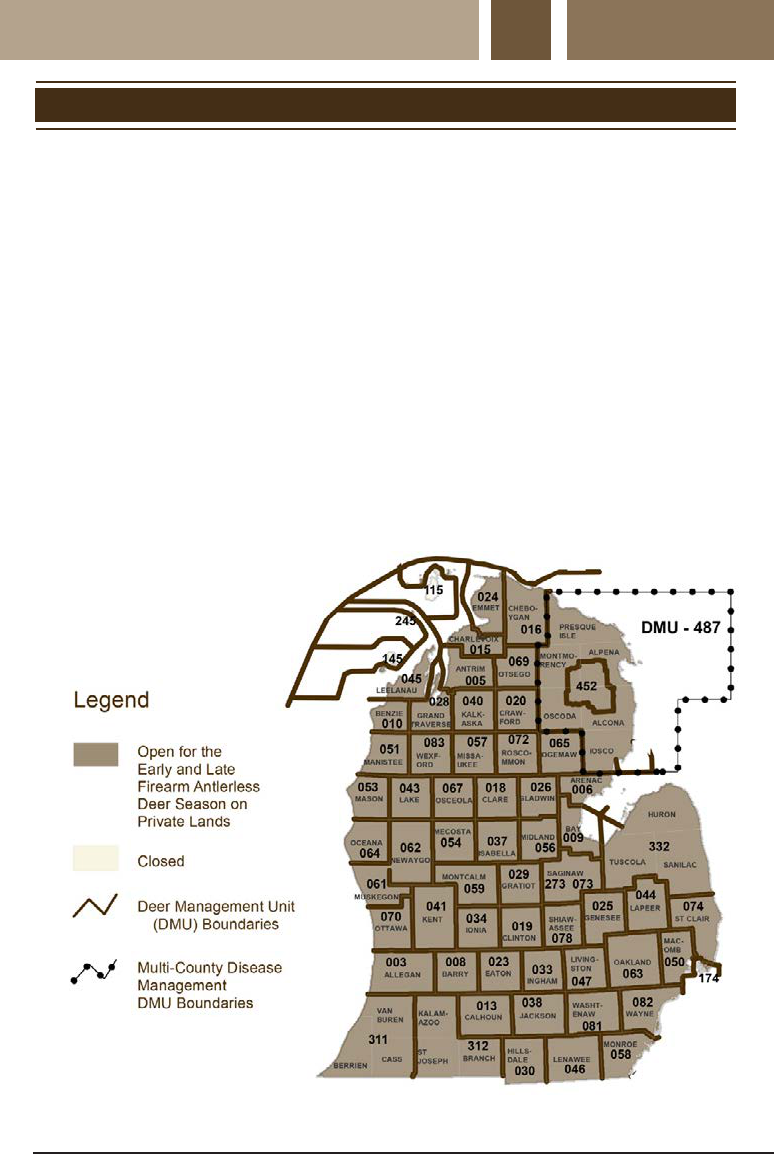
WHITE-TAILED DEER HUNTING
52
2023 Michigan Hunting Regulations Summary
Early and late antlerless rearm season
You may use a universal antlerless deer license or a deer management assistance
permit valid for that parcel. A deer license or deer combo license may also be
used to take antlerless deer only. A deer kill tag issued under the mentored
youth license must be used to harvest an antlerless deer during the antlerless-
only seasons. All hunters are required to wear hunter orange and must have
permission from the landowner or leaseholder before hunting on private land.
Early antlerless rearm season: Sept. 16-17
Open on private lands only.
• All of the Upper Peninsula is CLOSED to the early antlerless rearm season.
Late antlerless rearm season: Dec. 11, 2023 – Jan. 1, 2024
Open on private lands only.
• All of the Upper Peninsula is CLOSED to the late antlerless rearm season.

53
2023 Michigan Hunting Regulations Summary
Is there an extended archery deer season for Macomb, Oakland and Wayne
counties?
Yes, the archery season extends until Jan. 31 for Macomb, Oakland, and Wayne
counties to manage ongoing human-deer conicts. A deer license, deer combo
license or antlerless deer license are valid during the extended season. All rules
and regulations for the archery season apply. See “Deer hunting equipment” on
page 49.
Are there locations that offer special deer hunts?
Yes. They include:
Fort Custer Training Center - Information on hunts sponsored by the training
center can be found at FortCusterHunt.org.
Harsens Island - Contact the St. Clair Flats DNR Wildlife Field Ofce at 3857
Columbine Road, Harsens Island, MI 48028; 810-748-9504.
Nayanquing Point Wildlife Area - Contact the DNR Field Ofce at 1570 Tower
Beach Road, Pinconning, MI 48650; 989-697-5101.
(DMU 145) Fish Point Wildlife Area - Contact the DNR Field Ofce at 7750 Ringle
Road, Unionville, MI 48767; 989-674-2511.
North Manitou Island Hunts – Deer hunt dates are Oct. 29 – Nov. 5. A park
hunting permit is required. For application and hunting information, contact the
park headquarters, Sleeping Bear Dunes National Lakeshore, 9922 Front St.,
Empire, MI 49630; 231-326-4741, or see NPS.gov/SLBE for more information.
(DMU 245) South Fox Island Deer Hunting - You do not need to obtain a special
permit to hunt deer on South Fox Island. The archery season is Oct. 1-28 and
rearm season is Oct. 29 - Nov. 26. Antlered deer must have at least one antler
3 inches or longer. Contact the DNR Cadillac Customer Service Center at 8015
Mackinaw Trail, Cadillac, MI 49601; 231-775-9727.
Lower Peninsula antler point restrictions
Antlered: A deer having at least one antler that extends 3 inches or more above
the skull.
Antlerless: A deer without antlers, or antlers extending less than 3 inches above
the skull.
Antler point restriction (APR): A tool used to protect an age class of bucks from
being harvested in order to graduate them to the next age class by allowing hunters
to harvest only bucks with a certain number of antler points on a side.
APRs vary throughout the state based on the type of deer license and the hunting
location. Use the map and chart on these two pages to nd the APR for your
desired hunt.
1. On the map, page 54, locate the DMU(s) you wish to hunt.
2. Match the color of your desired DMU(s) to the color(s) in the charts on page 55
to see the type of deer you may harvest in each season based on your license.
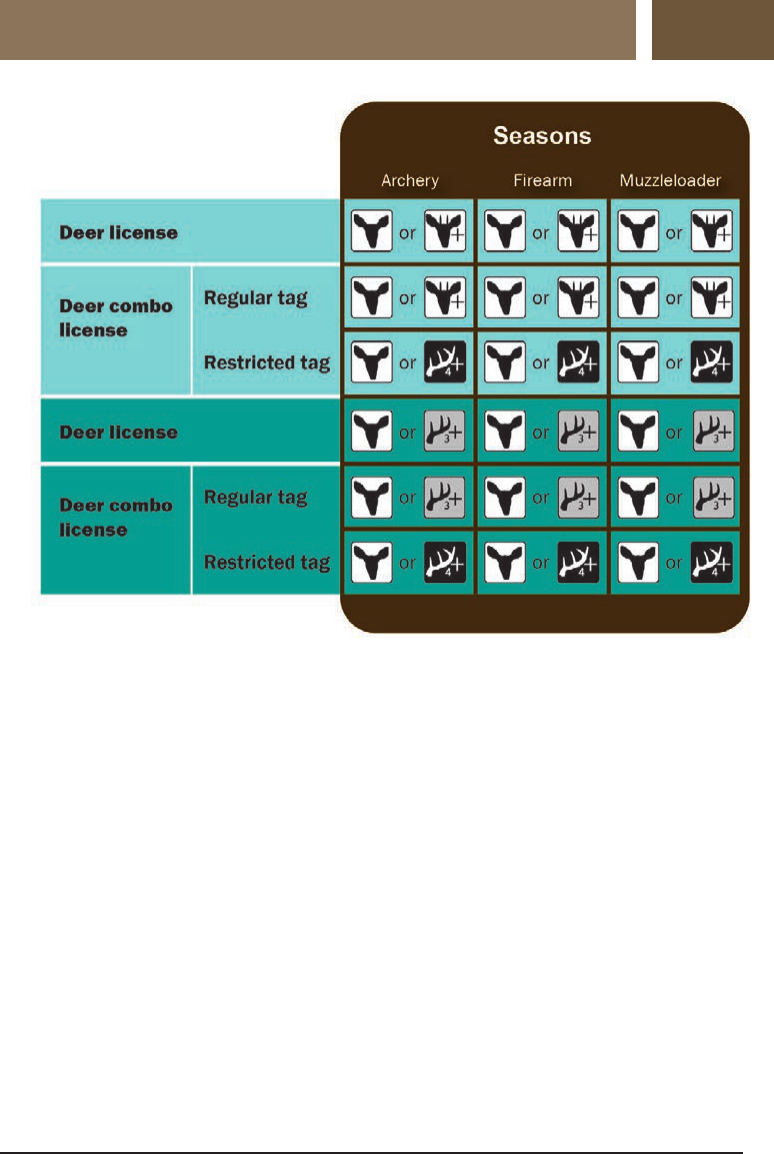
55
2023 Michigan Hunting Regulations Summary
Youth hunters 16 and younger and apprentice license holders are exempt from
antler point restrictions in all seasons, in all deer management units and under
all licenses, which also includes the four-point APR on the restricted tag. A legal
buck is one with one antler 3 inches or longer.
NOTE: If the youth turns 17 during the season (or prior to it), he or she must
follow APRs.

WHITE-TAILED DEER HUNTING
56
2023 Michigan Hunting Regulations Summary
Can I tag an antlerless deer with my deer license or deer combo license?
Yes, antlerless deer may be taken on the deer license or deer combo license
during the archery, rearm and muzzleloader seasons in all Lower Peninsula
deer management units. This is applicable on both public and private lands.
Additionally, antlerless deer may be taken on a deer license or deer combo license
during both the early and late antlerless seasons in the Lower Peninsula.
Can I bait for deer?
No, BAITING AND FEEDING IS BANNED IN THE ENTIRE LOWER PENINSULA. This
includes both public and private lands.
Exception: During the Liberty and Independence hunts only, hunters with
disabilities who meet specic requirements may use bait in areas where baiting is
banned. See the “Hunters with disabilities” section.
Can you dene “bait” and “feed” for me?
Bait means a substance intended for consumption by deer composed of grains,
minerals, salt, fruits, vegetables, hay or any other food materials used as an aid in
hunting.
Feed means a substance composed of grain, mineral, salt, fruit, vegetables, hay or
other food material that may attract deer or elk for any reason other than hunting.
Can I use food-scented oils, wicks or urine-based scents to attract deer?
You can use food-scented materials — whether composed of natural or synthetic
materials — made inaccessible for consumption by deer and placed in a manner
to prohibit physical contact with deer. (Examples: oil-based attractants, scented
wicks, etc.)
Can I possess or use natural cervid urine lures and attractants?
You may not possess or use lures or attractants in an area frequented by game
that contain or claim to contain cervid urine or other bodily uids originating from
cervids, except for products produced by manufacturers that are actively enrolled
and participating in either the ofcial Responsible Hunting Scent Association or
Archery Trade Association Deer Protection Program, which have been tested for
the presence of chronic wasting disease by a qualied laboratory and certied that
no detectable levels of chronic wasting disease are present and are clearly labeled
as such.
Can I plant a food plot to attract deer?
Yes, on private land. You may not construct or maintain a food plot or articial
garden to attract wildlife on public lands. Food plots are naturally occurring foods,
standing agricultural crops or food placed as a result of using normal agricultural
practices and are not considered to be bait or feed.

57
2023 Michigan Hunting Regulations Summary
Are there restrictions for moving my deer after harvest?
Yes, depending on where the deer was harvested. See transportation rules and
additional restrictions for moving deer on pages 32-33 for more information.
Can I bring my deer to a deer check station?
Yes, but check station locations and hours of operation are reduced this year and
into the future as data collection techniques have changed and have become
more efcient than traditional check stations. Drop-box locations and participating
cooperators such as taxidermists and processors are available for hunters wishing
to submit their deer’s head for testing. Visit Michigan.gov/DeerCheck for check
station locations and hours of operation.
Can I get my deer tested for chronic wasting disease (CWD)?
CWD testing will be available on a limited basis for areas with active surveillance
goals. Hunters outside of these areas can submit heads to a participating
U.S. Department of Agriculture-approved lab for a fee. See the “Deer diseases”
section on page 51 or visit Michigan.gov/CWD for more information.
Can I get my deer tested for bovine tuberculosis?
Yes. Head submission by hunters is critical in meeting surveillance quotas and
managing the disease in deer and cattle, and deer are accepted from anywhere
in the state. Hunters are also asked to submit deer carcasses with chest lesions
suspicious for TB from anywhere in the state. While deer heads are accepted
statewide for TB testing, active surveillance is taking place in Alcona, Alpena,
Cheboygan, Crawford, Iosco, Montmorency, Ogemaw, Oscoda, Otsego, Presque Isle
and Roscommon counties.
Go to Michigan.gov/DeerCheck to nd check station and drop-box locations and
hours. To learn more about bovine TB in Michigan, visit Michigan.gov/BovineTB.
Hunters may check their deer or elk TB lab results at Michigan.gov/DNRLab.
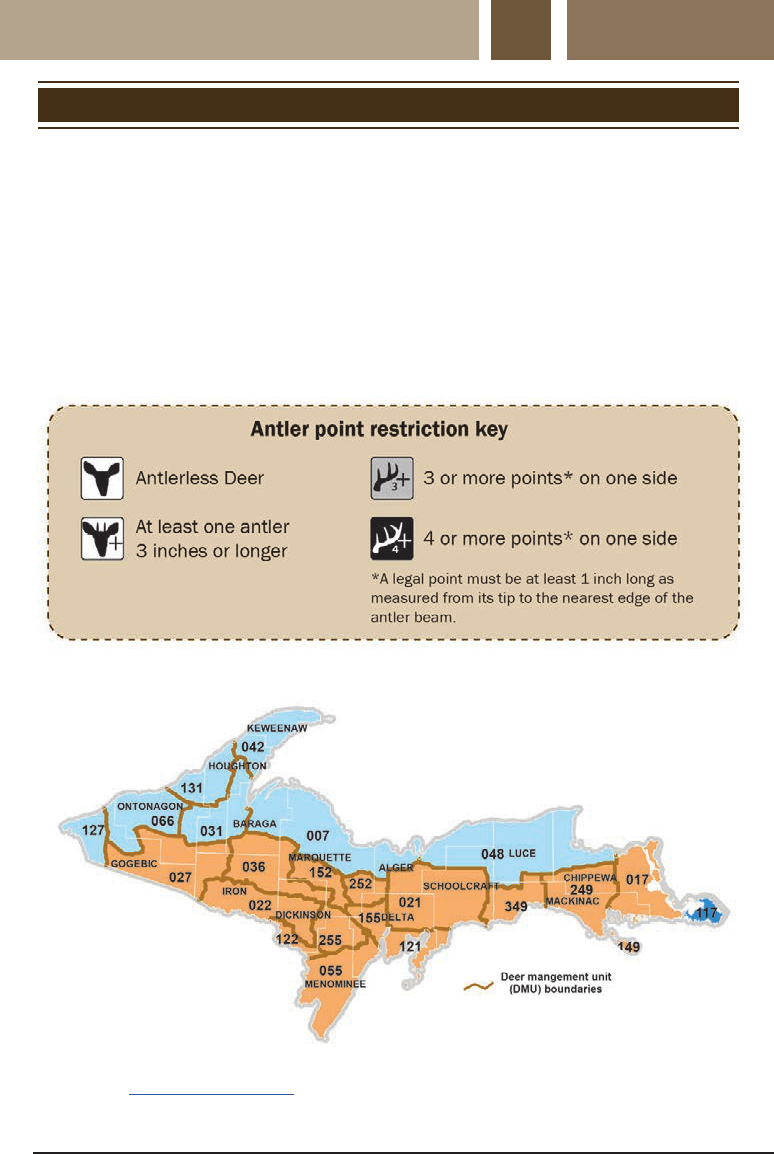
WHITE-TAILED DEER HUNTING
58
2023 Michigan Hunting Regulations Summary
Lower Peninsula APRs,
see pages 53-55.
Visit Michigan.gov/Deer for an interactive map of deer management units.
Antlered: A deer having at least one antler that extends 3 inches or more above
the skull.
Antlerless: A deer without antlers, or antlers extending less than 3 inches above
the skull.
Antler point restriction (APR): A tool used to protect an age class of bucks from
being harvested in order to graduate them to the next age class by only allowing
hunters to harvest bucks with a certain number of antler points on a side.
APRs vary throughout the state based on the type of deer license and the hunting
location. Use the map and chart on these two pages to nd the APR for your
desired hunt.
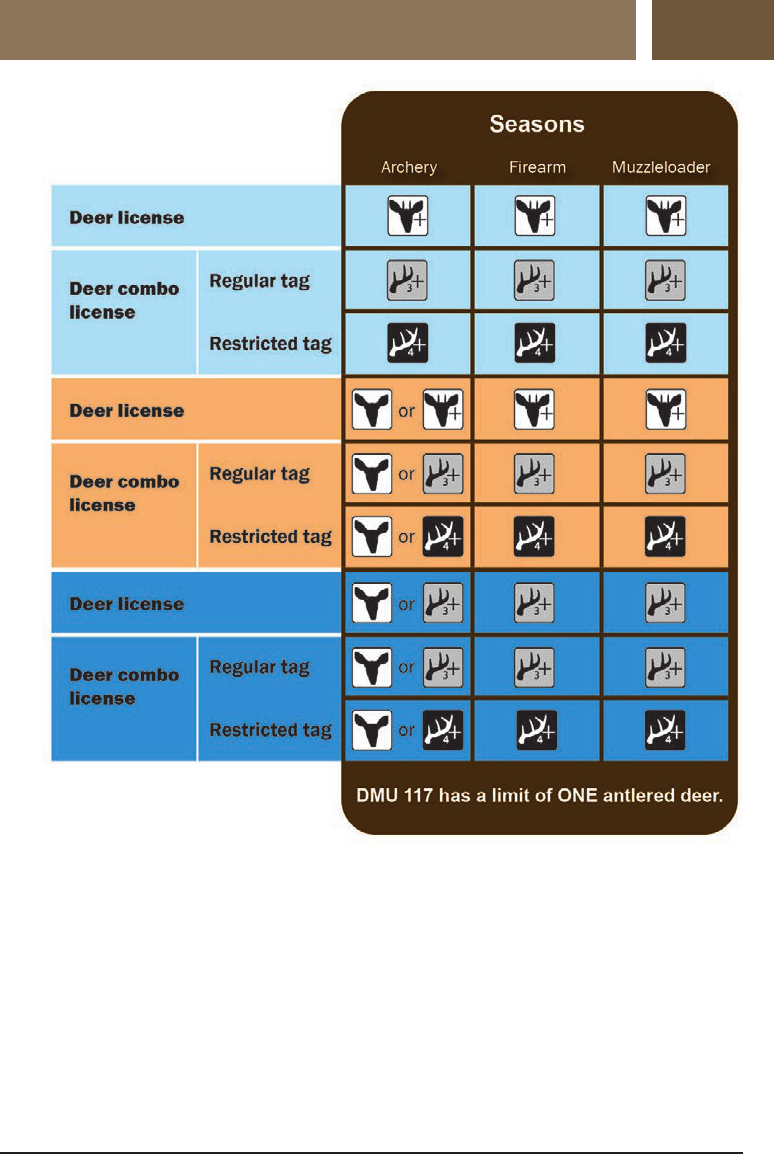
59
2023 Michigan Hunting Regulations Summary
Youth hunters 16 and younger and apprentice license holders are exempt from
antler point restrictions in all seasons, in all deer management units and under
all licenses, which also includes the four-point APR on the restricted tag. A legal
buck is one with one antler 3 inches or longer.
NOTE: If the youth turns 17 during the season (or prior to it), he or she must
follow APRs.
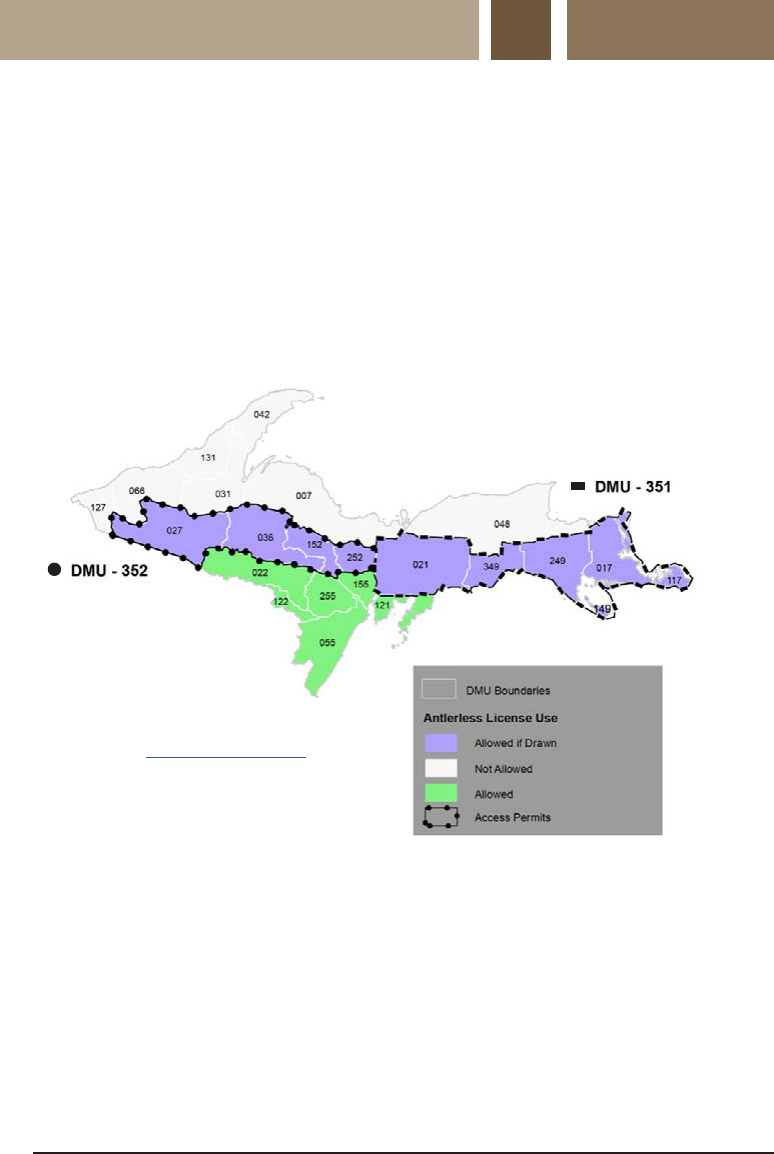
WHITE-TAILED DEER HUNTING
60
2023 Michigan Hunting Regulations Summary
Visit Michigan.gov/Deer for
an interactive map of deer
management units.
Where can I hunt with my antlerless deer license in the Upper Peninsula?
If you are hunting in the Upper Peninsula with a universal antlerless deer license,
you may pursue antlerless deer in the southernmost deer management units:
DMUs 022, 122, 255, 055, 155 and 121 – see map below.
In the Upper Peninsula, antlerless deer harvest is restricted in new deer
management units 351 and 352 (see map below). DMU 351 includes DMUs 021,
349, 249, 149, 017 and 117. DMU 352 includes DMUs 027, 036, 152 and 252.
To hunt in these DMUs, you are required to have an antlerless deer hunting
access permit for the DMU you are hunting AND a universal antlerless deer
license. One antlerless deer hunting access permit for the DMU you are hunting
plus one universal antlerless deer license are required for each deer harvested.
Universal antlerless licenses are valid on public and private lands in all deer
seasons.
How do I apply for an antlerless deer hunting access permit to hunt antlerless
deer in DMU 351 and DMU 352?
A limited number of Upper Peninsula antlerless deer hunting access permits will
be available by drawing. For 2023, DMUs 351 and 352 will each have a quota of
1,000 access permits. Permits are free, but there is a cost of $5 to apply for the
drawing.
You can apply for one antlerless deer hunting access permit from July 15 – Aug.
15, choosing either DMU 351 or 352 (not both) on your application.
Drawing results will be posted Aug. 28.
Any leftover antlerless deer hunting access permits will go on sale Sept. 5 at

61
2023 Michigan Hunting Regulations Summary
10 a.m.on a rst-come, rst-served basis until quotas are met. There is no
guarantee that leftover access permits will be available.
Apply at Michigan.gov/DNRLicenses.
Can I use a crossbow after Nov. 30 in the Upper Peninsula?
No, hunters in the Upper Peninsula may not use a crossbow or a modied bow
during the Dec. 1 - Jan. 1 late archery deer season and December muzzleloader
deer season, unless the hunter is disabled and has a crossbow permit or special
permit to take game with a modied bow. Any licensed hunter may use a crossbow
during the early archery deer season in the Upper Peninsula (Oct. 1 - Nov. 14).
Can I bait for deer in the Upper Peninsula?
Yes. The following baiting regulations apply:
• Baiting may occur only from Sept. 15 - Jan. 1.
• Bait volume at any hunting site cannot exceed 2 gallons. Bait dispersal must be
over a minimum 10-foot by 10-foot area.
• Bait must be scattered directly on the ground. It can be scattered by any means,
including mechanical spin-cast feeders, provided that the spin-cast feeder does
not distribute more than the maximum volume allowed.
• To minimize exposure of deer to diseases that may be present, the DNR
recommends not placing bait or feed repeatedly at the same point on the
ground, and only baiting when actively hunting.
Can I feed deer in the Upper Peninsula?
Yes. You can feed the deer when following the rules for recreational or
supplemental feeding. Please visit Michigan.gov/Deer for feeding regulations
Can you dene “bait” and “feed” for me?
Bait means a substance intended for consumption by deer composed of grains,
minerals, salt, fruits, vegetables, hay or any other food materials used as an aid in
hunting.
Feed means a substance composed of grain, mineral, salt, fruits, vegetables,
hay or other food material that may attract deer or elk for any reason other than
hunting.
Can I use food-scented oils, wicks or urine-based scents to attract deer?
Yes. You can use food-scented materials — whether composed of natural or
synthetic materials — made inaccessible for consumption by deer and placed in
a manner to prohibit physical contact with deer. (Examples: oil-based attractants,
scented wicks, etc.)
Can I possess or use natural cervid urine lures and attractants?
You may not possess or use lures or attractants in an area frequented by game
that contain or claim to contain cervid urine or other bodily uids originating from
cervids, except for products produced by manufacturers that are actively enrolled
and participating in either the ofcial Responsible Hunting Scent Association or

WHITE-TAILED DEER HUNTING
62
2023 Michigan Hunting Regulations Summary
Archery Trade Association Deer Protection Program, which have been tested for
the presence of chronic wasting disease by a qualied laboratory and certied that
no detectable levels of chronic wasting disease are present and are clearly labeled
as such.
Can I plant a food plot to attract deer?
Yes, on private land. You may not construct or maintain a food plot or articial
garden to attract wildlife on public lands. Food plots are naturally occurring foods,
standing agricultural crops or food placed as a result of using normal agricultural
practices and are not considered to be bait or feed.
If I’m hunting in the Upper Peninsula, can I bait for deer? Yes, in the Upper
Peninsula, the following baiting regulations apply:
• Baiting may occur only from Sept. 15 - Jan. 1.
• Bait volume at any hunting site cannot exceed 2 gallons. Bait dispersal must be
over a minimum 10-foot by 10-foot area.
• Bait must be scattered directly on the ground. It can be scattered by any
means, including mechanical spin-cast feeders, provided that the spin-cast
feeder does not distribute more than the maximum volume allowed.
• To minimize exposure of deer to diseases that may be present, the DNR
recommends not placing bait or feed repeatedly at the same point on the
ground, and only baiting when actively hunting.
If I am in the Upper Peninsula, can I feed the deer?
In the rest of the Upper Peninsula, you can feed the deer when following the
rules for recreational or supplemental feeding. Please visit Michigan.gov/Deer for
feeding regulations.
Can I bring my deer to a deer check station?
Yes, but check station locations and hours of operation are reduced this year and
into the future as data collection techniques have changed and have become
more efcient than traditional check stations. Drop-box locations and participating
cooperators such as taxidermists and processors are available for hunters wishing
to submit their deer’s head for testing. Visit Michigan.gov/DeerCheck for check
station locations and hours of operation.
Can I get my deer tested for chronic wasting disease (CWD)?
CWD testing will be available on a limited basis for areas with active surveillance
goals. Hunters outside of these areas can submit heads to a participating
U.S. Department of Agriculture-approved lab for a fee. See the “Deer diseases”
section on page 51 or visit Michigan.gov/CWD for more information.
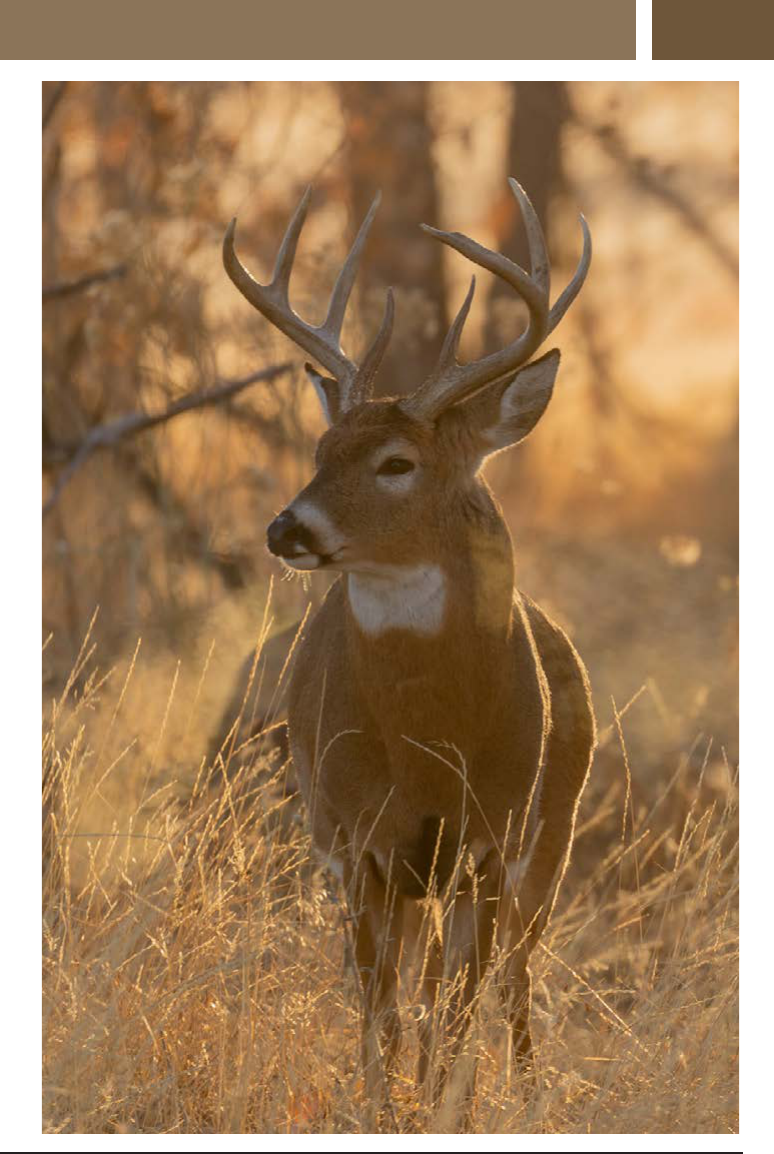
63
2023 Michigan Hunting Regulations Summary

SMALL GAME HUNTING
64
2023 Michigan Hunting Regulations Summary
Species Bag limit Area Season dates
(dates listed
may be hunted)
Notes
Cottontail rabbit
and/or snowshoe
hare
Daily: 5
Possession: 10
Statewide Sept. 15 – March
31
Crow No limit Statewide Aug. 1 – Sept.
30 and Feb. 1 –
March 31
Pheasant (male
only)
Daily: 2
Possession: 4
Zone 1*
Zone 2 and 3
Zone 3**
Oct. 10–31
Oct. 20 – Nov. 14
Dec. 1 – Jan. 1
*Zone 1 – see
page 69
**Zone 3 – see
page 69
Quail Daily: 5
Possession: 10
See page 66 Oct. 20 – Nov. 14 Special rules
for Ionia and
Highland eld
trial areas. See
“State parks and
recreation areas”
on page 18.
Ruffed grouse Daily: 5
Possession: 10
Daily: 3
Possession: 6
Zone 1 and 2
Zone 3
Sept. 15 – Nov.
14 and Dec. 1 –
Jan. 1
Sharp-tailed
grouse
Daily: 2
Possession: 4
Season limit: 6
Zone 1, see page
70
Oct. 10-31
Squirrel, fox
and/or gray
(black phase
included)
Daily: 5
Possession: 10
Statewide Sept. 15 – March
31
Woodcock Daily: 3
Possession: 9
Statewide Sept. 15 – Oct.
29
Shotguns must be
plugged so they
are capable of
holding no more
than three shells.
See page 66 for
stamp and HIP
requirements.

65
2023 Michigan Hunting Regulations Summary
Denitions:
Daily bag limit means the maximum number of game birds or animals of a single
species, or combination of species, permitted to be taken by one person in any one
day during the open season.
Possession limit means the maximum number of game birds or animals of a single
species, or a combination of species, permitted to be possessed by any one person
when lawfully taken in Michigan.
Ground squirrel (includes chipmunk), porcupine, red squirrel and Russian boar may
be hunted and trapped, and feral pigeon, house sparrow, starling and woodchuck
may be hunted, year-round, statewide with a valid base license. For more
information on Russian boar, see page 72. For more information on furbearing
species, see the current-year Furbearer Harvest Regulations Summary.
Cottontail rabbit, fox squirrel, gray squirrel, ground squirrel, red squirrel, and
woodchuck may be taken year-round, using all legal hunting and trapping methods
for those species as permitted by law, on private property without a license or
written permit when doing, or physically present where they could imminently
cause, damage. Damage means physical harm to forest products, roads, dams,
buildings, orchards, apiaries, livestock and horticultural or agricultural crops.
For additional information (including additional trapping methods for small
game species), please see Wildlife Conservation Order section 5.56. For more
information on furbearing species, see the current-year Furbearer Harvest
Regulations Summary
Crow, house sparrow and starling may be taken be taken if doing or about to do
damage to private property or committing or about to commit depredations. A
license or written permit is not needed.

SMALL GAME HUNTING
66
2023 Michigan Hunting Regulations Summary
What species can I hunt with my base license?
A base hunting license entitles you to hunt rabbit, hare, squirrel (fox and gray,
(black phase included), pheasant (a pheasant license may be required; see
page 67), ruffed grouse, sharp-tailed grouse (a free sharp-tailed grouse stamp
is required), woodchuck, woodcock (a free woodcock stamp is required), snipe
(a free HIP endorsement is required), coot (a free HIP endorsement is required),
rail (a free HIP endorsement is required), quail, crow, coyote (see current-year
Furbearer Harvest Regulations Summary) and waterfowl (with a federal waterfowl
stamp and Michigan waterfowl hunting license, if 16 years old or older) during
the open season for each species. A base license is required to hunt small game
on your own enclosed farmlands where you live (see page 65 for damage control
exemptions). Nonresidents may choose to purchase the three-day or seven-day
small game license instead of an annual base license.
Do I need a Michigan waterfowl hunting license?
All waterfowl hunters 16 years old and older must purchase a Michigan waterfowl
hunting license in addition to a valid base license, including those hunting on their
own enclosed farmlands. Purchase of a waterfowl license includes registration
with the federal Migratory Bird Harvest Information Program (HIP). Youth waterfowl
hunters under 16 years old do not need a waterfowl license but must still register
with HIP. For all waterfowl hunting information, see the current-year Waterfowl
Hunting Regulations Summary.
Where can I hunt for quail?
Quail may be hunted in Branch, Calhoun, Clinton, Eaton, Genesee, Gratiot,
Hillsdale, Huron, Ingham, Ionia, Jackson, Kent, Lapeer, Lenawee, Livingston,
Macomb, Monroe, Montcalm, Oakland, Saginaw, St. Clair, St. Joseph, Sanilac,
Shiawassee, Tuscola, Washtenaw and Wayne counties. All other counties are
closed to quail hunting. See the “State parks and recreation areas” section, page
18, for the restrictions at Highland and Ionia recreation areas.
Do I need a woodcock stamp?
Yes, all woodcock hunters must have a valid base license and a free woodcock
stamp, available from all license agents, online at Michigan.gov/DNRLicenses
or on the DNR Hunt Fish app.The woodcock stamp includes registration with the
federal Migratory Bird Harvest Information Program.
What is the HIP endorsement?
The Harvest Information Program (HIP) is a cooperative effort between state
wildlife agencies and the U.S. Fish and Wildlife Service. It was implemented to
improve knowledge about the harvest of migratory game birds. Any person who
hunts migratory game birds in Michigan is required to register with the HIP and

67
2023 Michigan Hunting Regulations Summary
answer several questions about their hunting experience during the previous year.
The HIP provides the USFWS with a national registry of potential migratory bird
hunters from which they could select participants for federal harvest surveys.
Hunters will be asked HIP survey questions about their migratory bird harvest
during the previous year, and the HIP endorsement “Migratory Bird Hunter” will
be printed on their woodcock stamp and waterfowl license. A current-year HIP
endorsement must be carried when hunting migratory birds (woodcock, ducks,
geese, snipe, rails, etc.).
I harvested a migratory bird with a band. Do I report it?
Yes, hunters can promote sound management by promptly reporting all banded
birds harvested, including date and location taken. This information is used to
determine annual survival, migration routes and contribution to the state harvest
from different breeding grounds. To report bands, go online to ReportBand.gov.
Do I need a license to hunt on a game bird hunting preserve?
No, a hunting license is not required to hunt farm-raised game birds on a licensed
game bird hunting preserve. However, to take wild game species on a game bird
hunting preserve, hunters must have all appropriate licenses, including a federal
duck stamp if applicable, and follow state laws governing the hunting of each
species.
Do I need a license to hunt pheasant?
A $25 license is required for all hunters 18 years old and older to hunt pheasants
on any public land in the Lower Peninsula or on lands enrolled in the Hunting
Access Program.
People who do not need a pheasant license:
• Private-land pheasant hunters.
• Hunters on public lands in the Upper Peninsula.
• Lifetime license holders.
• Hunters 17 years old and younger.
• Those only hunting pheasant at a game bird hunting preserve.
The new law, Public Act 262 of 2020, requiring the public-land pheasant hunting
license has a sunset date of Jan. 1, 2026.
Will there be any pheasant releases in 2023?
Yes. This year, pheasants will be released on 13 state game/wildlife areas
throughout southern Michigan. Fall releases will occur from Oct. 20 to Nov. 14th.
Some locations will have additional releases in December.
Locations:
1. Cass City (Tuscola County) – fall and December release.
2. Cornish (Van Buren County) – fall release only.
Continued on page 68
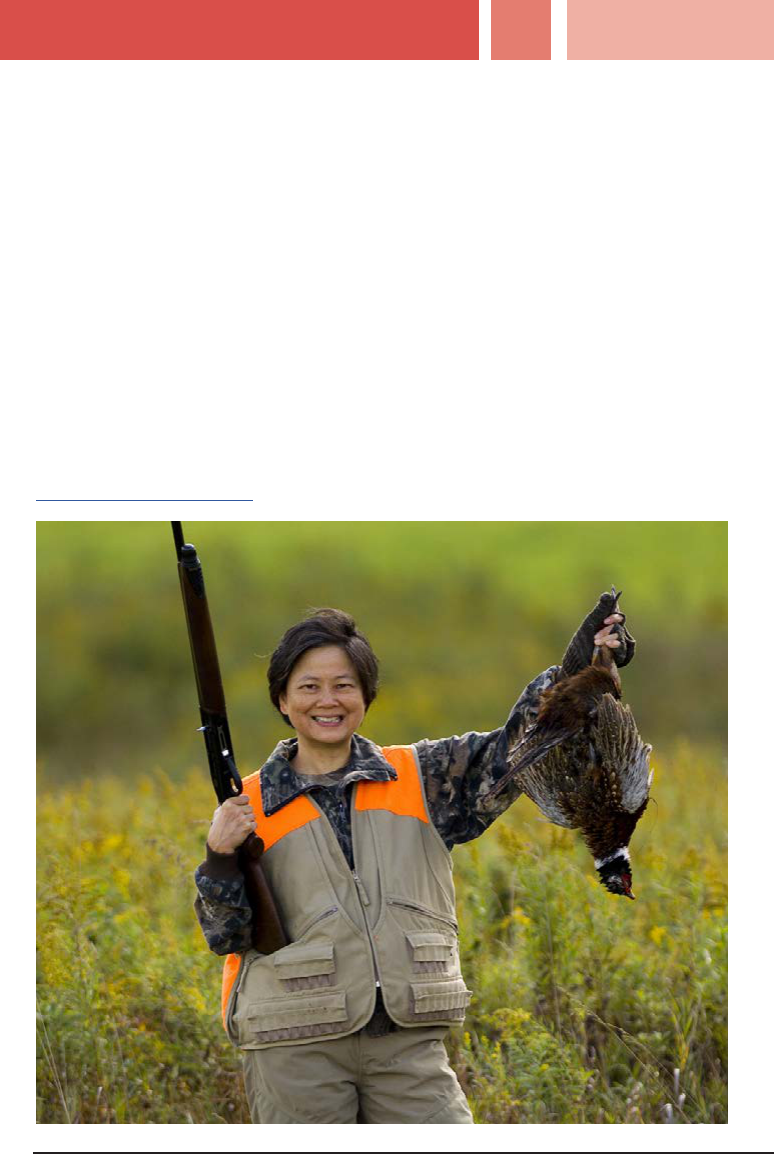
SMALL GAME HUNTING
68
2023 Michigan Hunting Regulations Summary
3. Crane Pond (Cass County) – fall release only.
4. Crow Island (Bay and Saginaw counties) – fall and December release.
5. Dansville (Ingham County) – fall and December release.
6. Erie (Monroe County) – fall and December release.
7. Lapeer (Lapeer County) – fall and December release.
8. Leidy Lake (St. Joseph County) – fall and December release.
9. Pinconning (Bay County) – fall release only.
10. Pte. Mouille (Monroe and Wayne counties) – fall and December release.
11. Rose Lake (Clinton and Shiawassee counties) – fall and December release.
12. Stanton (Montcalm County) – fall and December release.
13. St. Johns Marsh (St. Clair County) – fall and December release.
Will there be any recruitment or “learn to hunt pheasant” events in 2023?
At the time this regulations summary was printed, it was unknown if pheasant
releases for pheasant hunting recruitment activities would be able to occur
in 2023. If available, event dates and registration details will be posted at
Michigan.gov/SmallGame.

69
2023 Michigan Hunting Regulations Summary
OSCEOLA
LAKE
MASON
ISABELLA
MIDLAND
BAY
MANISTEE
WEXFORD
MISSAUKEE
ARENAC
GLADWIN
CLARE
OGEMAW
ROSCOMMON
IOSCO
SAGINAW
SHIAWASSEECLINTON
MECOSTA
OCEANA
MUSKEGON
IONIA
KENT
OTTAWA
NEWAYGO
MONTCALM
GRATIOT
ALLEGAN
VAN BUREN
KALAMAZOO
CALHOUN
JACKSON
BARRY
EATON
INGHAM
LIVINGSTON
GENESEE
LAPEER
TUSCOLA
HURON
SANILAC
ST CLAIR
MACOMB
OAKLAND
WAYNE
WASHTENAW
BERRIEN
CASS
ST JOSEPH
BRANCH
HILLSDALE
LENAWEE
MONROE
131
131
20
20
10
131
Legend
Unit Boundary
Open
Closed - including all
portions of the
State not shown.
Major Roads
Zone 1 (UP) pheasant management unit: Oct. 10-31
December pheasant management unit: Dec. 1- Jan. 1
Where can I hunt for pheasants in Zone 1?
The area open to pheasant hunting Oct. 10-31 in Zone 1 (U.P.) includes all of
Menominee County and portions of Delta, Dickinson, Iron and Marquette counties.
See Michigan.gov/DNRLaws for the complete detailed denition of these and other
unit boundaries.
Where can I hunt for pheasants in Zone 2?
Zones 2 and 3 (the Lower Peninsula) are open to pheasant hunting Oct. 20 - Nov.
14. The area shown below is open to pheasant hunting Dec. 1 - Jan. 1 for the
taking of male pheasants.
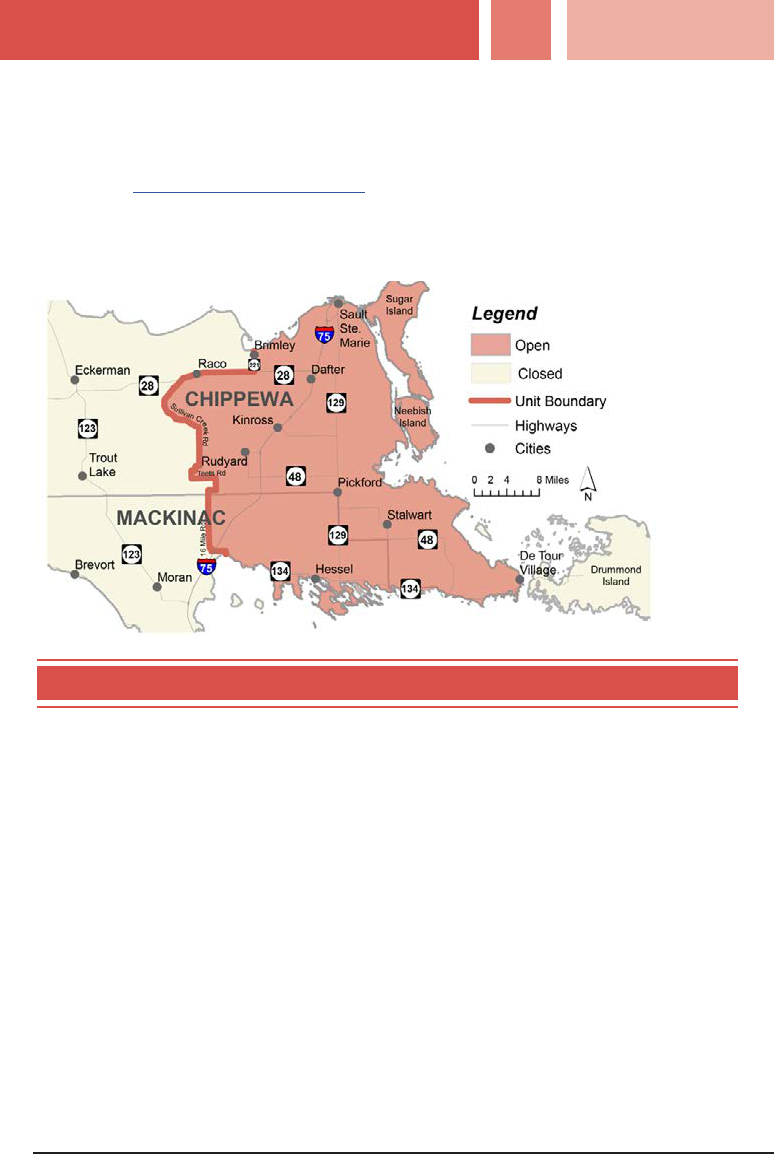
SMALL GAME HUNTING
70
2023 Michigan Hunting Regulations Summary
Where can I hunt for sharp-tailed grouse?
The area open to sharp-tailed grouse hunting Oct. 10-31 in Zone 1 (U.P.) includes
the area shown below. Visit the DNR website for the complete detailed denition of
this boundary. A free sharp-tailed grouse stamp, available from all license agents
or online at Michigan.gov/DNRLicenses, is required in addition to a valid base
license for those hunting sharp-tailed grouse.
Sharp-tailed grouse management unit
Can I hunt for small game during the Nov. 10-14 quiet period?
Yes, small game hunters may carry a shotgun with shotshells but cannot possess
buckshot, slugs, ball loads or cut shells, during this time.
Can I use a slingshot to hunt small game?
Yes, you can use a slingshot for small game hunting.
What is the shell capacity for shotguns when hunting woodcock and other
migratory birds?
All shotguns used for migratory game birds (including woodcock) must be plugged
so the total capacity of the shotgun does not exceed three shells.
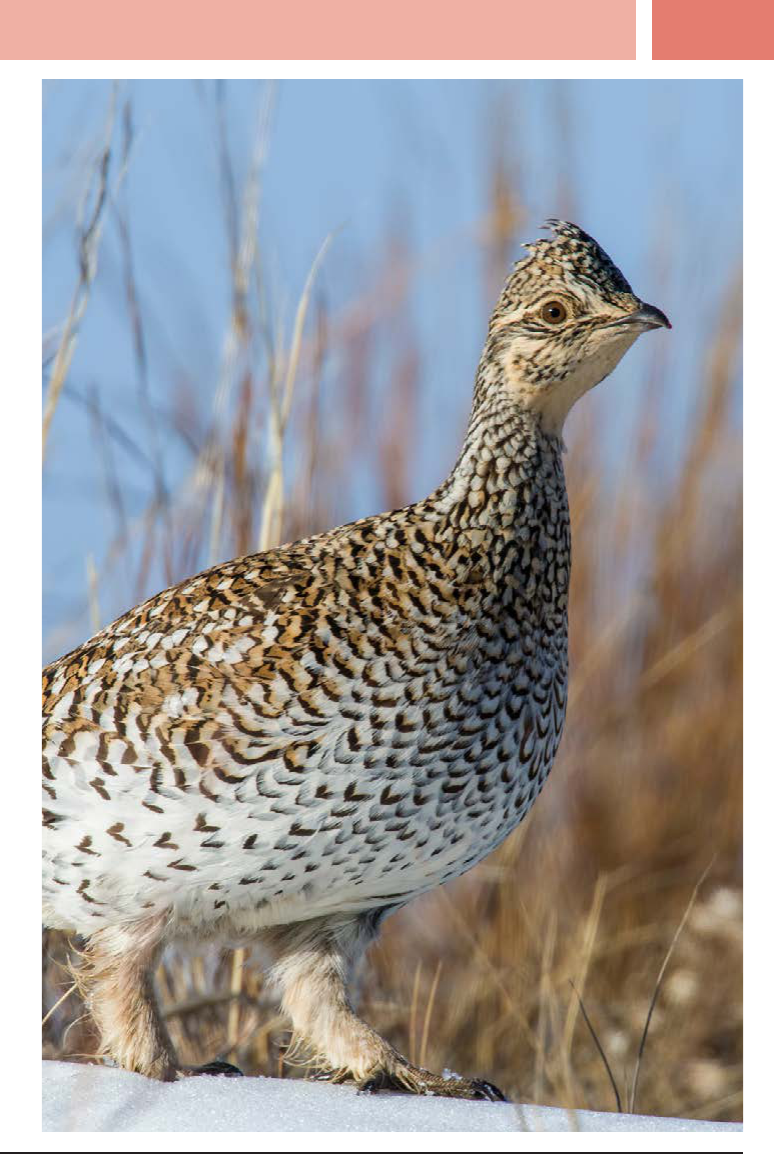
71
2023 Michigan Hunting Regulations Summary

72
2023 Michigan Hunting Regulations Summary
ADDITIONAL INFORMATION
Which wildlife species are protected?
• Eagles, hawks, owls, spotted fawns, spruce grouse, ying squirrels, wolverines,
lynx, moose, cougars, cub bears and sow bears accompanied by cubs may not
be taken at any time. All nongame birds are protected, except starlings, house
sparrows and feral pigeons.
• You may not shoot reptiles, amphibians and songbirds with a rearm (including
spring-, air- or gas-propelled).
• You may not harm or harass a deer, bear or elk when it is swimming in a
stream, river, pond, lake or other body of water.
If I wound or kill an animal, do I have to include it as part of my daily bag?
Yes. You may not kill or wound any game without making a reasonable attempt to
retrieve the animal and include it in the daily bag.
Can I possess a live wild animal?
No, it is unlawful to possess live game or protected animals taken from the wild
except under a permit issued by the DNR. Visit Michigan.gov/WildlifePermits.
Can I bring a live wild animal into Michigan?
No, it is unlawful to bring a live raccoon, skunk, wild rabbit or hare, Russian
boar, wild turkey or wild turkey hybrid or its eggs, or a mute swan or its eggs into
Michigan. It is unlawful to import or possess a threatened or endangered species
without an approved permit from the DNR permit specialist.
Do I need a permit to rehabilitate an injured animal?
Yes, a permit is required to rehabilitate a wild animal in Michigan. It is unlawful
to possess a live bat, bear, skunk, mute swan, Russian boar, moose or elk. For
additional information on regulations regarding the rehabilitation of deer, please
email [email protected]v.
Can I shoot a Russian boar?
Yes, Russian boar can be taken on public land by anyone possessing a valid
hunting license or a concealed pistol license, or on private land with the
landowner’s permission. For more information on how to identify Russian boar
sign, go to Michigan.gov/FeralSwine. Hunters are encouraged to report all Russian
boar seen or taken at Michigan.gov/FeralSwine or by calling 517-284-4725.
Can I shoot a deer with ear tags?
Yes, deer with ear tags may be taken following all applicable deer hunting
regulations. All exotic cervids, including all white cervids, that do not bear visible
identication and are found outside of a fence of a cervidae facility for more than
48 hours may be taken by hunting year-round if the individual has a valid hunting
license. To report escaped cervids, call 517-284-9453.

73
2023 Michigan Hunting Regulations Summary
Can I shoot an albino or piebald deer?
Yes, albino and piebald deer may be taken following all applicable deer hunting
regulations.
What should I do if I see sick wildlife?
Please report any sightings of sick or dead wildlife at Michigan.gov/WildlifeDisease.
Should I be concerned about lead in game meat?
Wildlife shot with bullets or pellets containing lead can have particles of lead
remaining in the meat, some too small to be seen or felt. Lead can be harmful to
humans and wildlife, even in very low amounts. If you have questions about the
health effects of lead exposure from lead shot or lead fragments, call the DNR
Wildlife Disease Lab at 517-336-5030 or nd information at Michigan.gov/WDM.
You may also contact the Michigan Department of Health and Human Services at
1-800-648-9642 or visit Michigan.gov/MDHHS.
Where has dioxin been found in wild game?
Health risk assessors from the DNR and the Michigan Department of Health and
Human Services determined that samples of wild game taken in 2003, 2004
and 2007 from the oodplains of the Tittabawassee River and Saginaw River
downstream of Midland contain high levels of dioxin and dioxin-like compounds in
meats, skin and other consumable portions. Eating deer, turkeys, squirrels, wood
ducks or Canada geese that contain dioxin at these levels could result in adverse
health effects, particularly for children and women of childbearing age. Specic
information can be found at Michigan.gov/Dioxin.
How should I handle and process wild game?
Keep yourself and others healthy by taking care of your harvested meat. The
Michigan Department of Health and Human Services recommends proper food
safety practices when cooking venison, as well as any other meat or poultry.
When eld-dressing deer from DMU 487, remember to wear a mask and gloves
(such as latex gloves) to protect yourself. For more information on venison eld-
dressing, meat preparation and recipes, see the DNR publication “How to Field
Dress a White-Tailed Deer,” available at Michigan.gov/Deer.
Report sh and wildlife observations online at Michigan.gov/EyesInTheField.

DEER HARVEST REPORT FREQUENTLY ASKED QUESTIONS
74
2023 Michigan Hunting Regulations Summary
Once the app is downloaded, and you’ve signed in or
created an account, you can enter the harvest report
information.
Once your harvest report is completed, you will be given a
conrmation number and the option to receive a copy by
email.
What is mandatory harvest reporting and when did it take effect?
Online harvest reporting was a new requirement of every successful deer hunter
to report their deer harvest through our website or mobile app beginning in 2022.
The system will allow us a near real-time estimate of deer harvest as it occurs,
something Michigan has never experienced before.
Why is the Michigan DNR adopting mandatory harvest reporting for deer?
Since the 1950s, we have used mail surveys that were sent to randomly selected
hunters to estimate harvest. Estimates were accurate if the hunters responding
to surveys were representative of all hunters. This assumption generally is easier
to make when most hunters in the sample respond to the survey. Unfortunately,
the proportion of hunters returning mail surveys has declined from an average
of more than 70% in the early 2000s to 33% in 2021. Low response rates can
lead to inaccurate estimates. Because declining response rates are not likely to
reverse, another approach to estimating harvest was needed.
Who is required to report their deer harvest?
All successful deer hunters with a state issued deer license, including those
with Deer Management Assistance Permits will be required to report their deer
harvest.
How do I report my harvest?
Report through eLicense
Visit Michigan.gov/DNRHarvestReport on a computer or mobile device to go
directly to the reporting page. Enter your kill tag license number and date of birth
to begin the report.
If you don’t have your hunting license/kill tag number, you can log in to eLicense
(using your driver’s license and birthdate, or user ID and password) then click on
the Harvest Report tab to see the tags available to report. If you don’t already
have an account, you will have the chance to create one to enter your report.
Report using the new Michigan DNR Hunt Fish App
The Michigan DNR Hunt Fish app is available in the app stores:
Scan Here To Download the App

75
2023 Michigan Hunting Regulations Summary
Do I still need to tag my deer?
You must continue to attach a DNR-issued kill tag to a harvested deer. The kill
tag should remain with the head if the head and body of the deer are separated.
Anyone in possession of a deer after the harvest reporting timeframe expires
should be able to present the conrmation number.
What if I need help reporting my harvest?
The reporting system allows for a family member, friend or hunting buddy to easily
report a harvest for you.
If you have questions about reporting your harvest or need assistance, please call
517-284-WILD (9453) or your local DNR Customer Service Center (see pg 5) during
normal business hours.
You can also Email: dnr-wildlif[email protected].
Is there a penalty for not reporting your deer harvest?
Yes. The penalty for failing to report a deer harvest or retention of a deer harvest
conrmation number is a civil infraction including a civil ne of not more than
$150.
What documentation is required when transferring possession of a harvested
deer?
The successful hunter is required to report their harvest before transferring
possession of their animal (e.g., before taking it to a processor or giving the
animal to a friend or taxidermist). When transferring the possession of a harvested
deer, the hunter should provide the harvest conrmation to the person accepting
the animal. The person that accepts the animal should record the conrmation
number. This conrmation number is proof that the hunter has legally reported
their harvest.
Do I still have to report my deer if I process it myself?
Yes. Even if you process the deer yourself, it still needs to be properly tagged and
reported via the harvest reporting system.
What information is collected on the harvest report?
All successful hunters will be asked to report the unique kill tag license number
that was attached to the deer, the hunter’s date of birth, the township (selected
from map grid), the type of deer harvested (fawn/antlered/adult doe), number of
antler points (if a buck), and date of kill. In addition, some hunters will be asked an
additional management-related question such as what type of hunting device was
used to take their deer. Most hunters should be able to complete the process in
about three minutes.
Will the public be able to see the location where a hunter harvested their deer?
Please provide a complete and accurate report of your harvest. Data that identies
you or the specic location of your harvest will not be disclosed except where
specically required by law. The DNR will utilize harvest data to better understand
deer populations and hunter activities for management purposes.

DEER HARVEST REPORT FREQUENTLY ASKED QUESTIONS
76
2023 Michigan Hunting Regulations Summary
Will the public be able to get harvest data faster than in the past?
The system will provide real-time summaries of the number and types of deer
harvested by county and management units.
How will hunters show proof of reporting their harvest?
After a hunter has successfully reported their harvested animal, the hunter will
be issued a harvest conrmation number. This conrmation number will serve as
proof that the hunter has legally reported their harvest.
How will a conservation ofcer know if a deer has been reported or if a
conrmation number is real?
By linking every harvested deer to a unique kill tag license number, the
department can track all harvested deer reported by a hunter and investigate
potential problems. Conservation ofcers can verify the conrmation number
through their laptop computer or mobile device app.
Does a hunter have to have the deer with them when they report their harvest?
A hunter does not have to be in immediate physical possession of the deer when
they report their harvest, but it may be helpful to answer some of the questions,
like how many antler points is on the left beam of the animal you harvested.
Hunters will have to report their harvest before giving their deer to a processor or
taxidermist.
Will there still be deer check stations?
Check stations have long since provided sites to understand the age of deer being
harvested, as well as sites for collecting disease samples for bovine tuberculosis
(bTB) and chronic wasting disease (CWD). However, they’ve never been integral for
estimating season-long deer harvest.
While check stations won’t go away completely, there will be fewer of them. These
locations will primarily serve as disease sample submission sites for bTB and
CWD.
Is there still a way for hunters to submit deer for disease testing?
Our new reporting system should make it easier for hunters to understand if they
are in a location where the department is looking for volunteers to submit their
deer for testing. If a hunter indicates they are in one of the disease surveillance
zones, they will see a message on the harvest report conrmation page asking
them to submit their deer head for testing, along with locations of where they can
submit their deer head or sample for testing.
Check stations will be focused in places where we need to gather physical
samples for disease testing. This allows us to maximize our use of staff resources
for disease surveillance purposes. Harvested animal must be reported using
harvest reporting system. Hunters will continue to have the opportunity to submit
samples to MSU and WI labs directly for a fee.
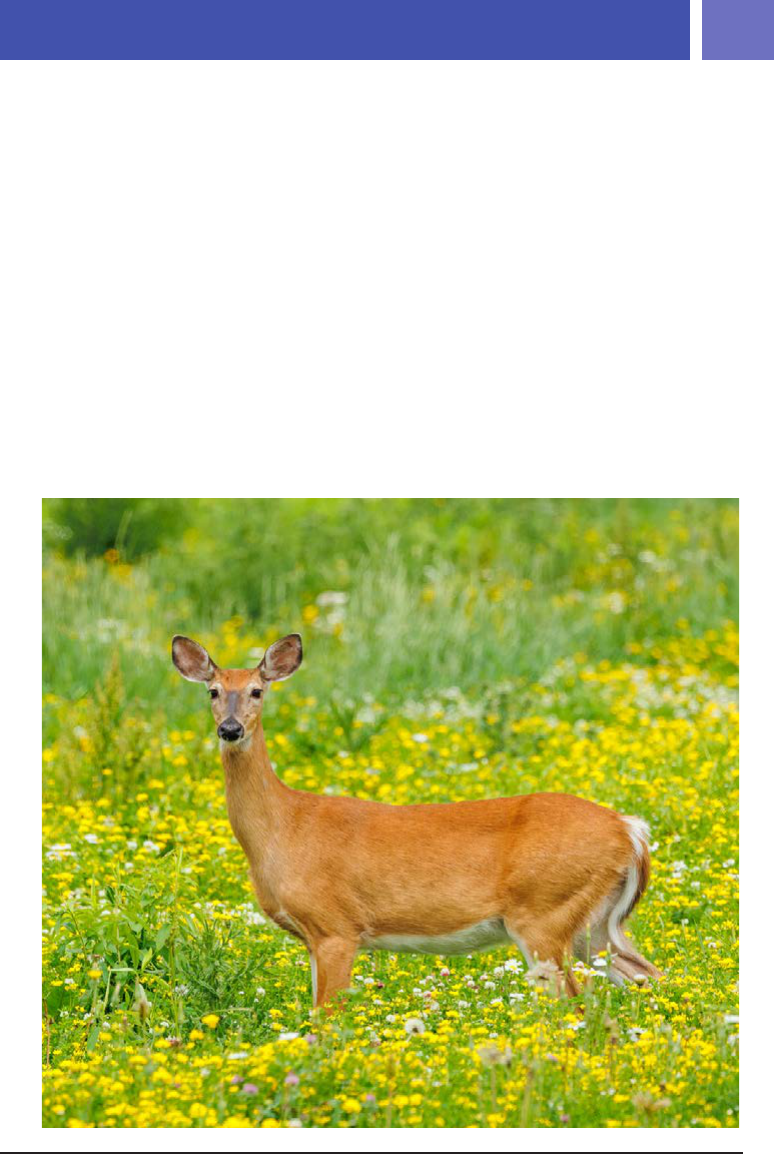
77
2023 Michigan Hunting Regulations Summary
Are there other states that use this system or is Michigan the rst?
Michigan has had a long history of estimating deer harvests through a post-season
harvest survey, so we are actually one of the later states to adopt this technology.
With declining response rates for our deer harvest surveys, it makes sense to
switch to a new way to collect deer harvest data.
Why do you need to know the location of my harvest?
Providing the location of harvest on a map allows the DNR to improve deer
management in two important ways. First, the DNR will nally have a way to look at
deer harvest patterns in relation to habitat features on the landscape independent
of county or deer management unit boundaries. Second, the location you provide
will be precise enough to support important deer disease surveillance efforts.
Is the DNR getting rid of its traditional deer harvest survey?
The DNR will continue to do its traditional post-season deer harvest survey for
a few years so we can compare harvest estimates from both the old and new
systems, but eventually the traditional mail survey will be reduced in scale and
frequency.
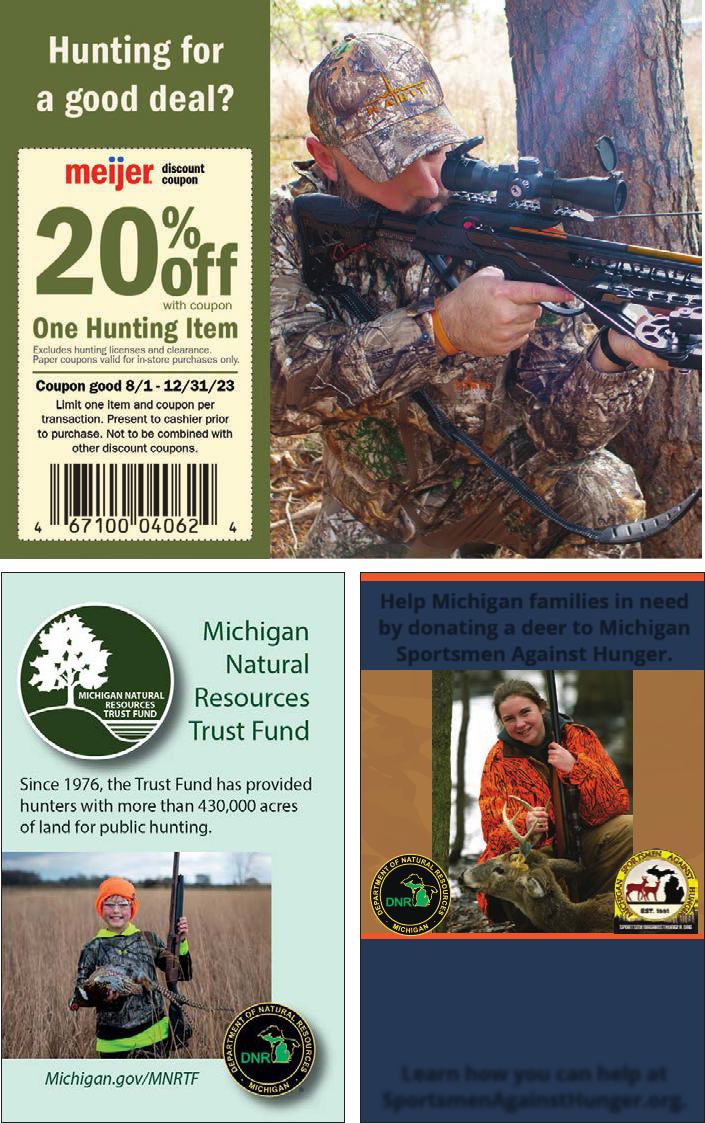
Help Michigan families in need
by donating a deer to Michigan
Sportsmen Against Hunger.
Each deer provides more than
125 meals to families in your
community, and nancial
donations help cover the cost
of processing.
Learn how you can help at
SportsmenAgainstHunger.org.
